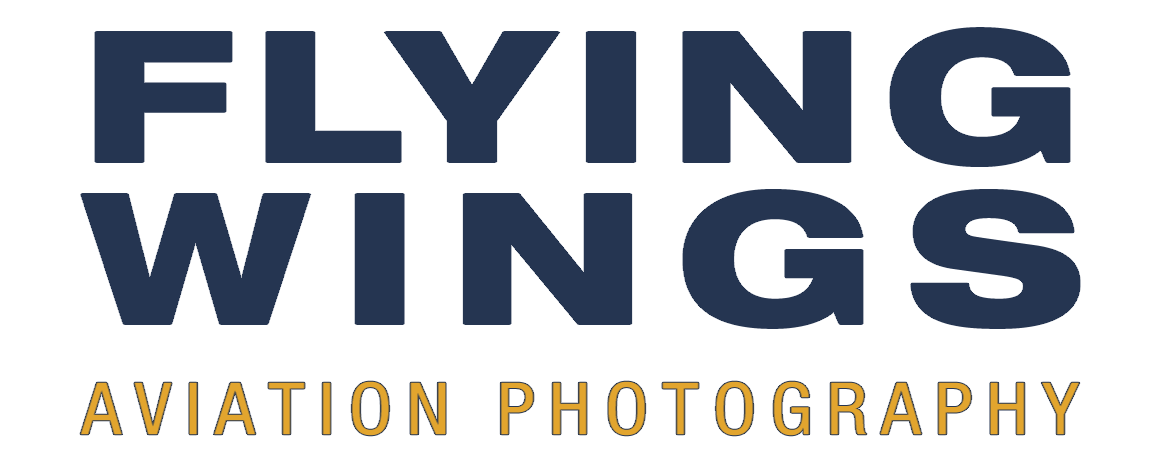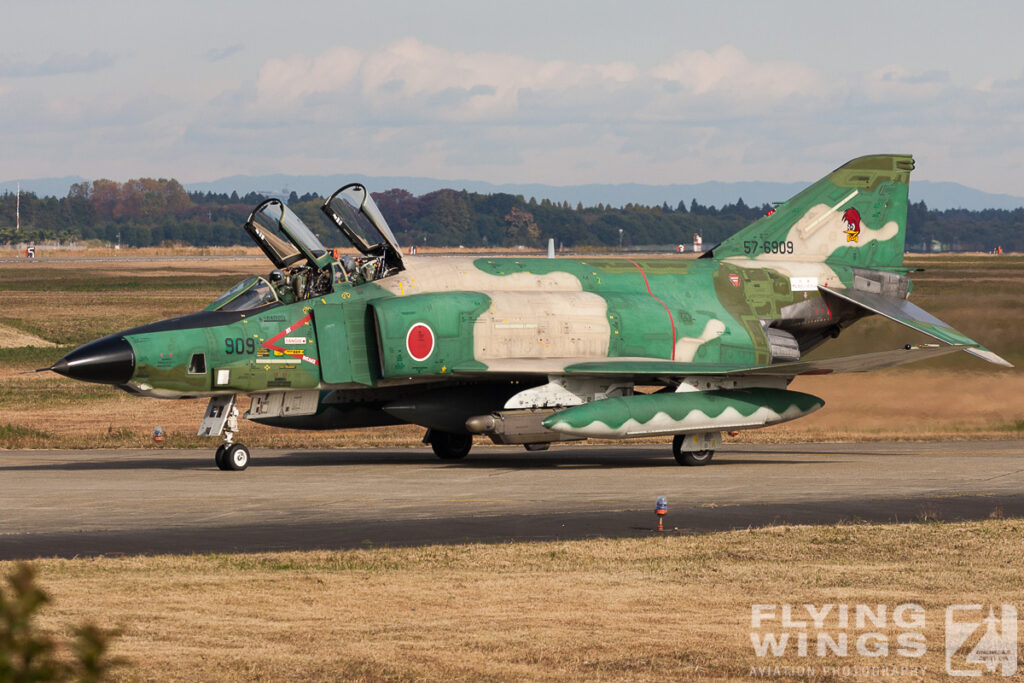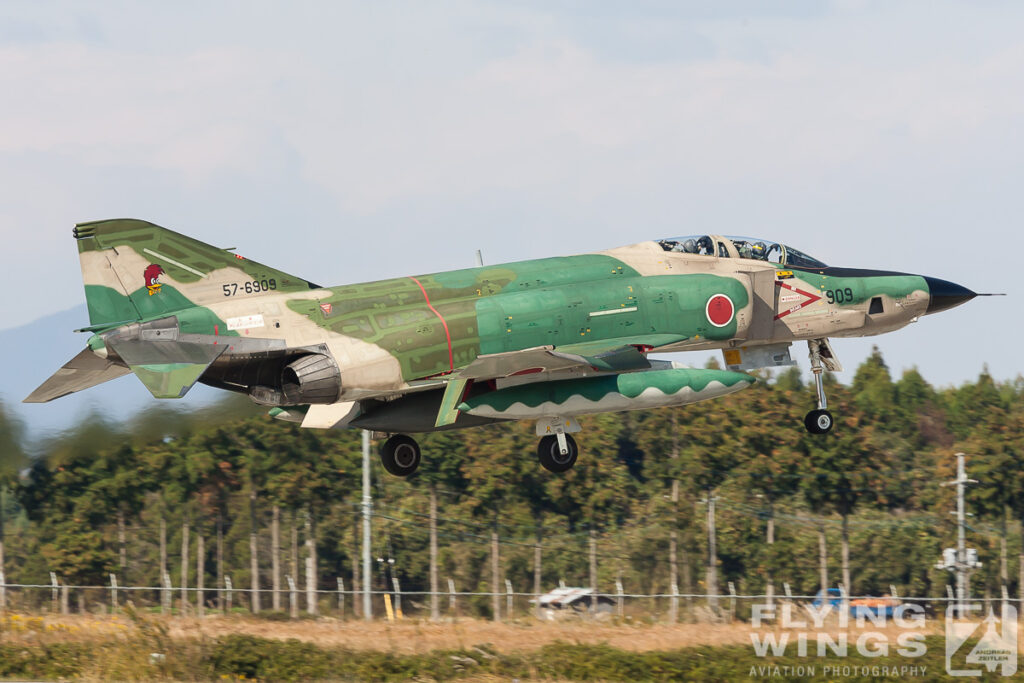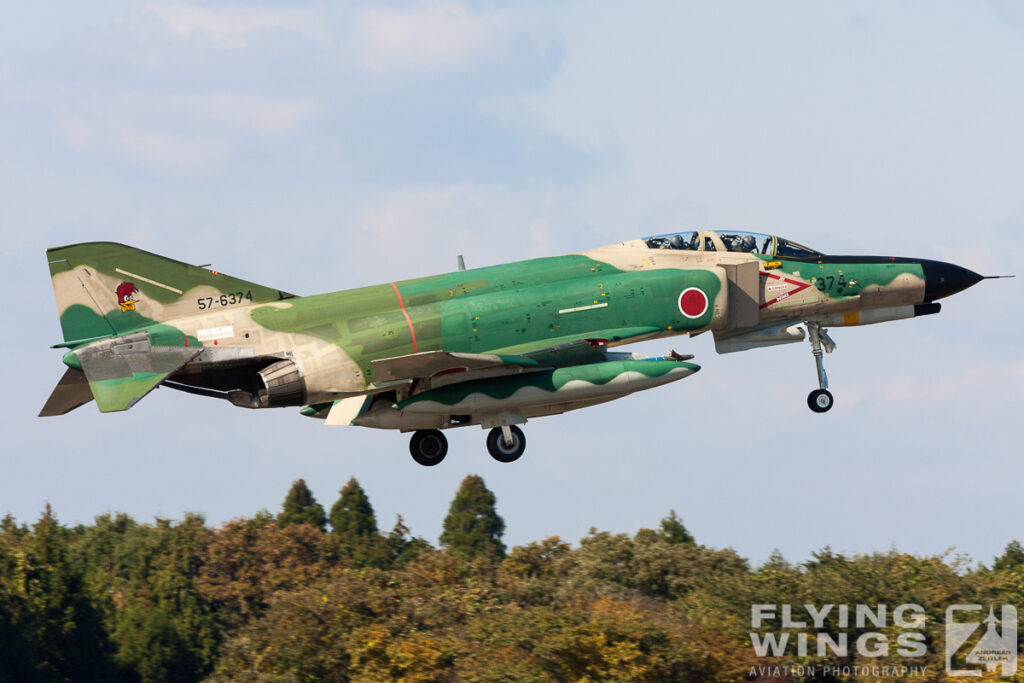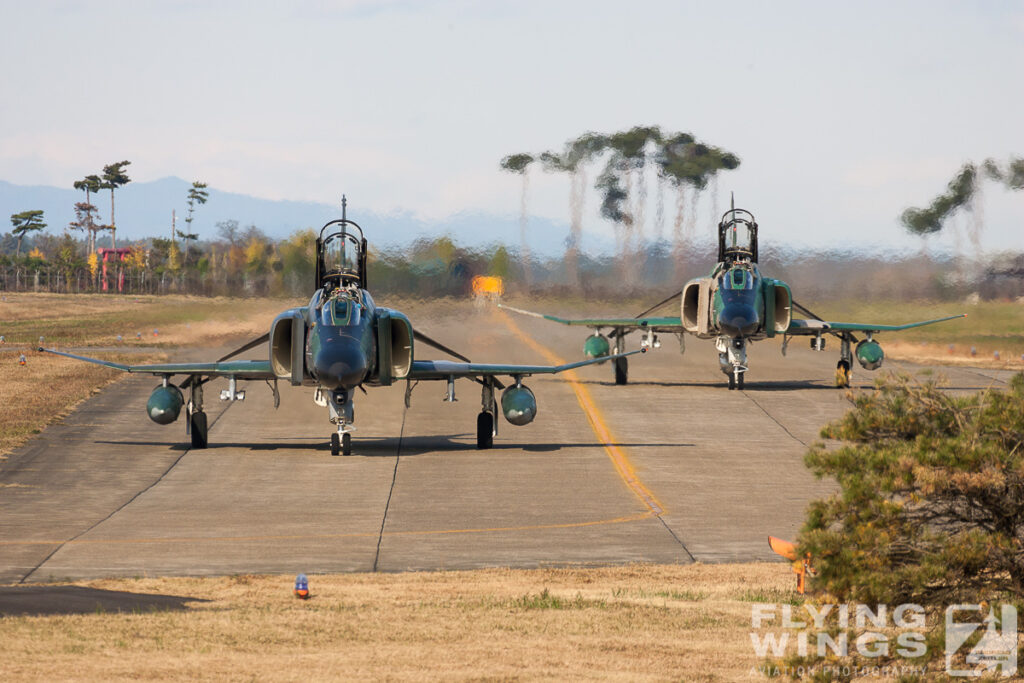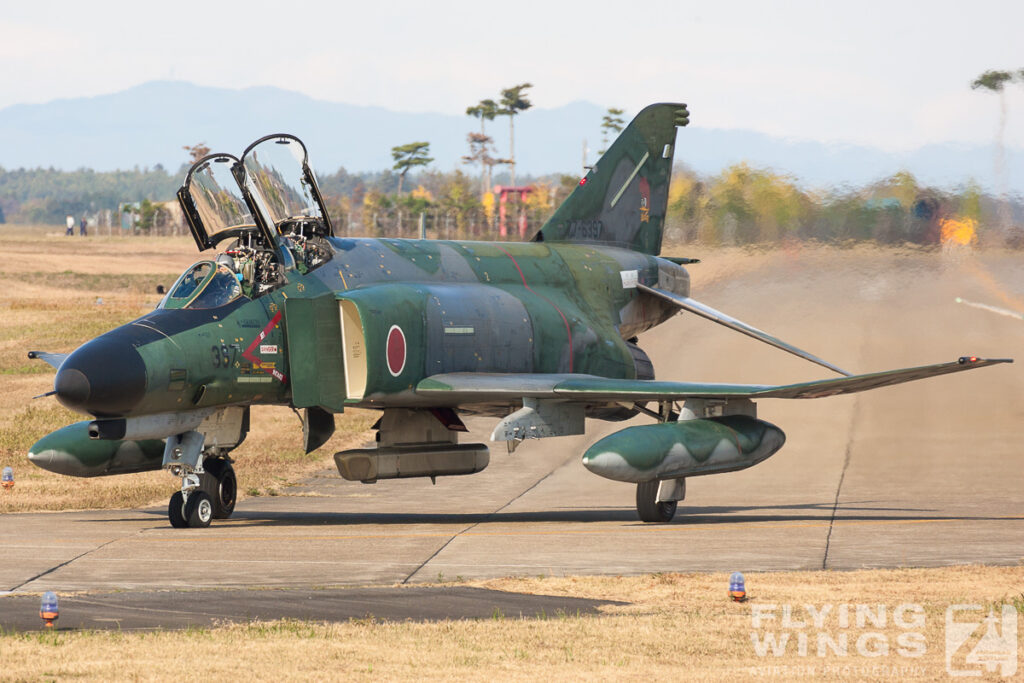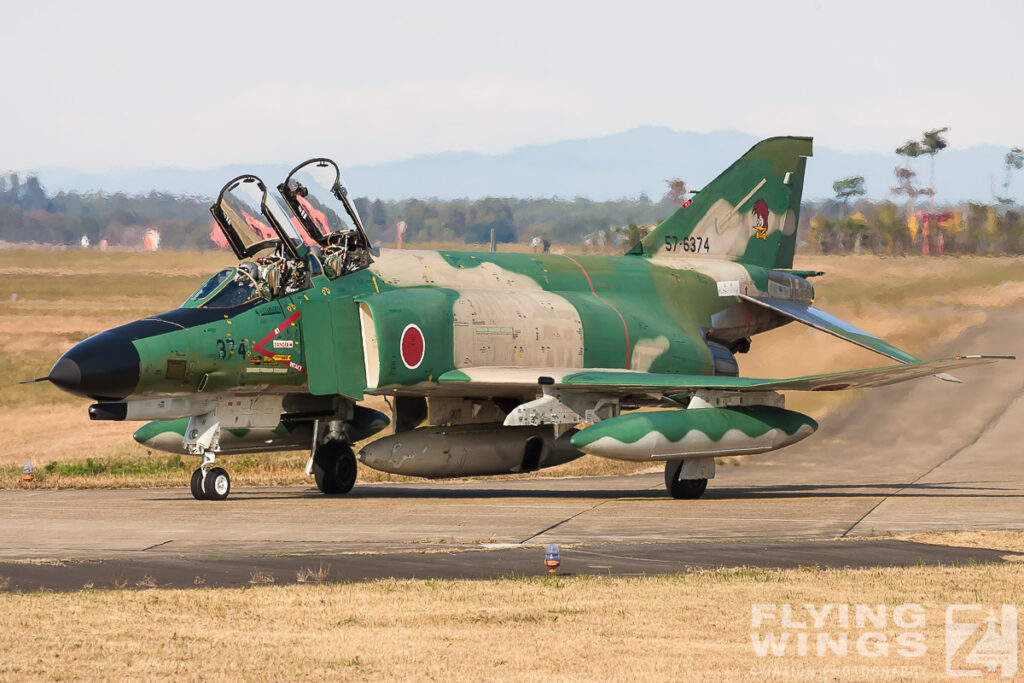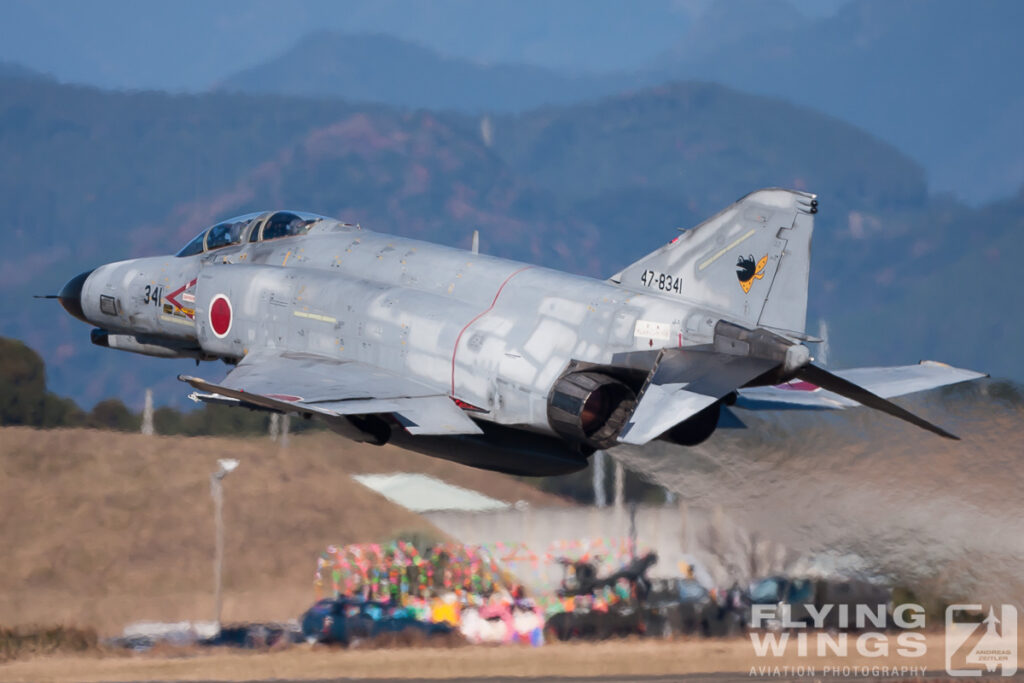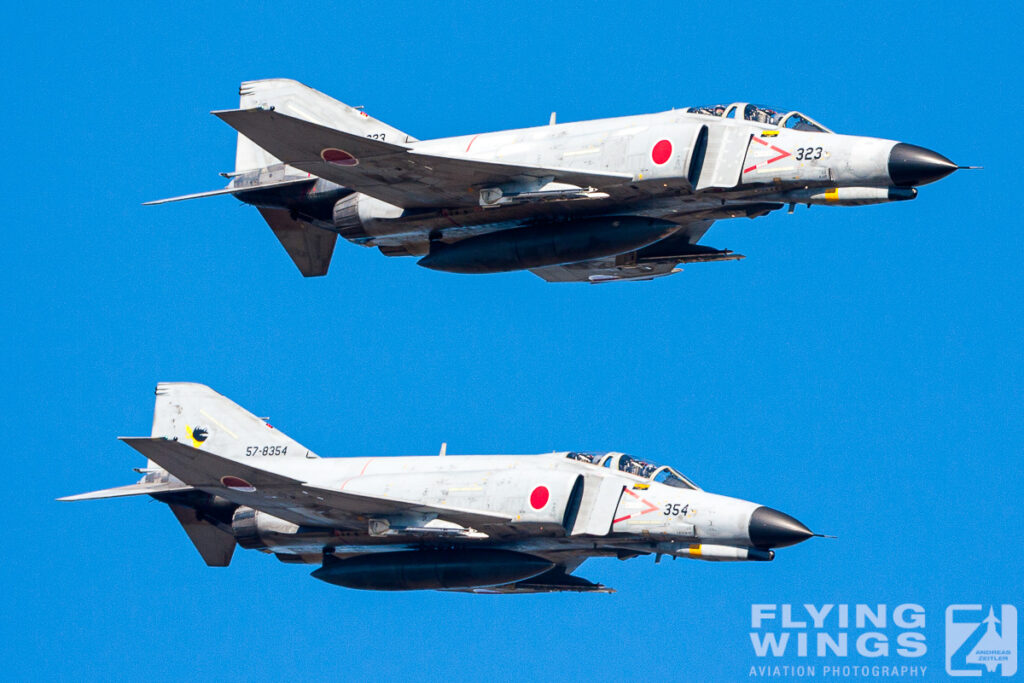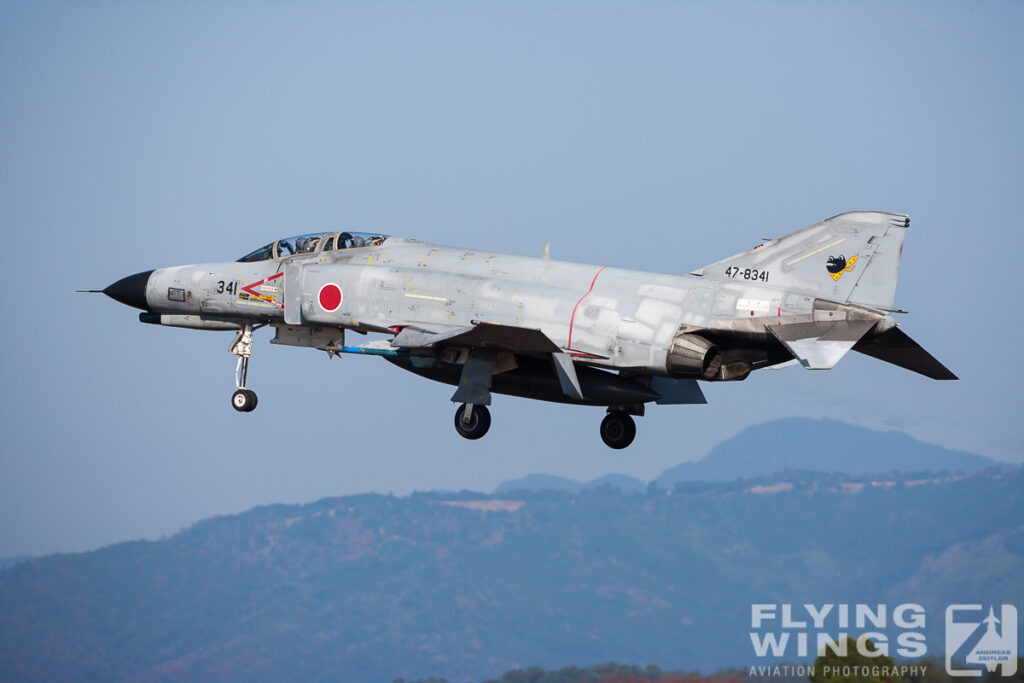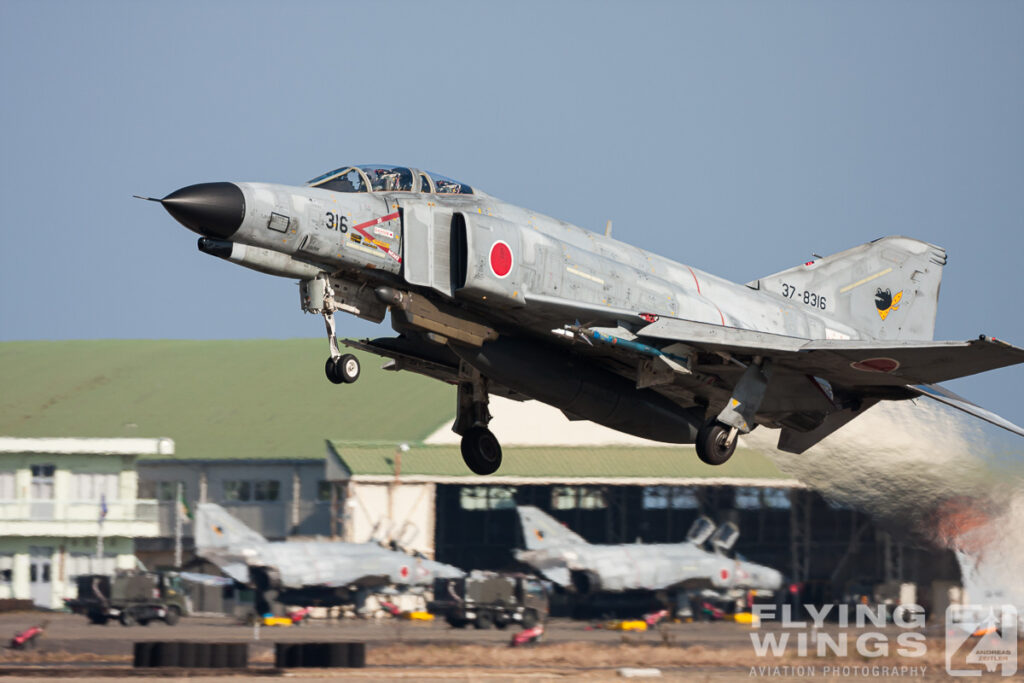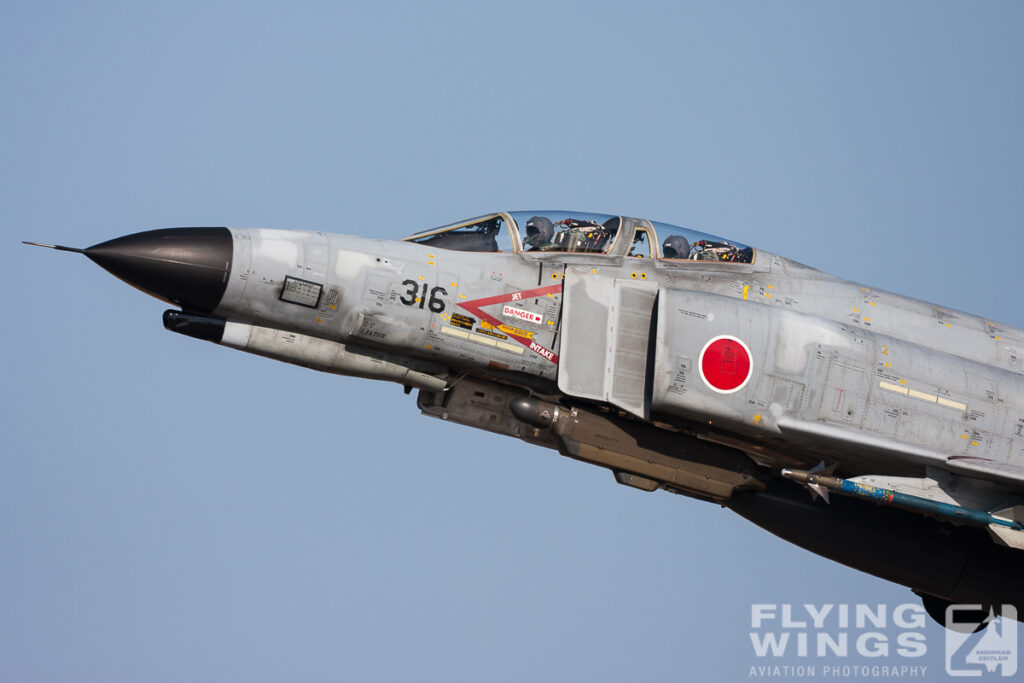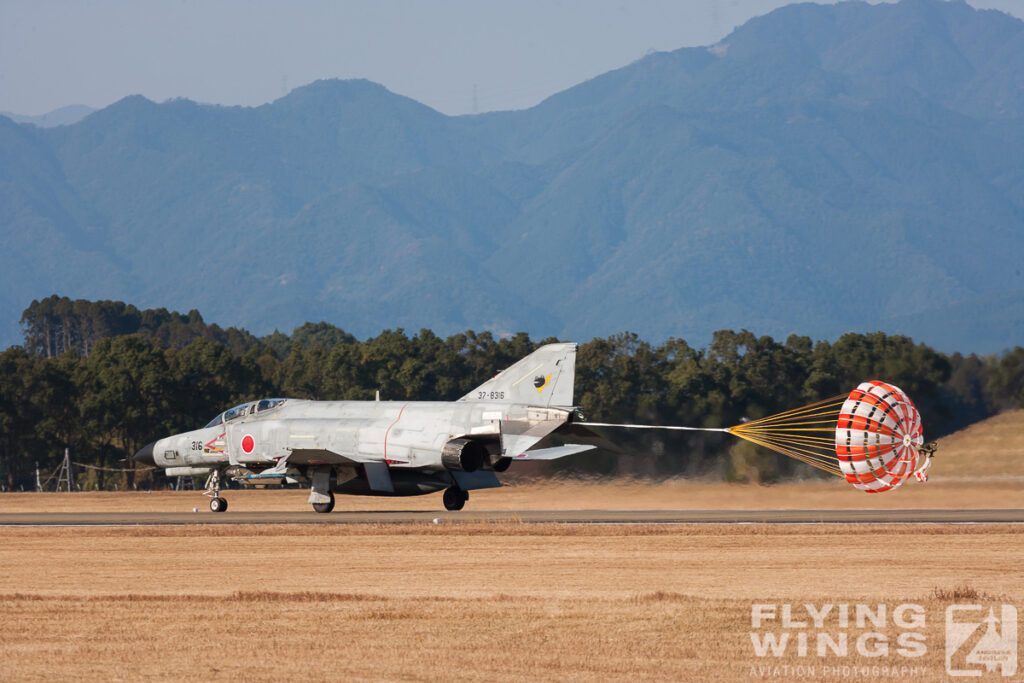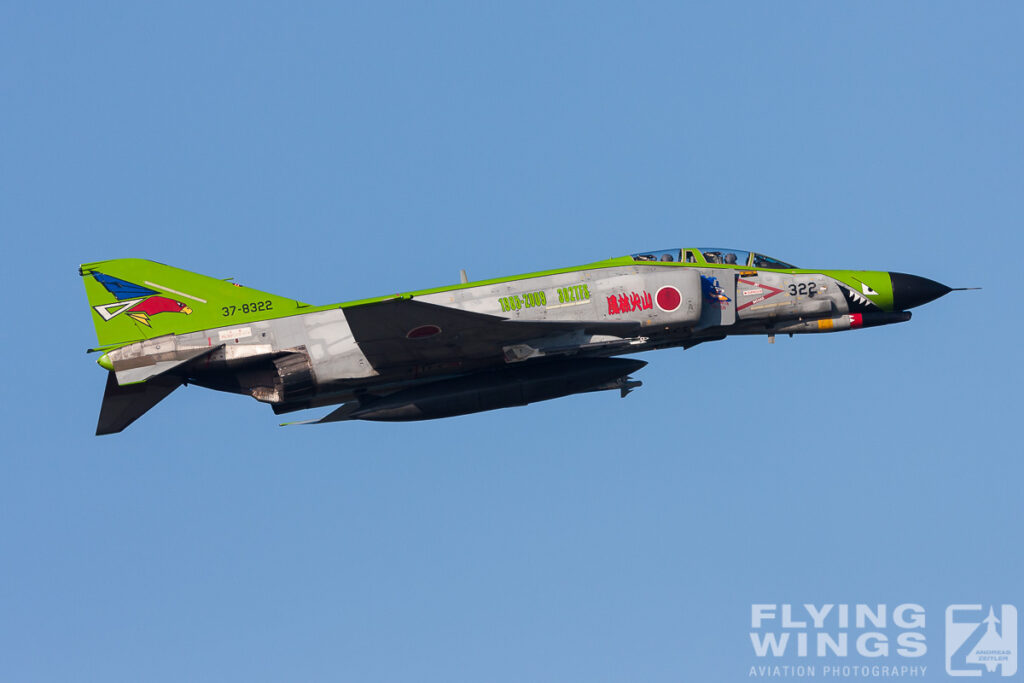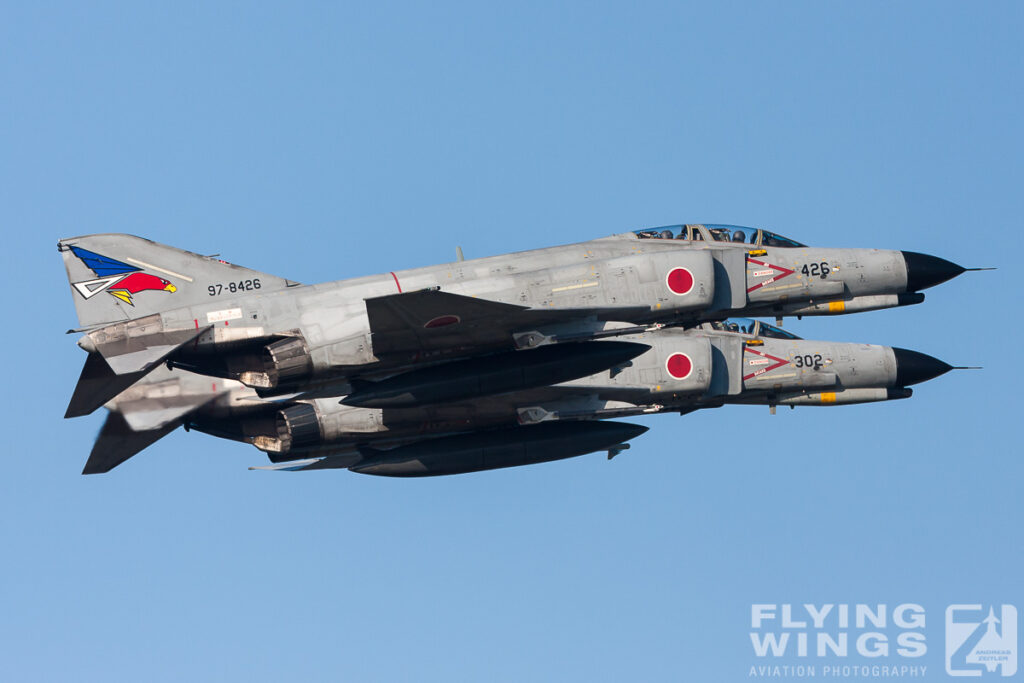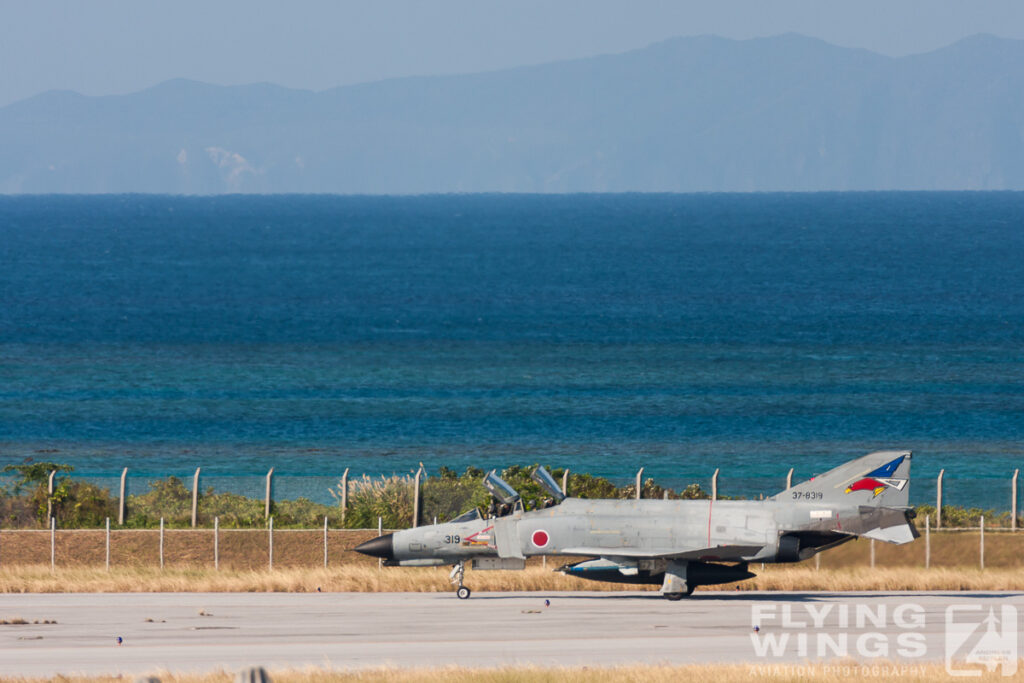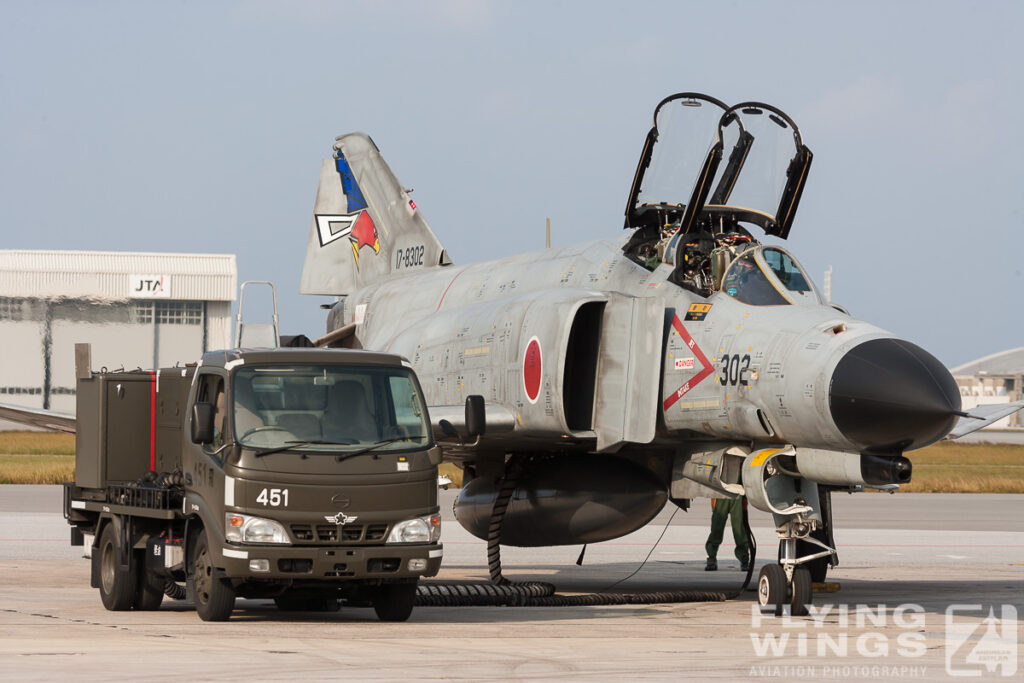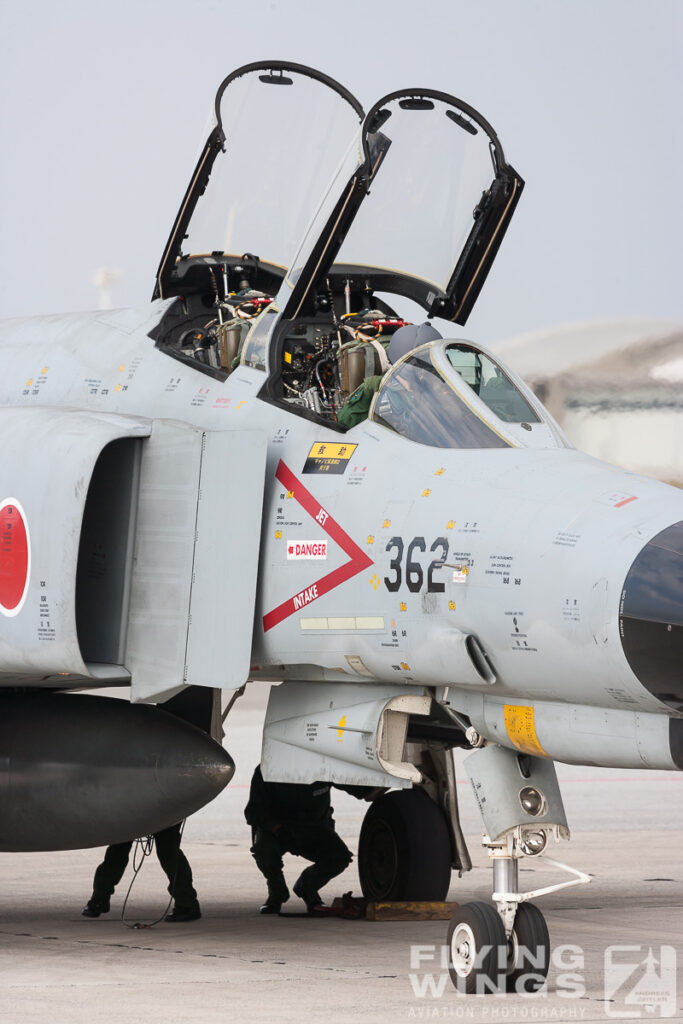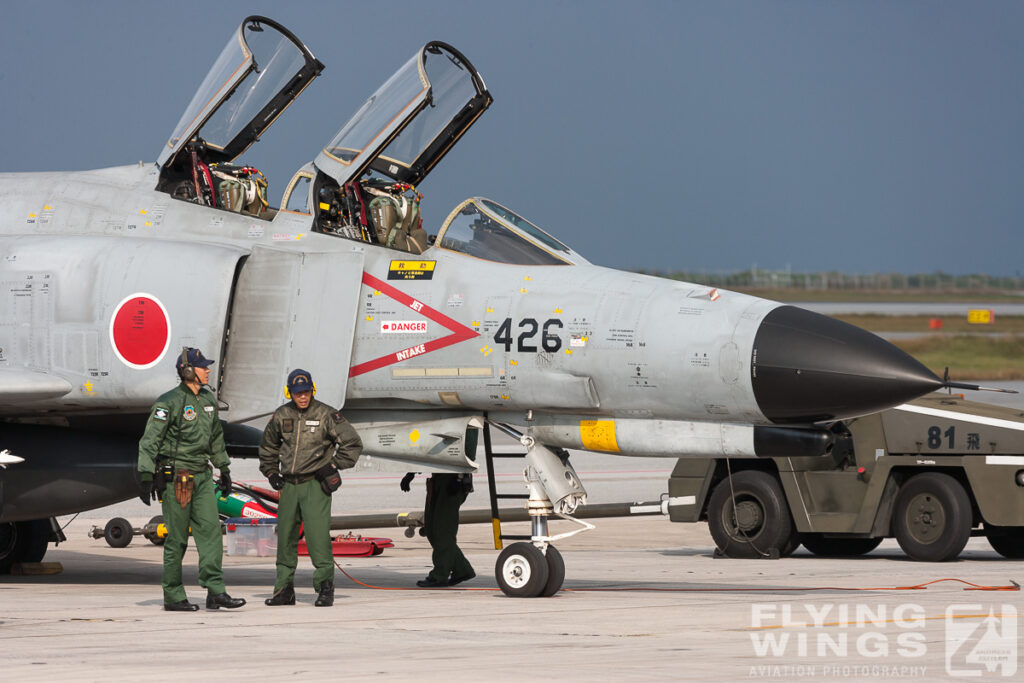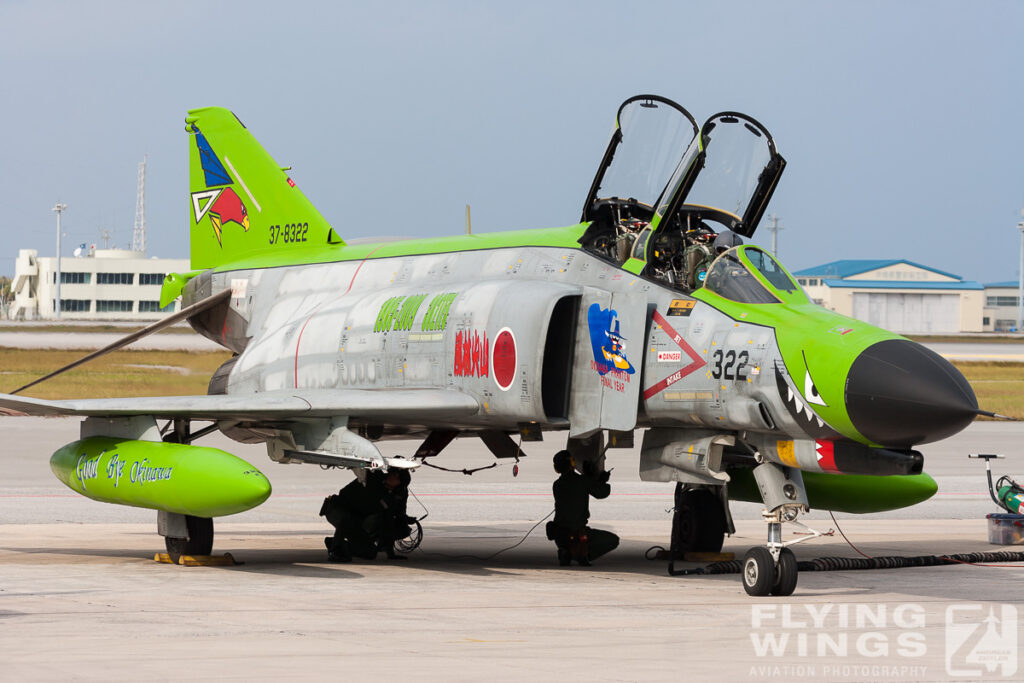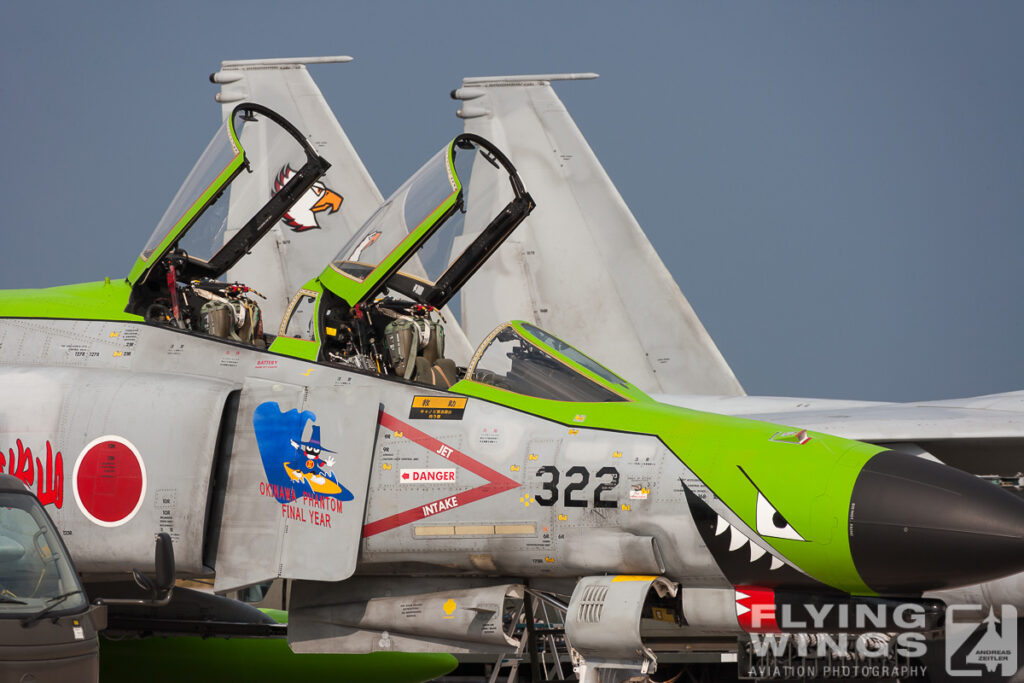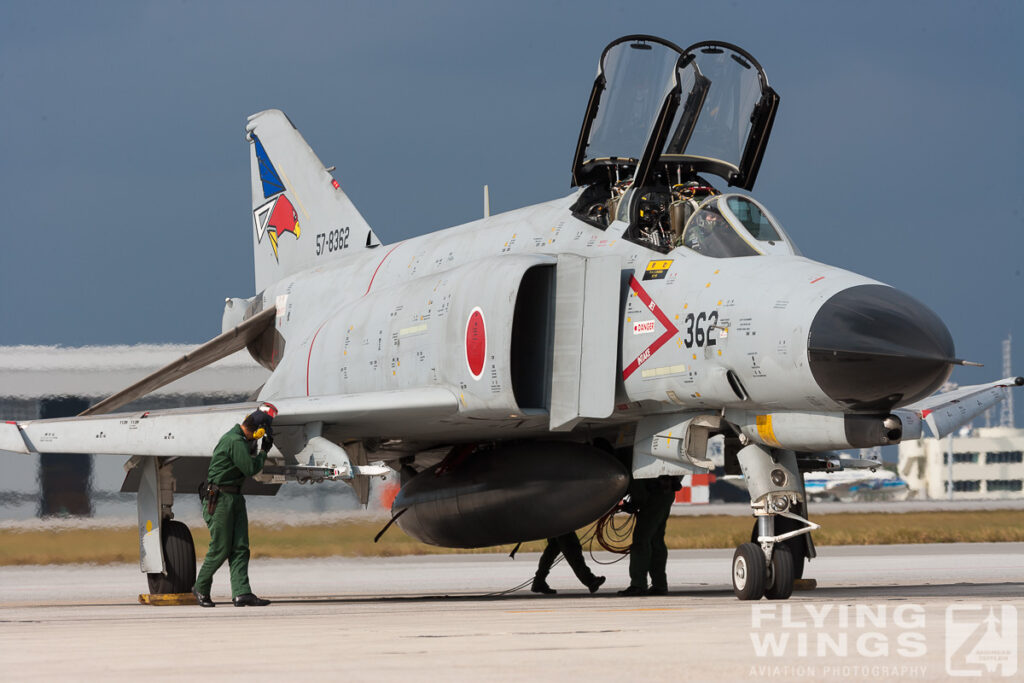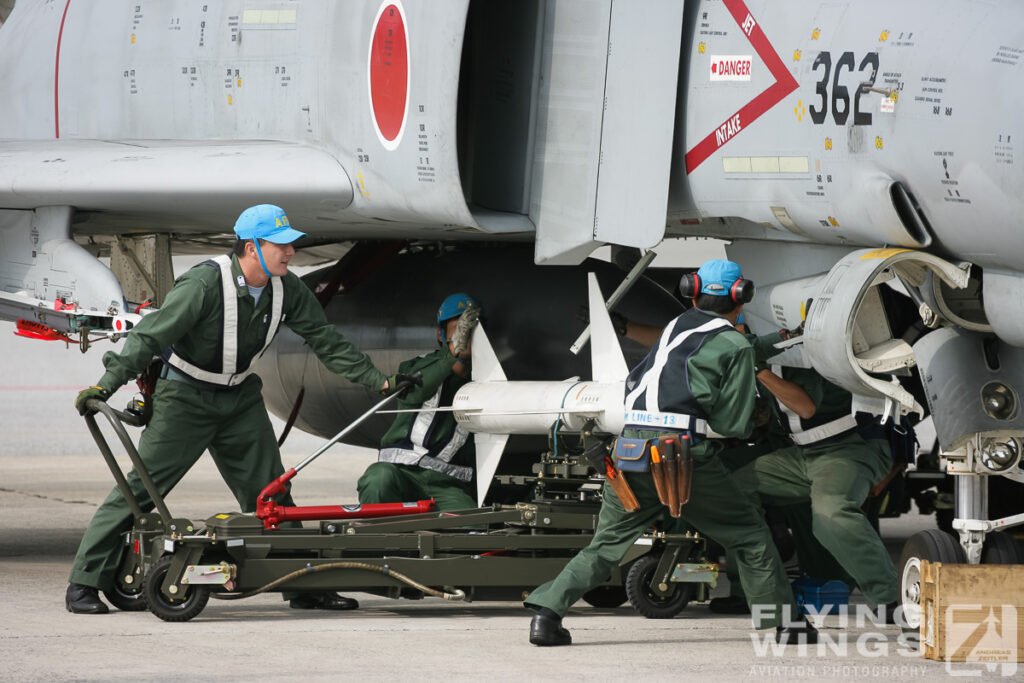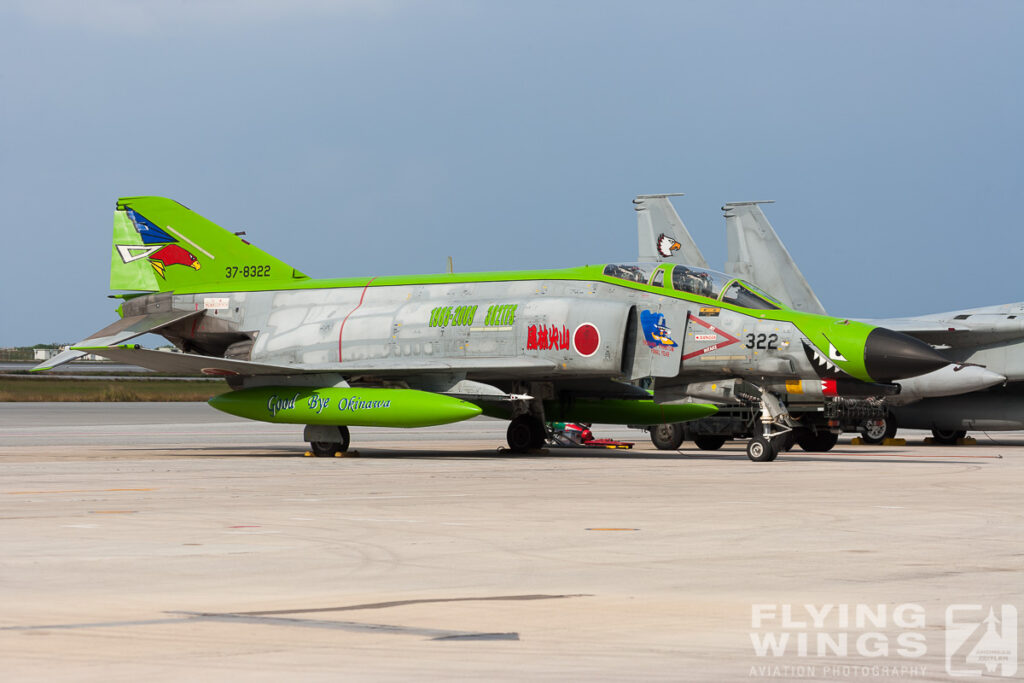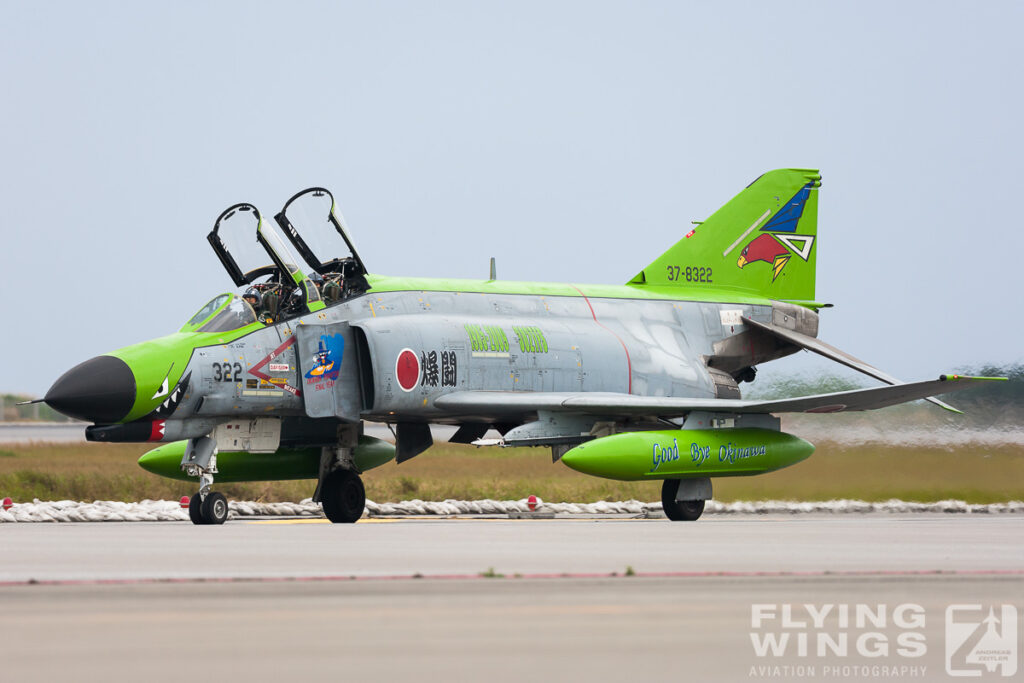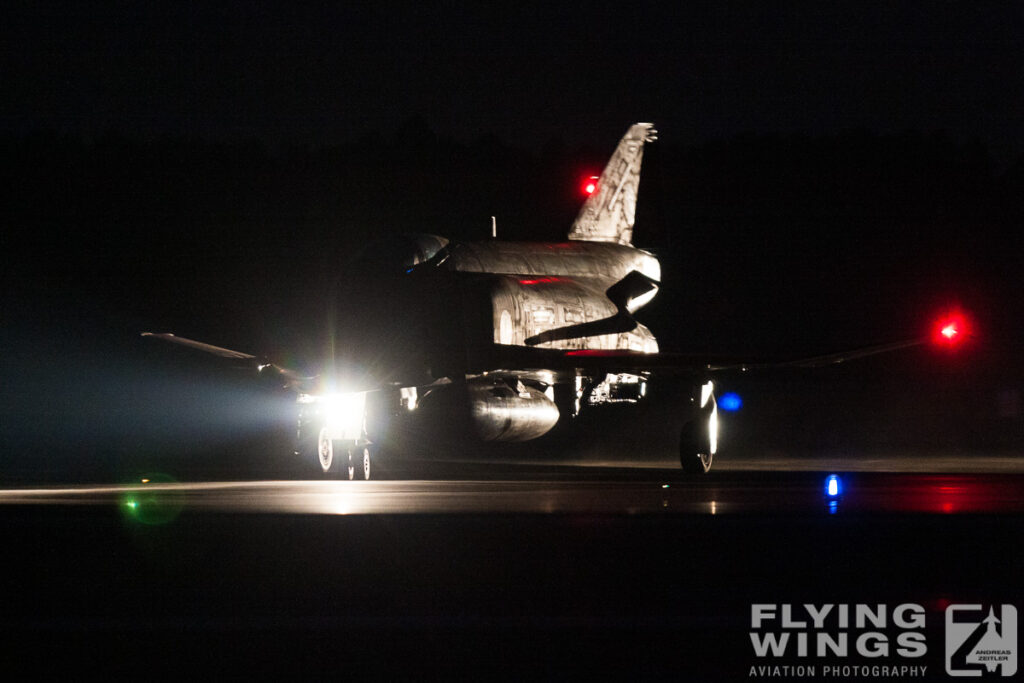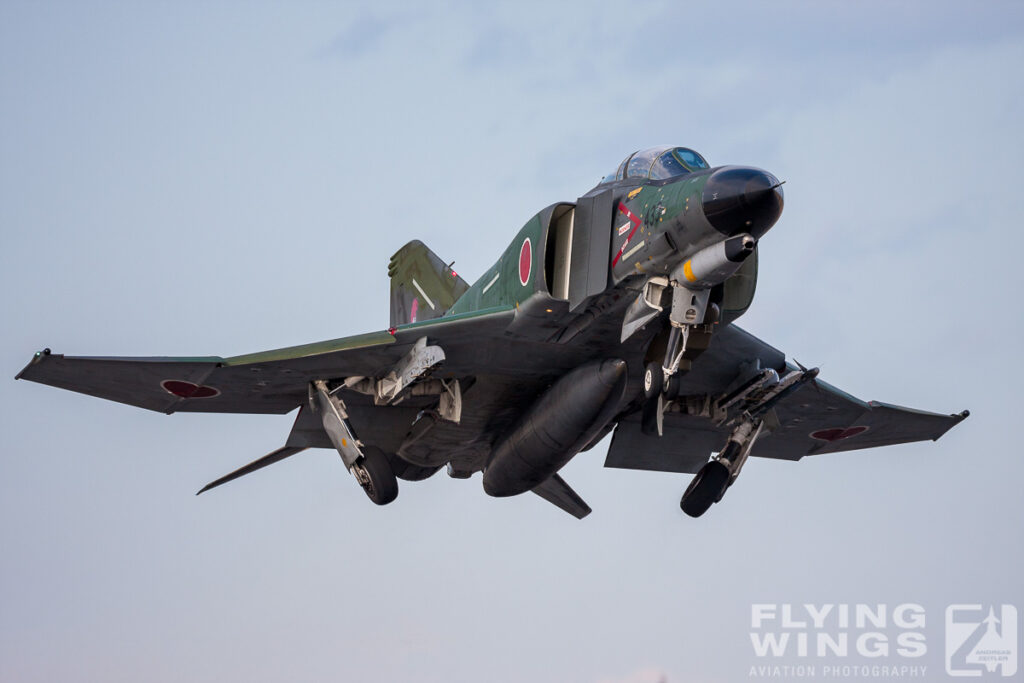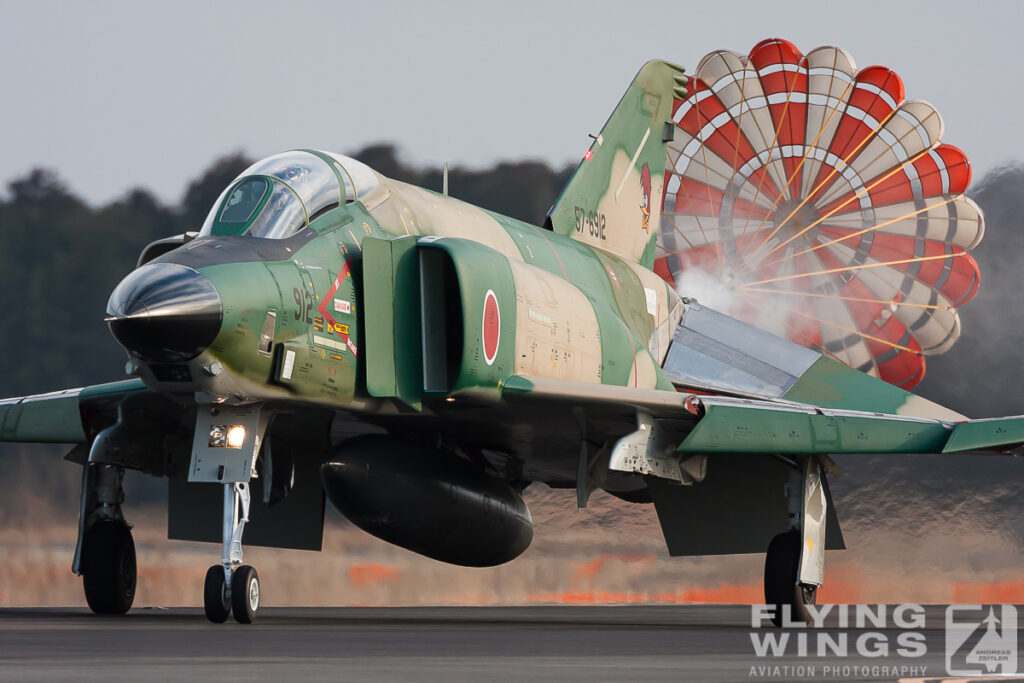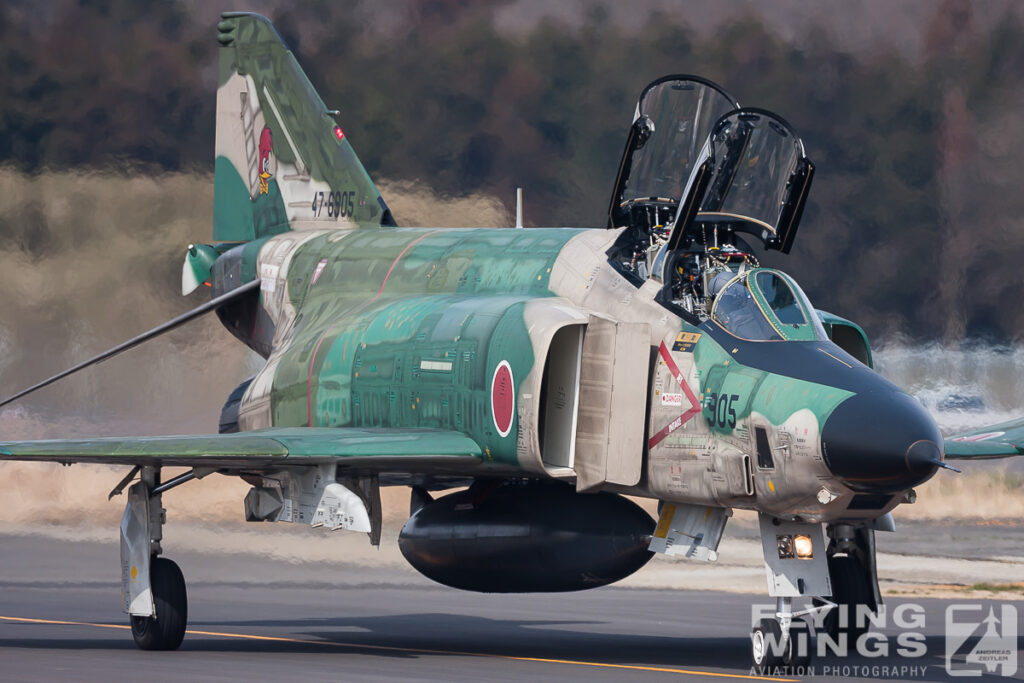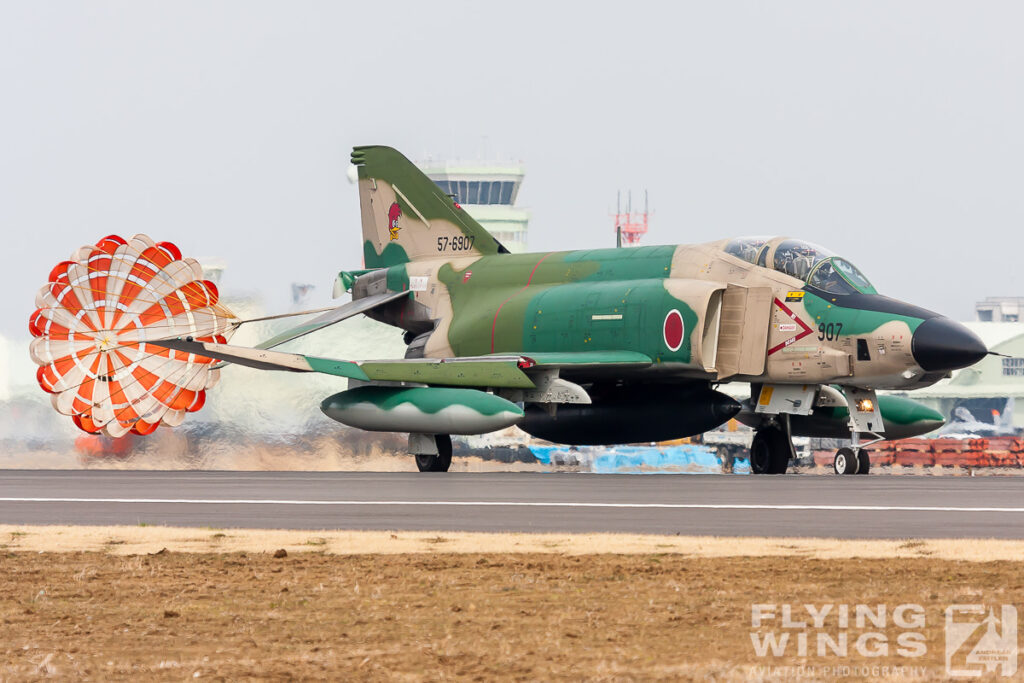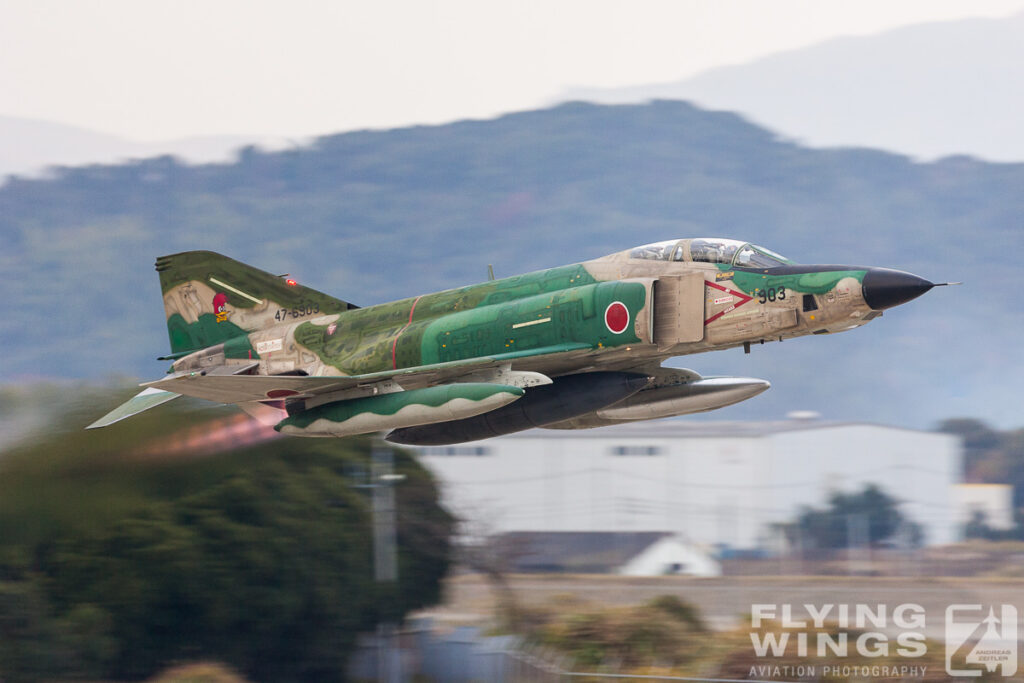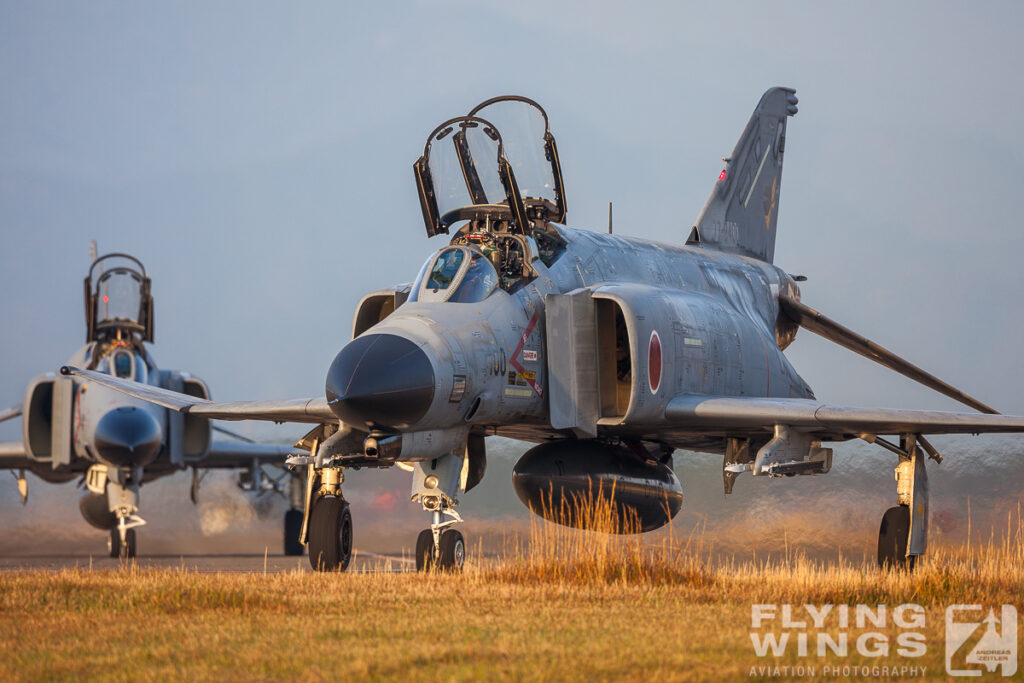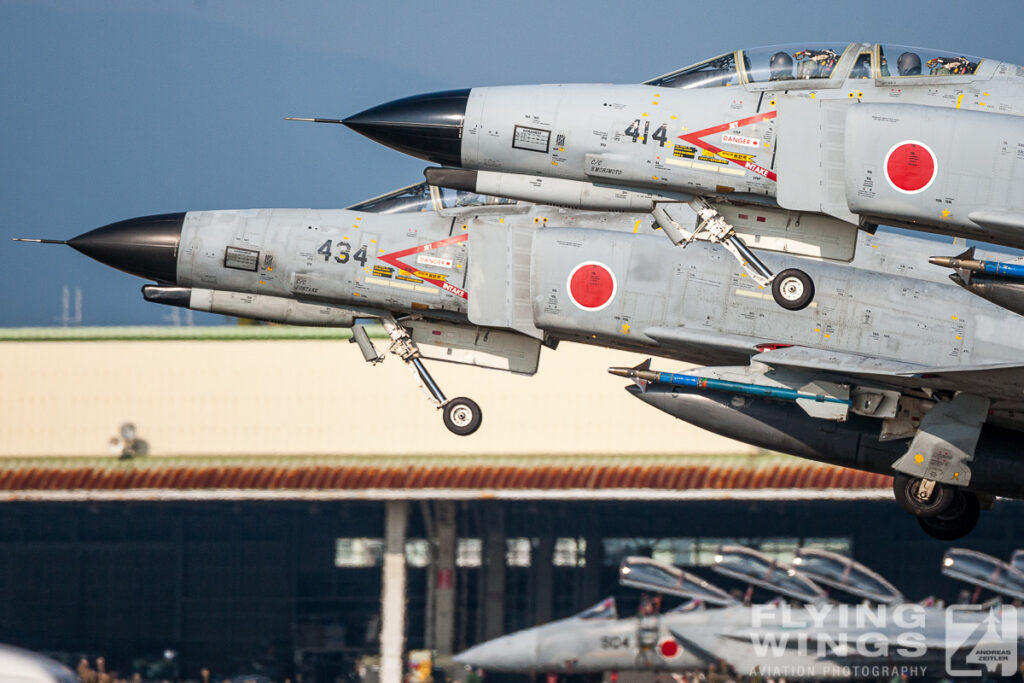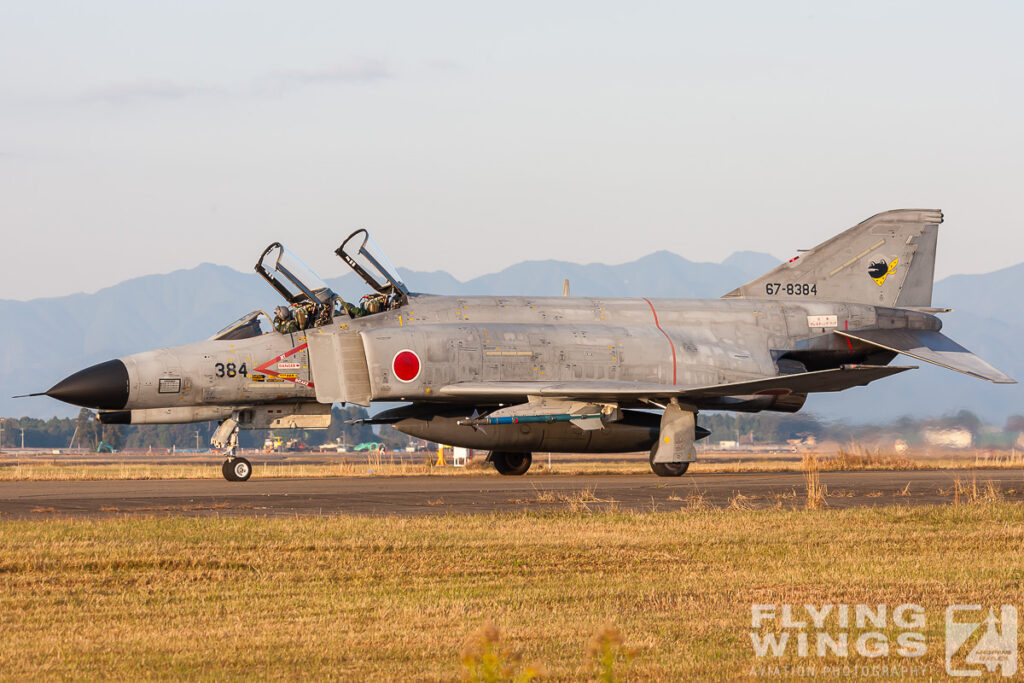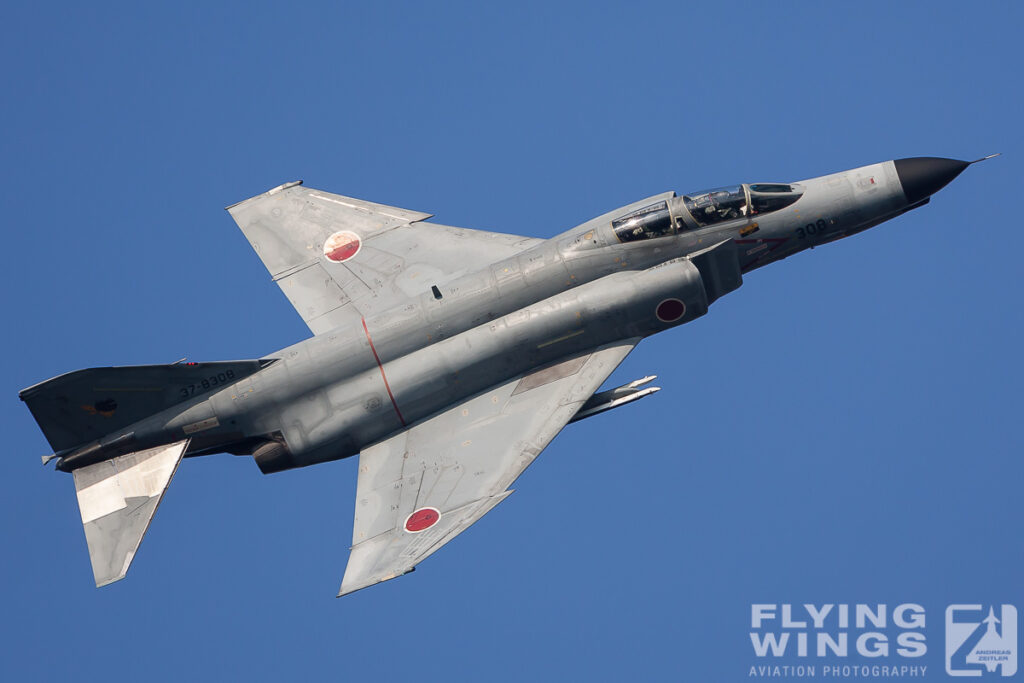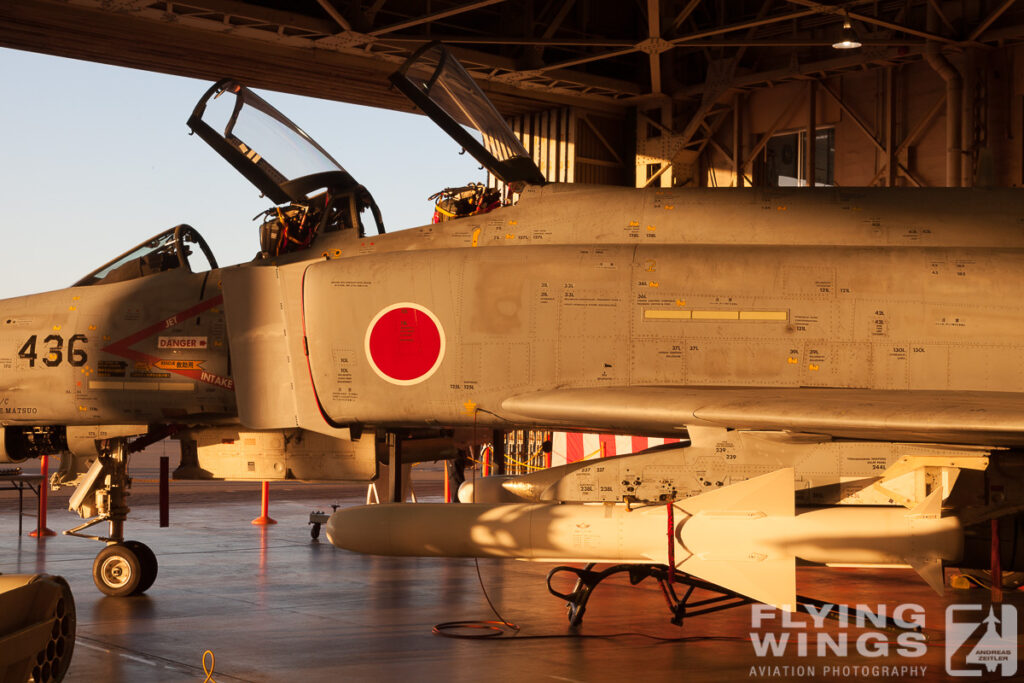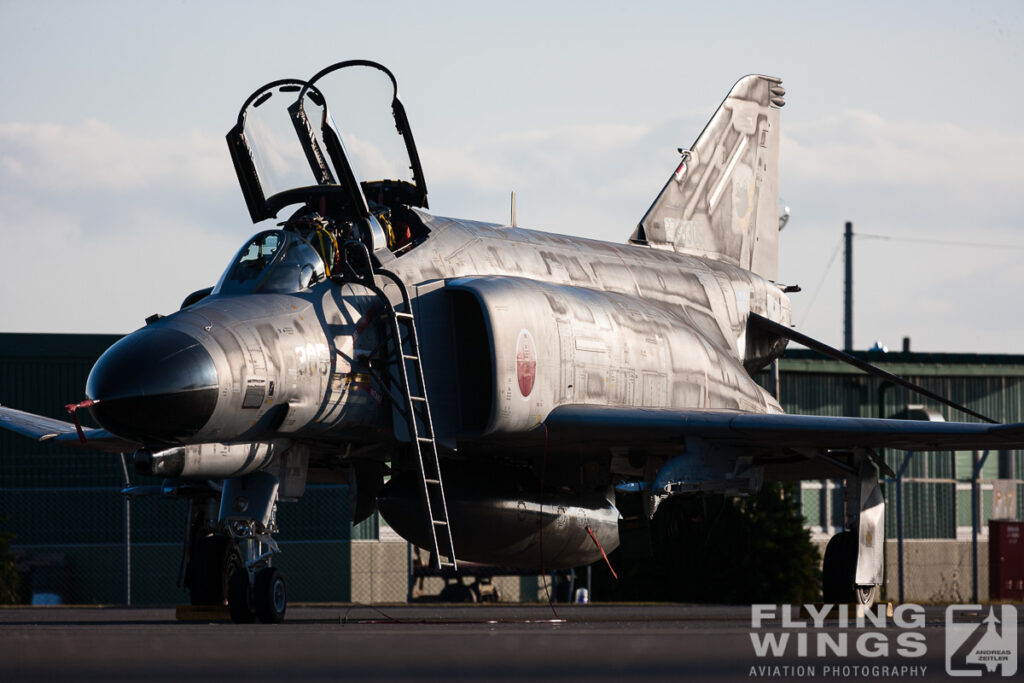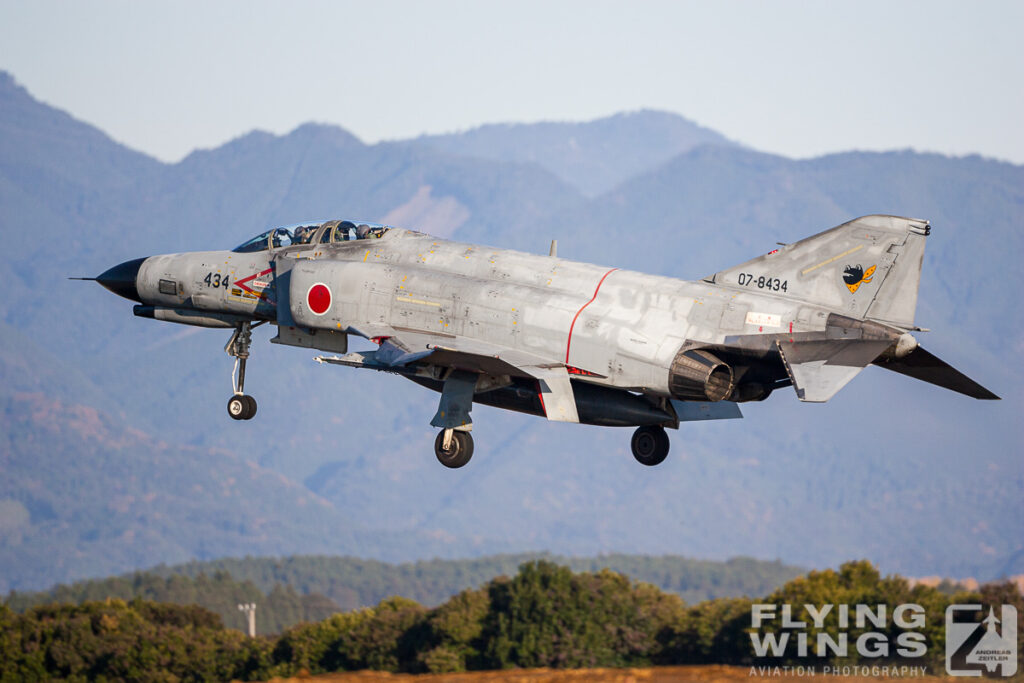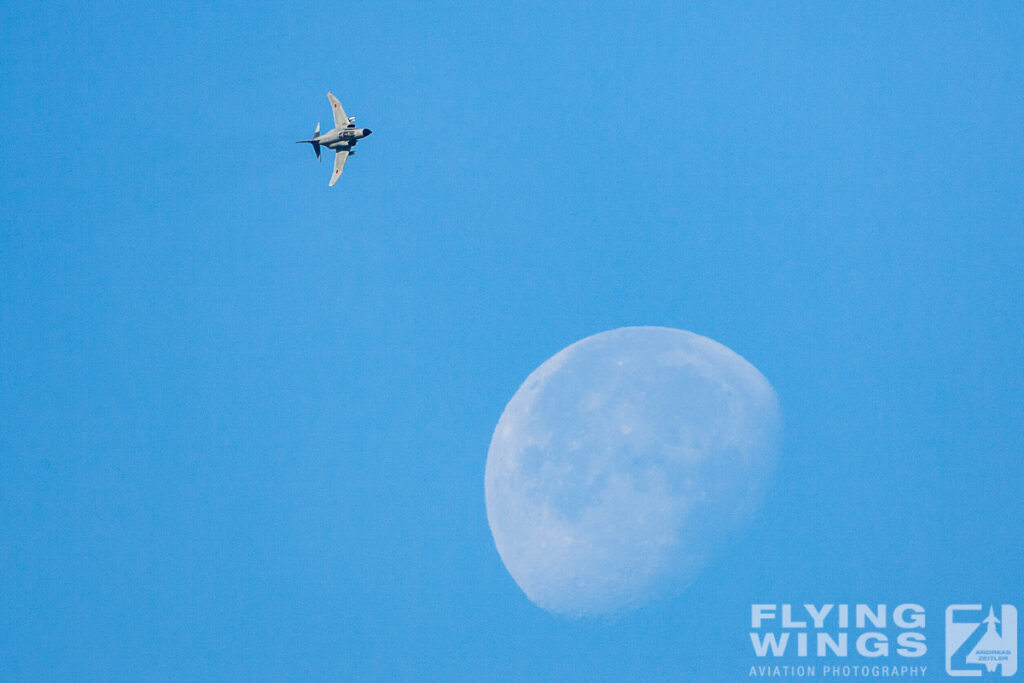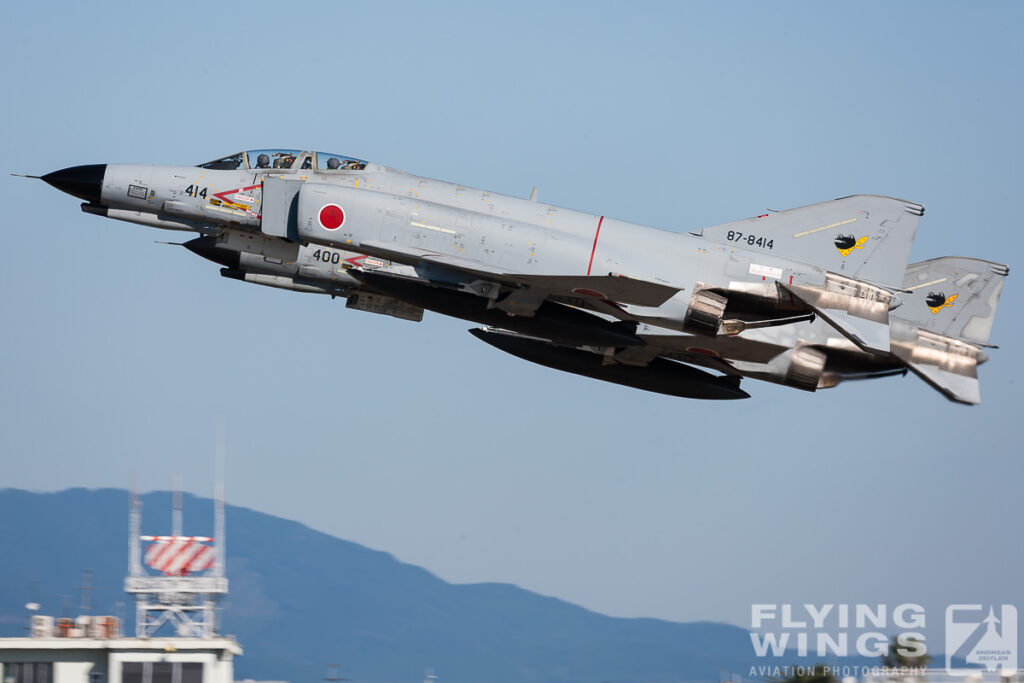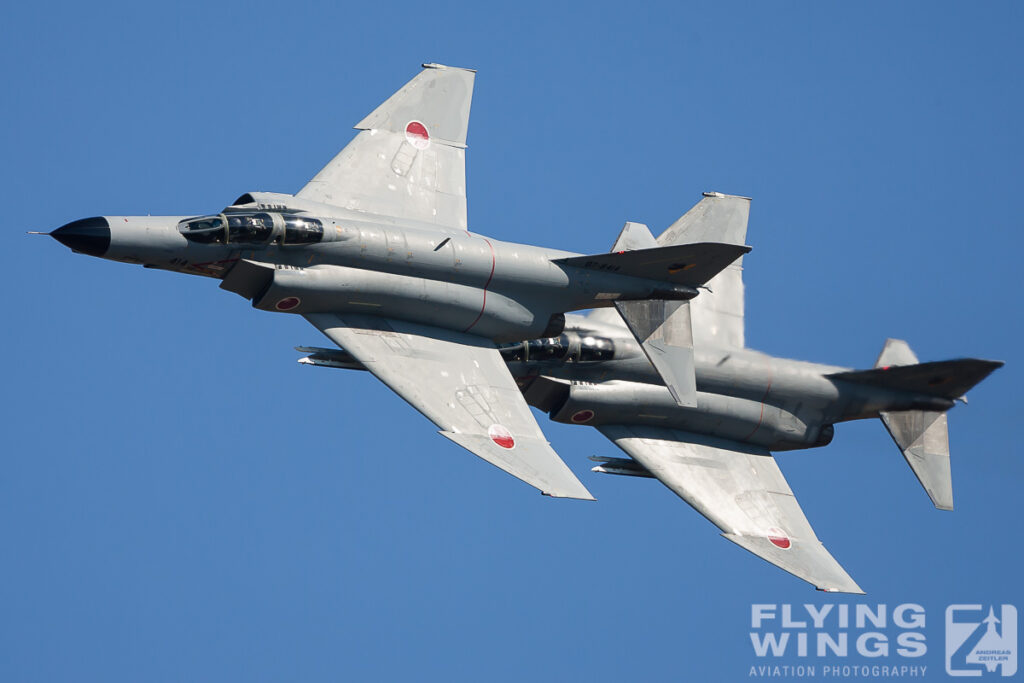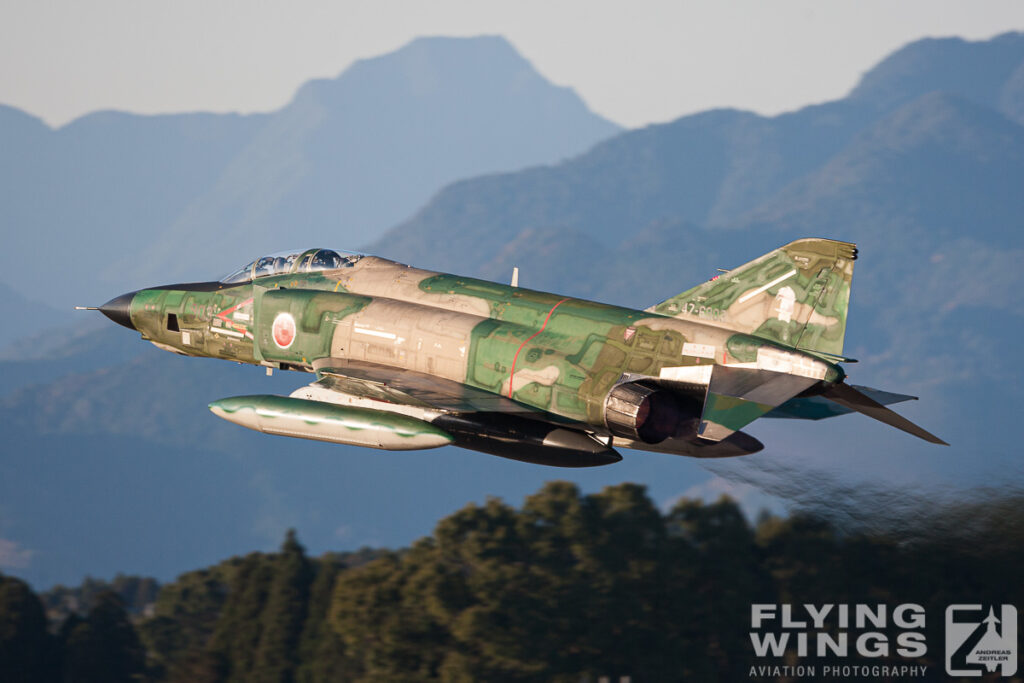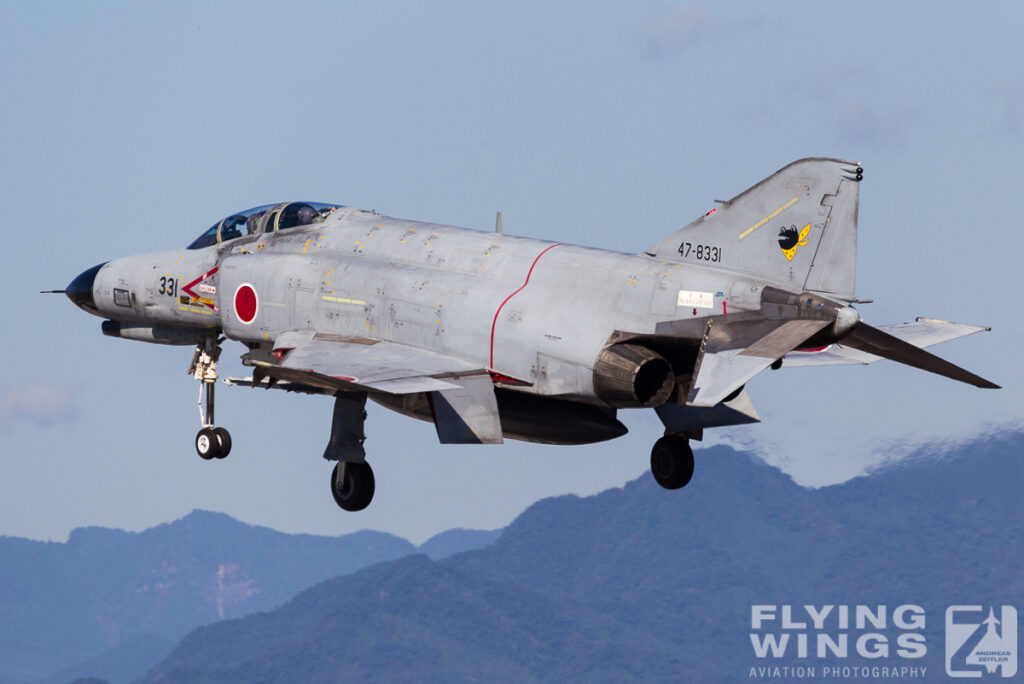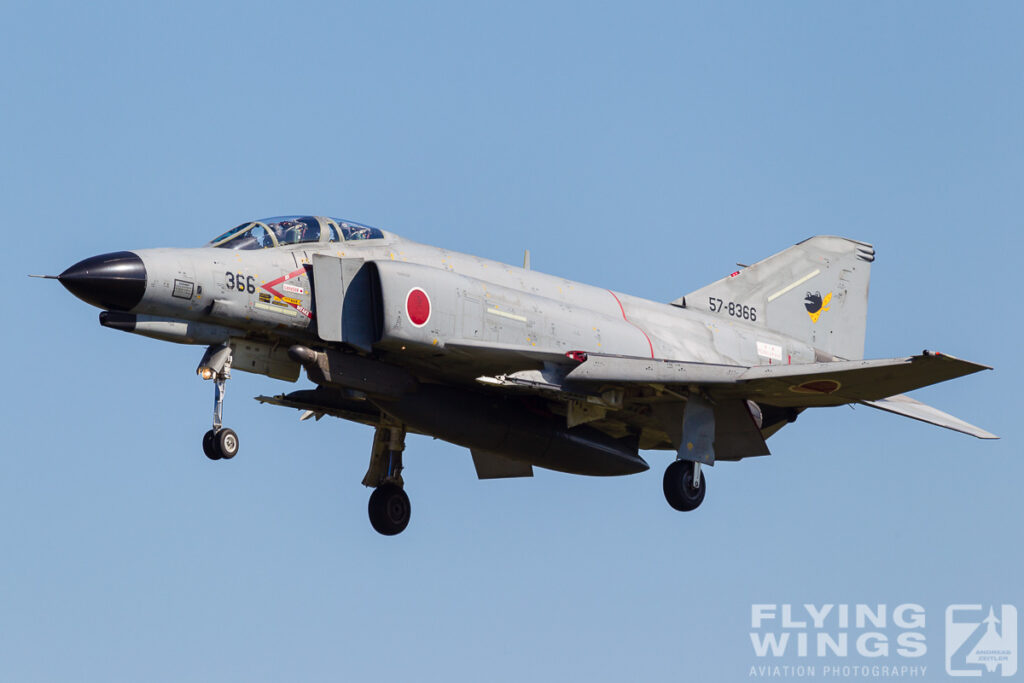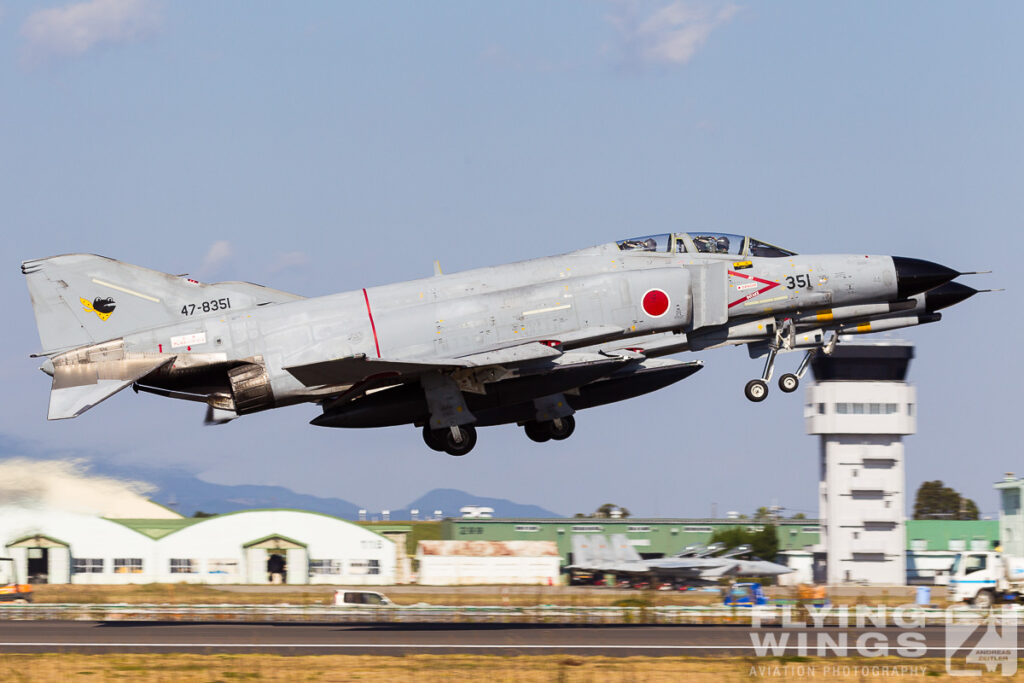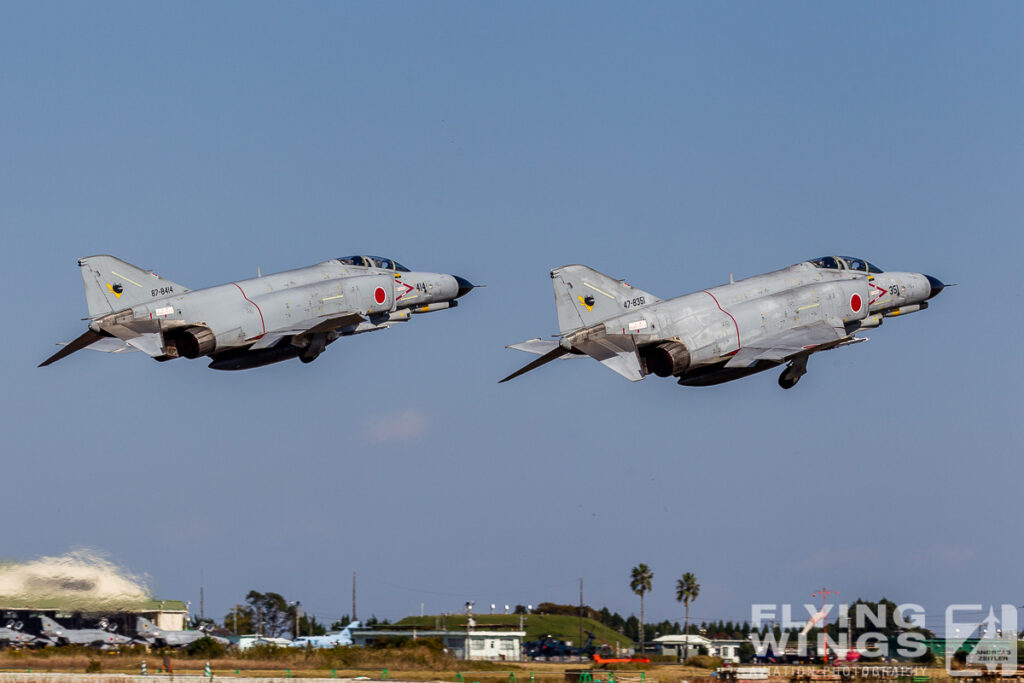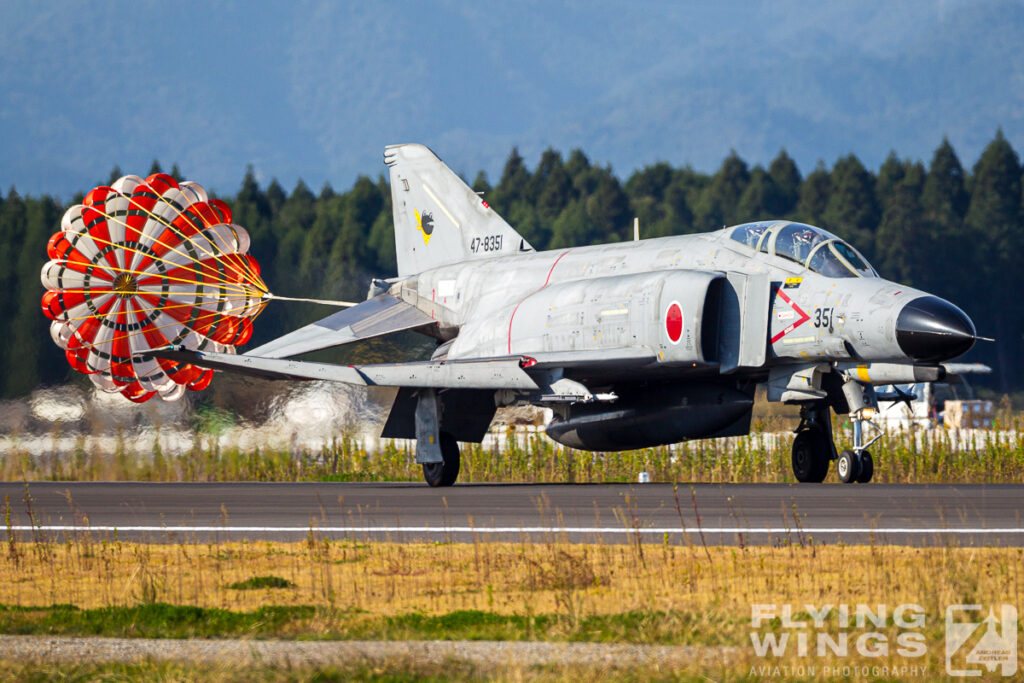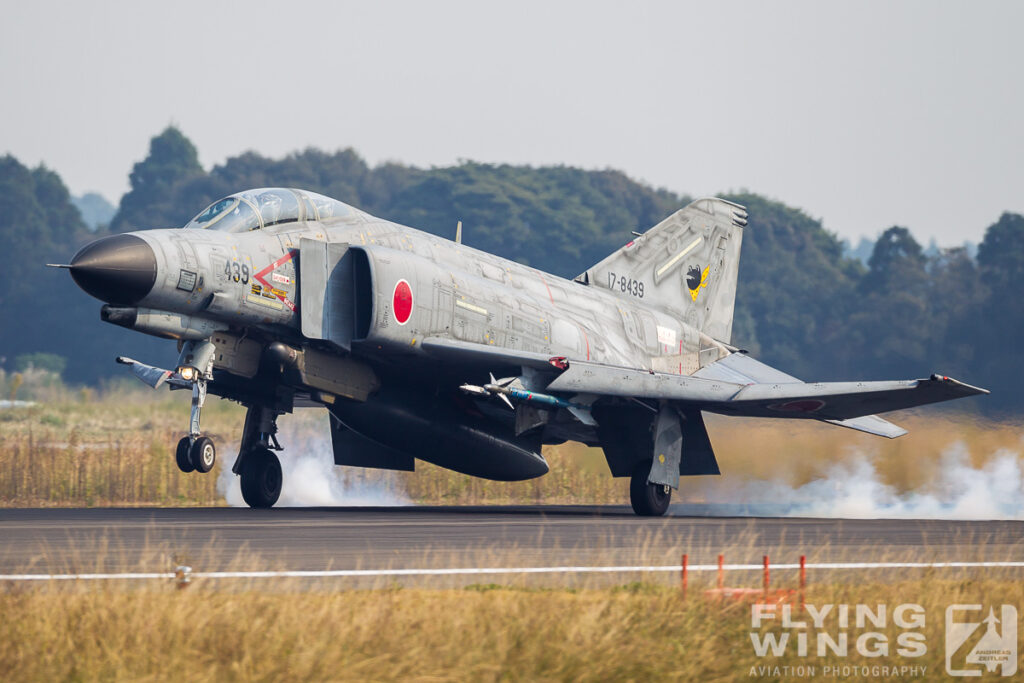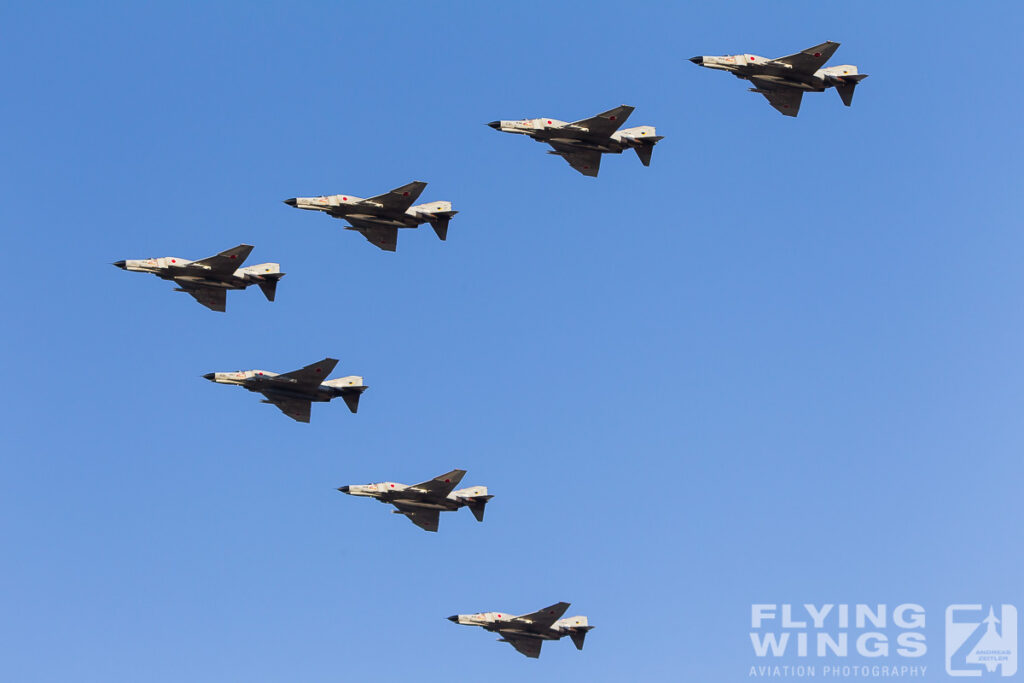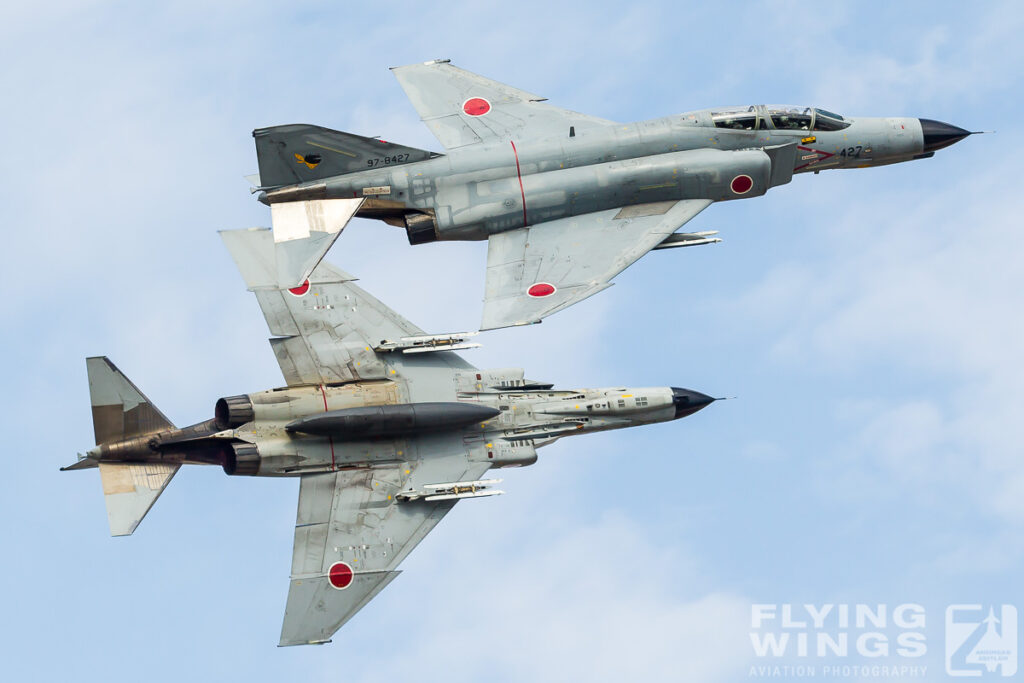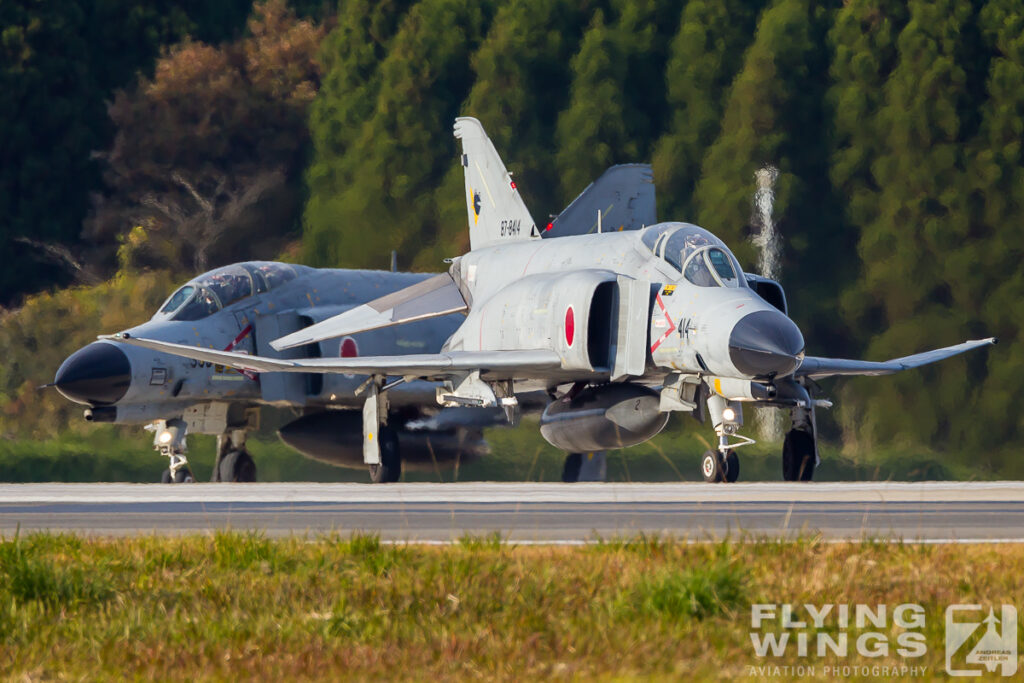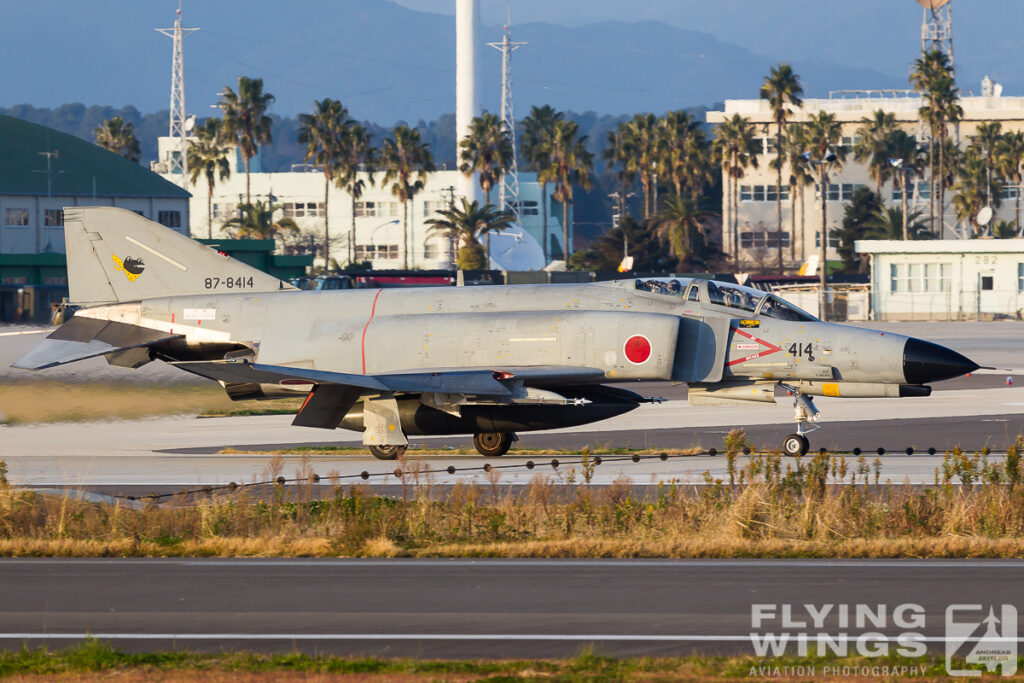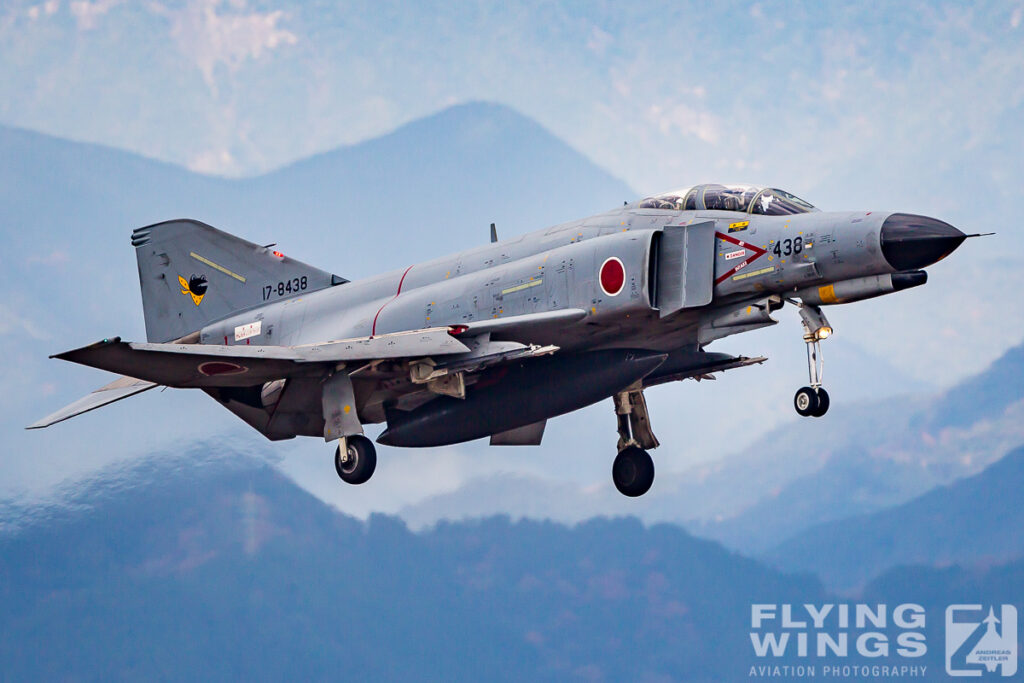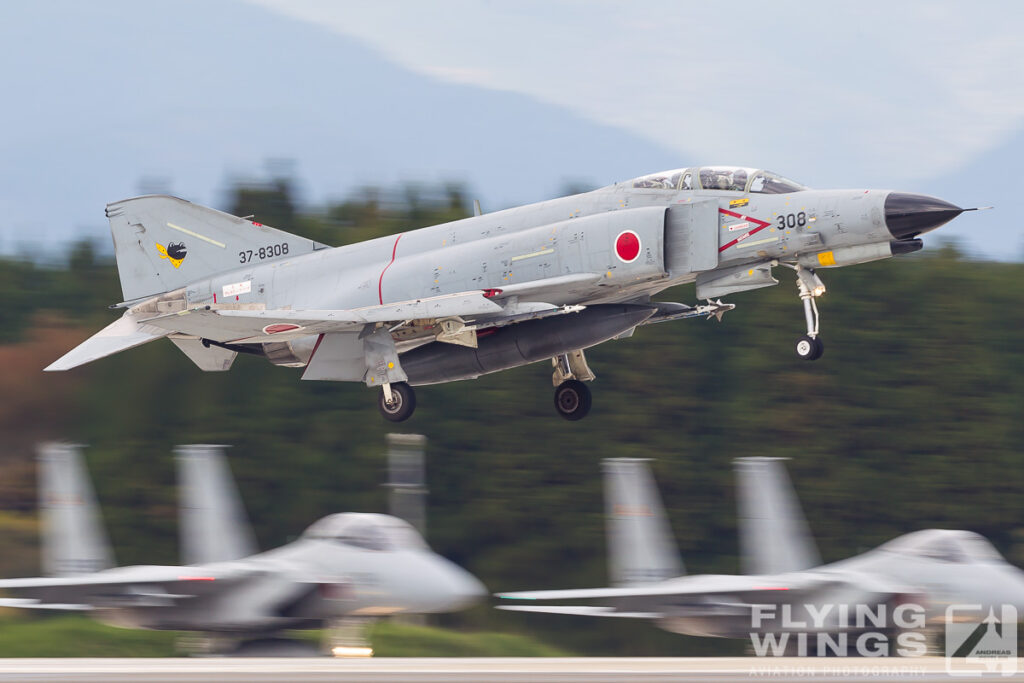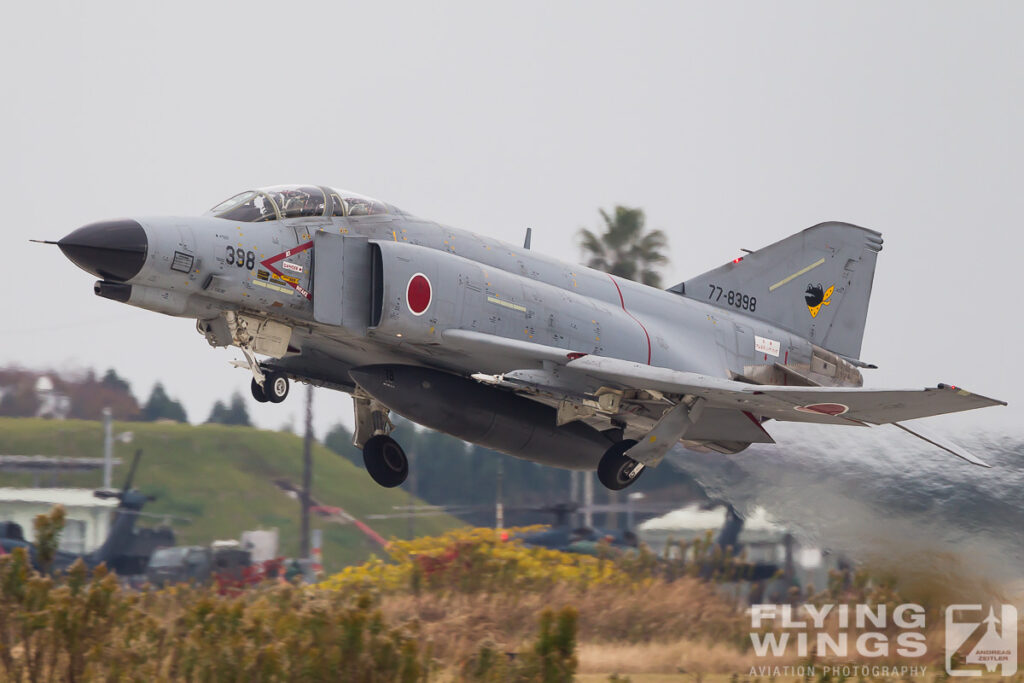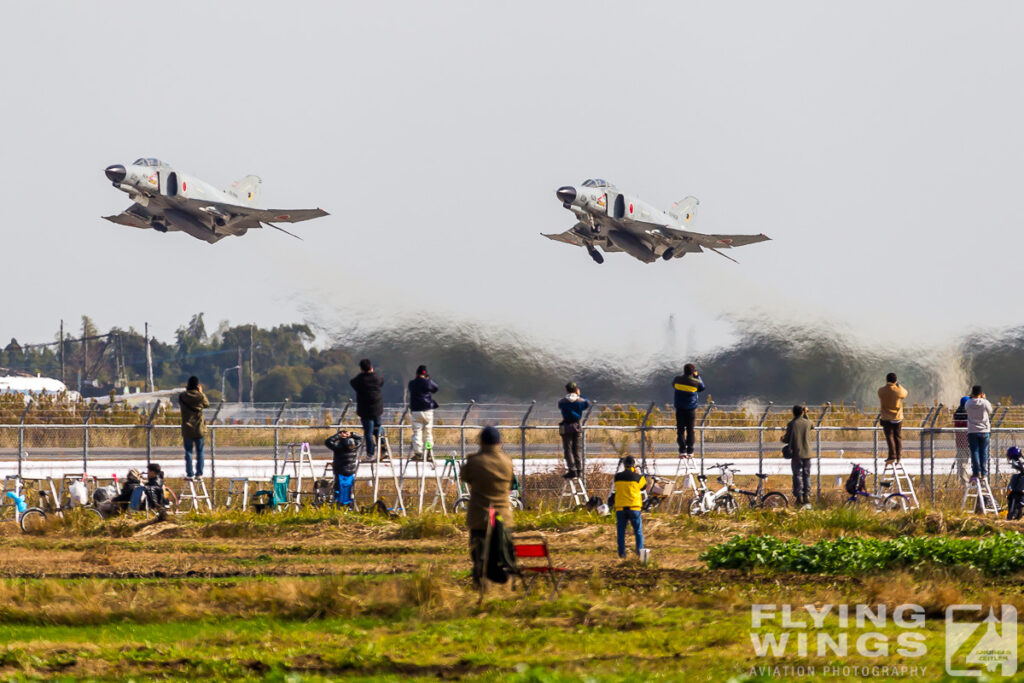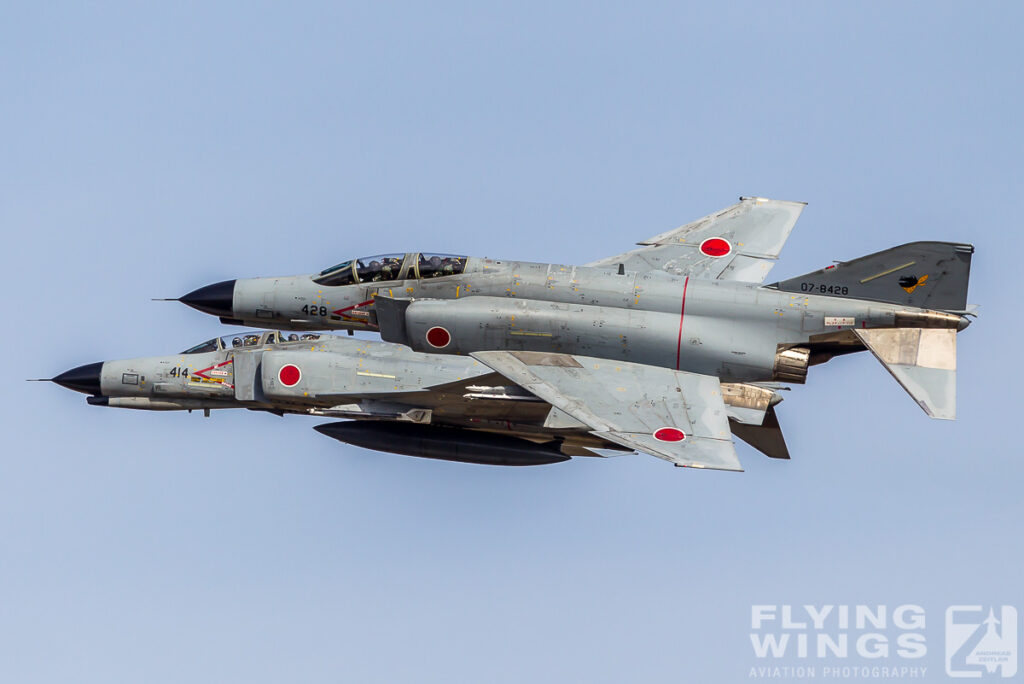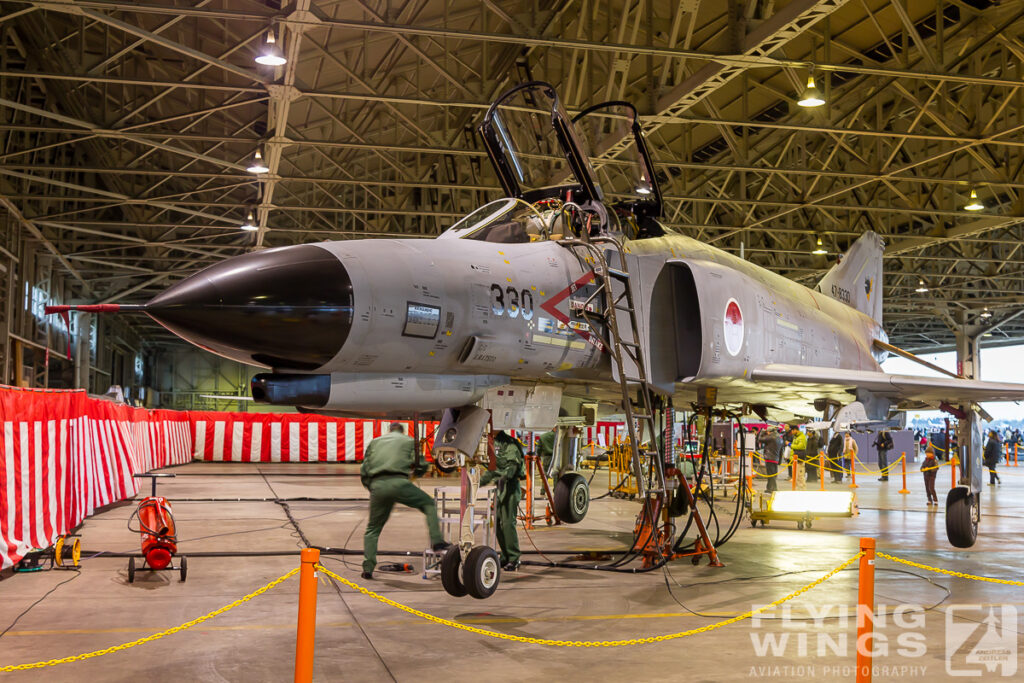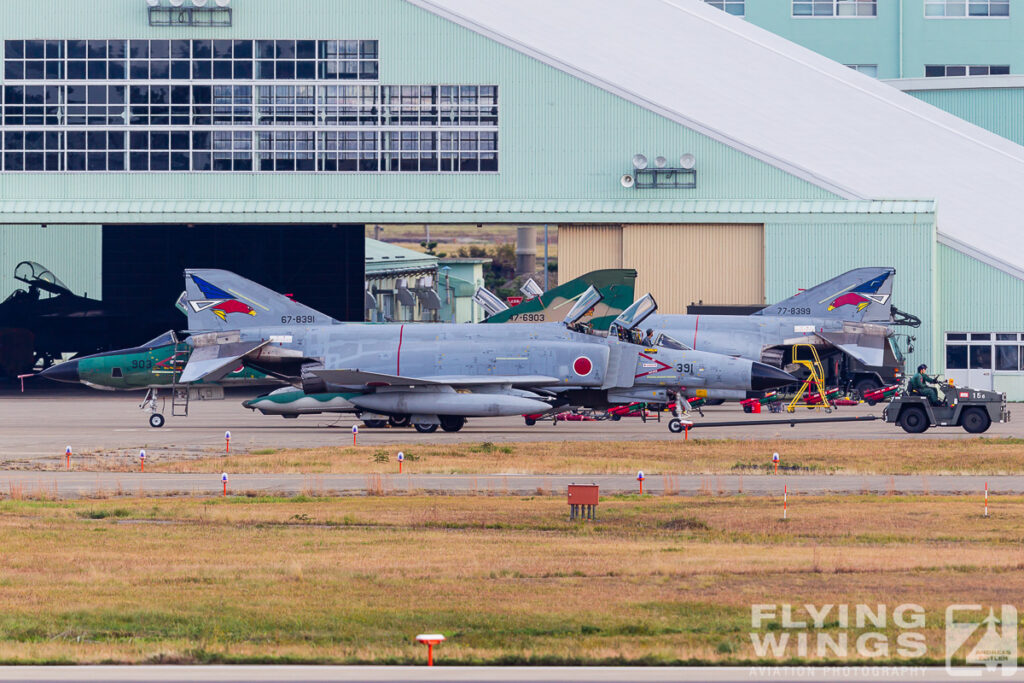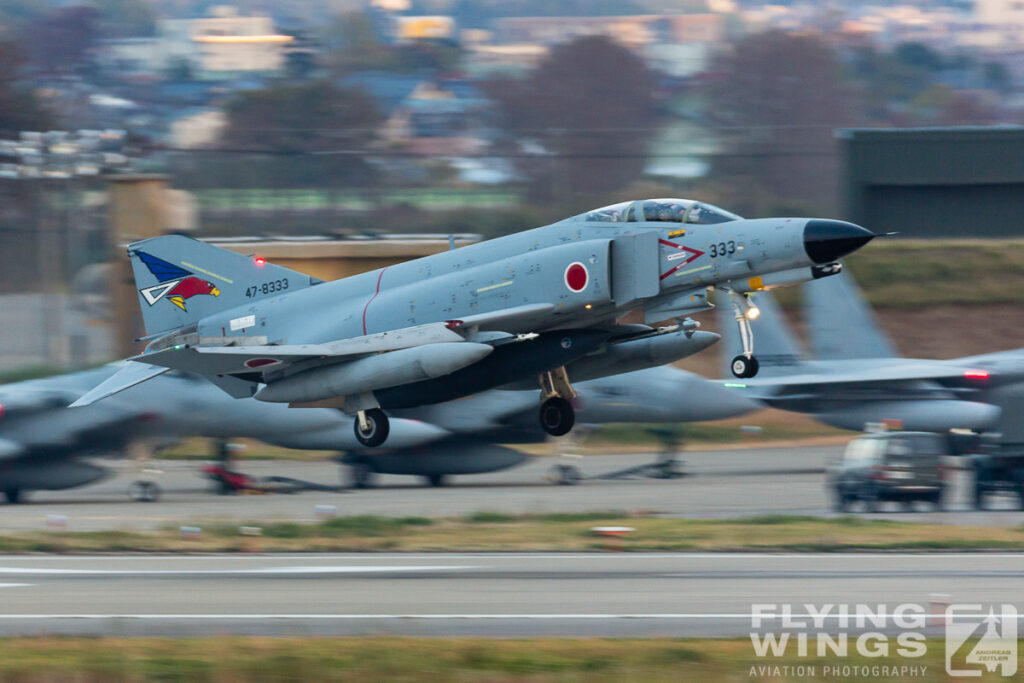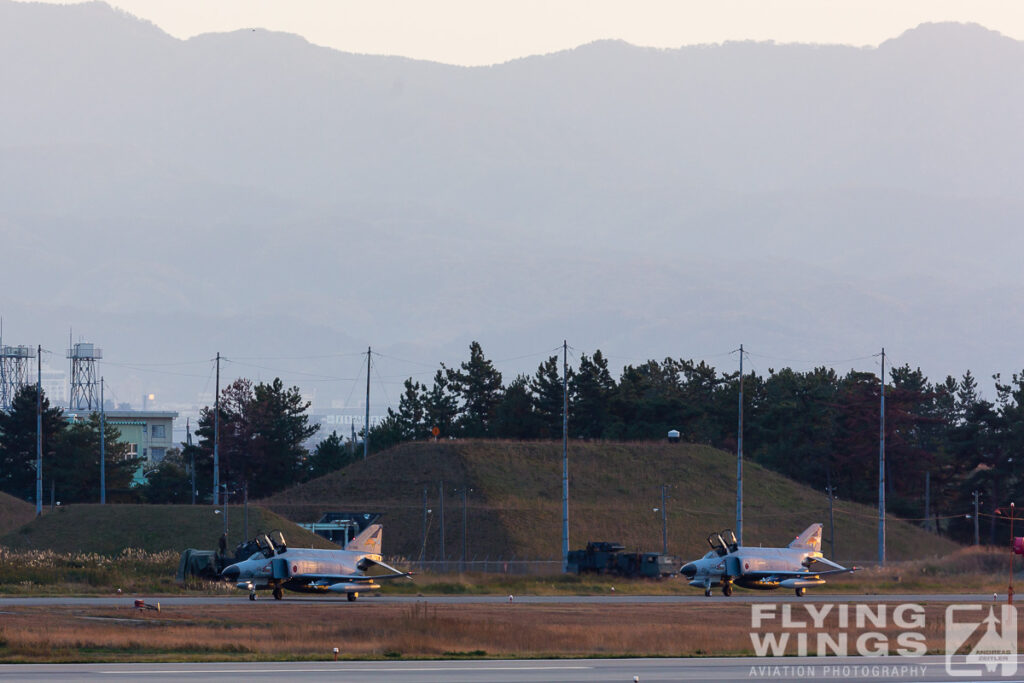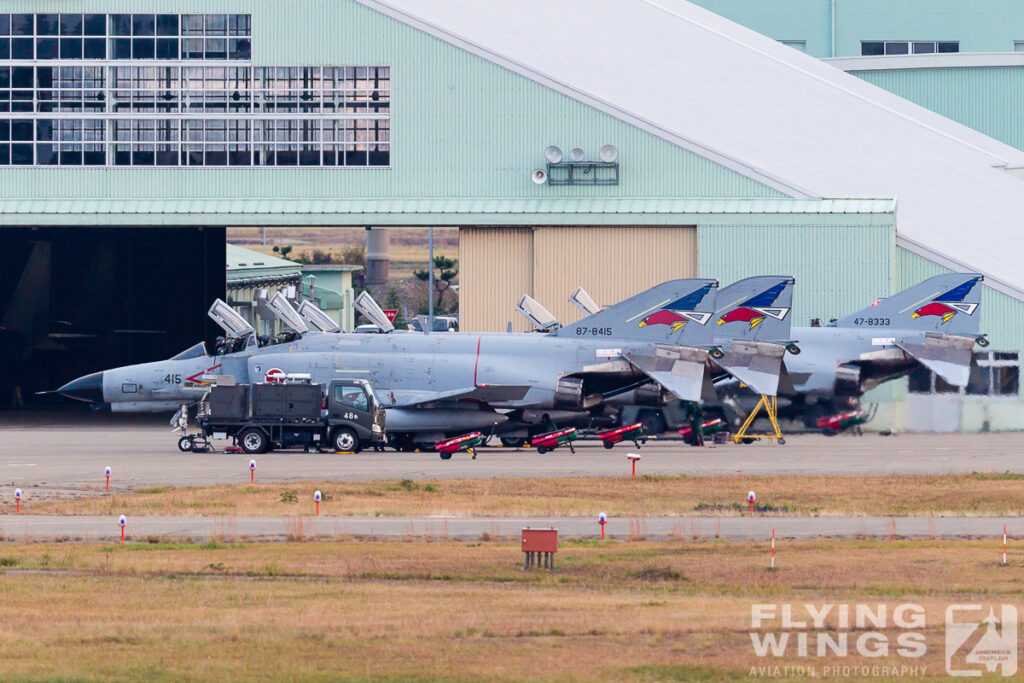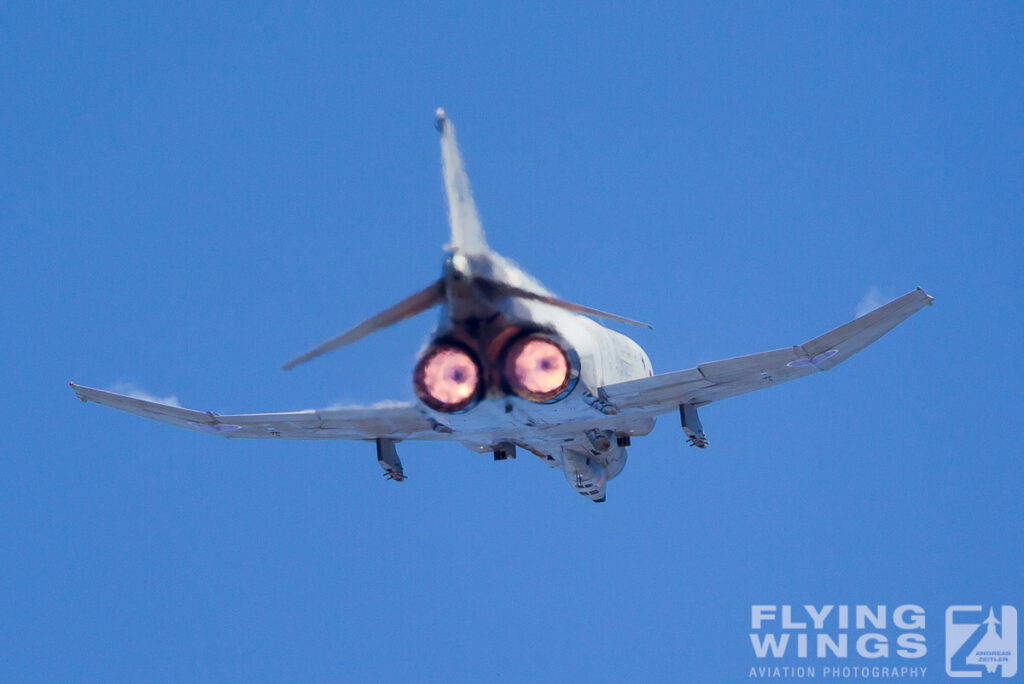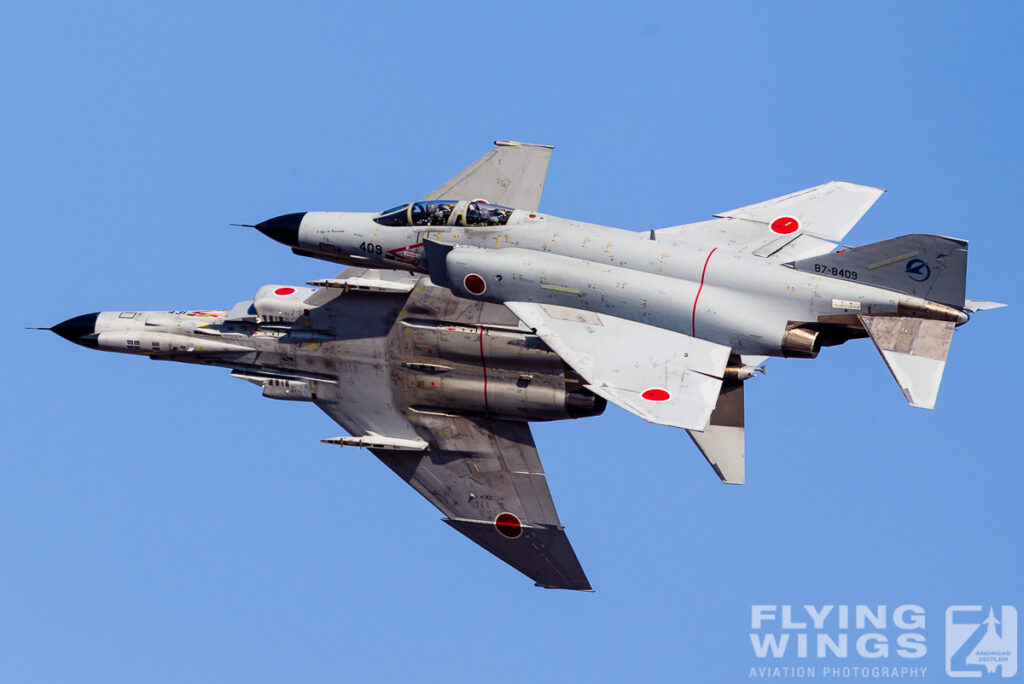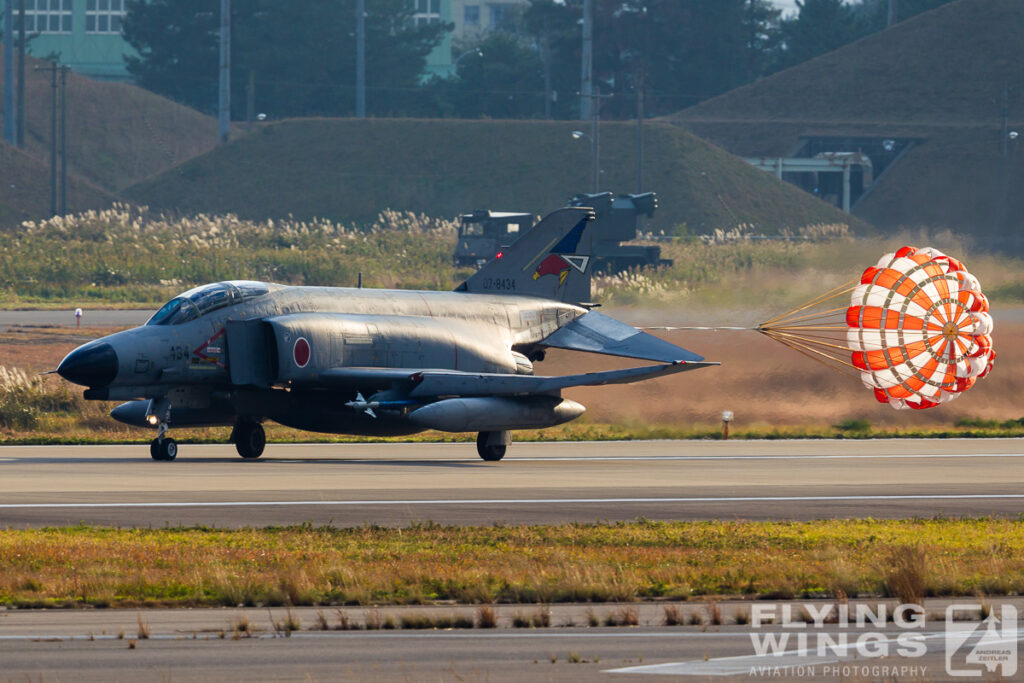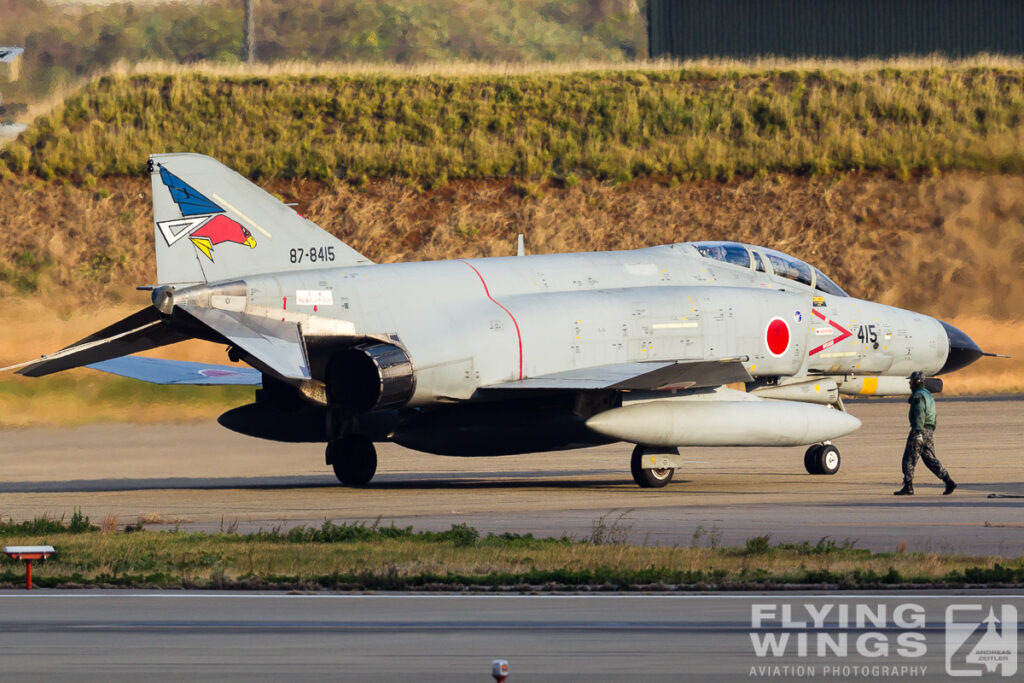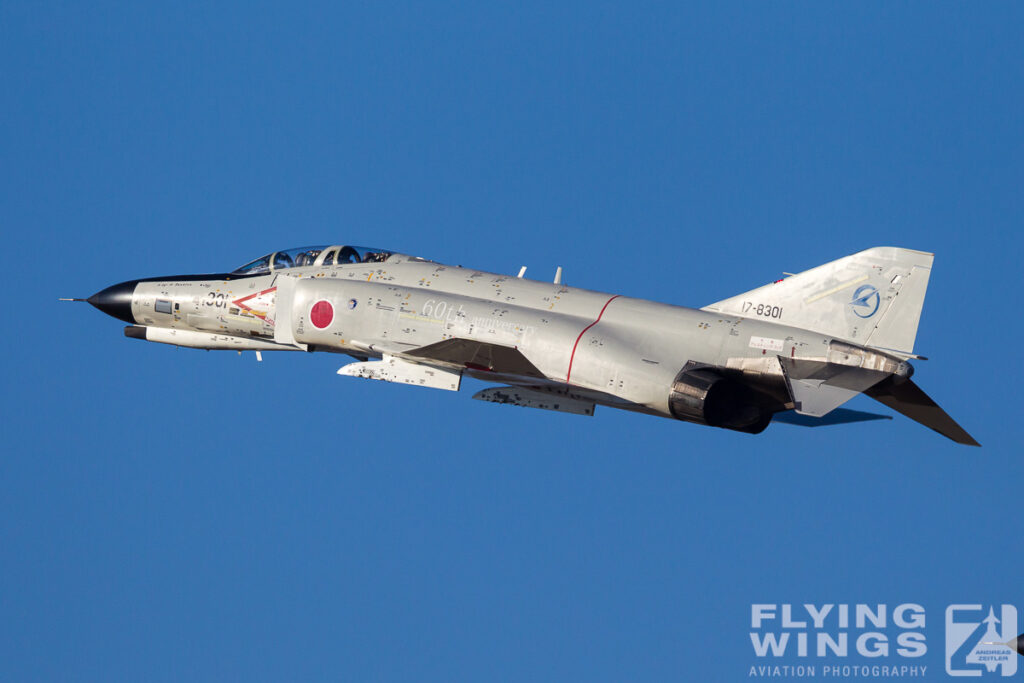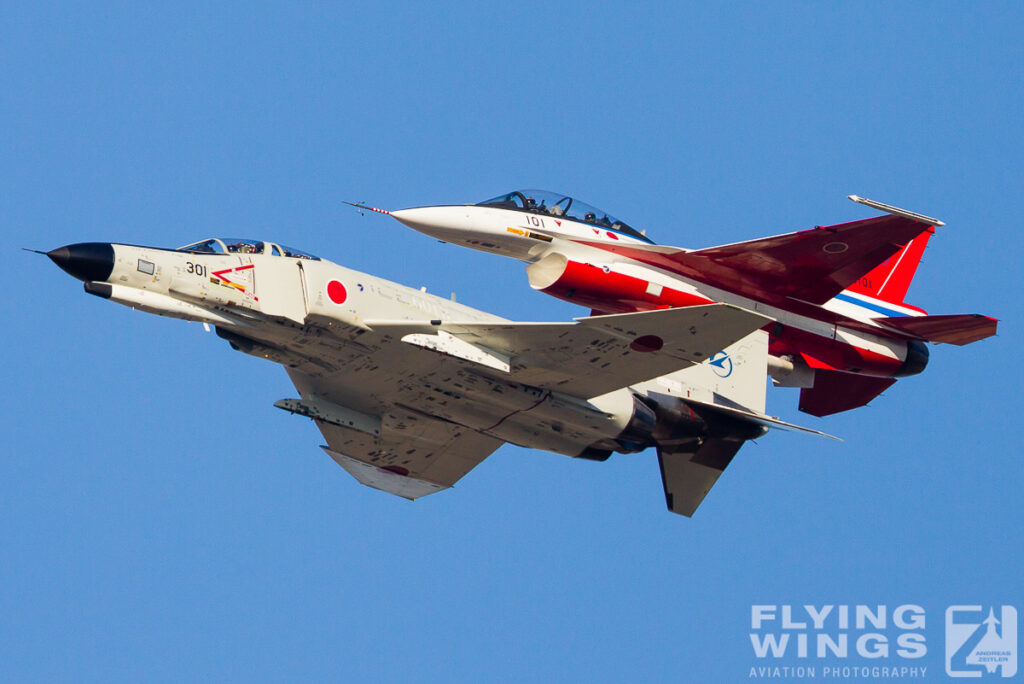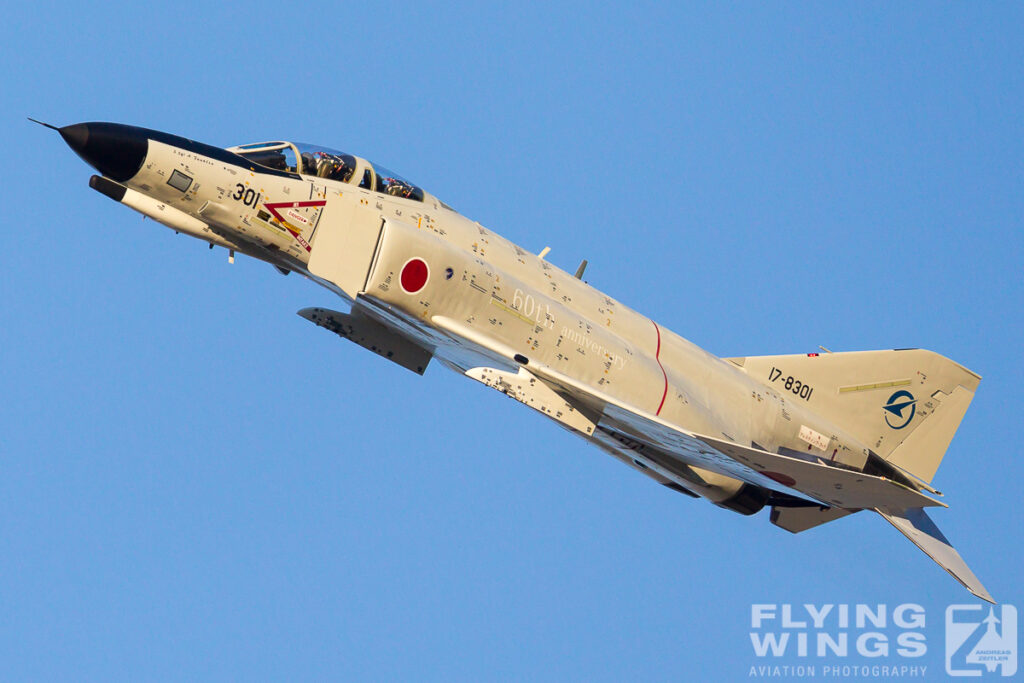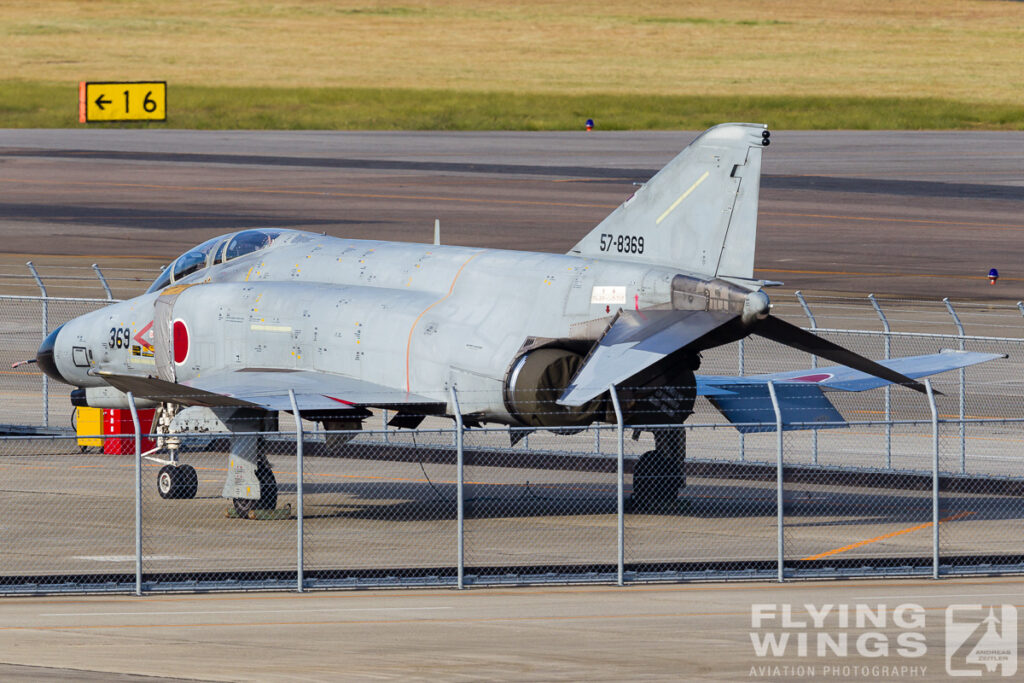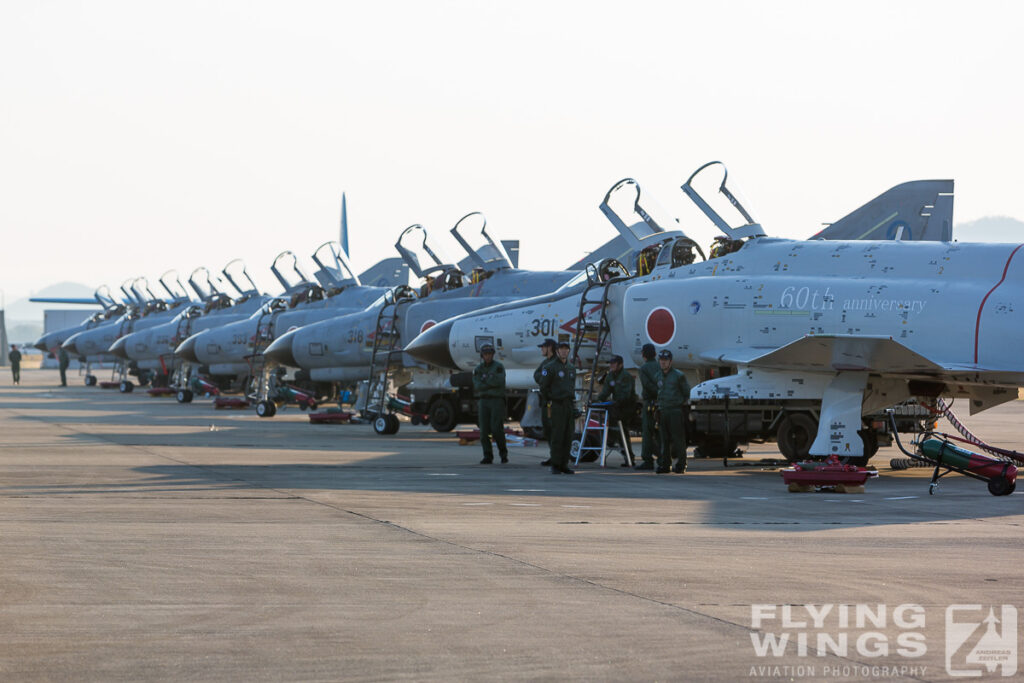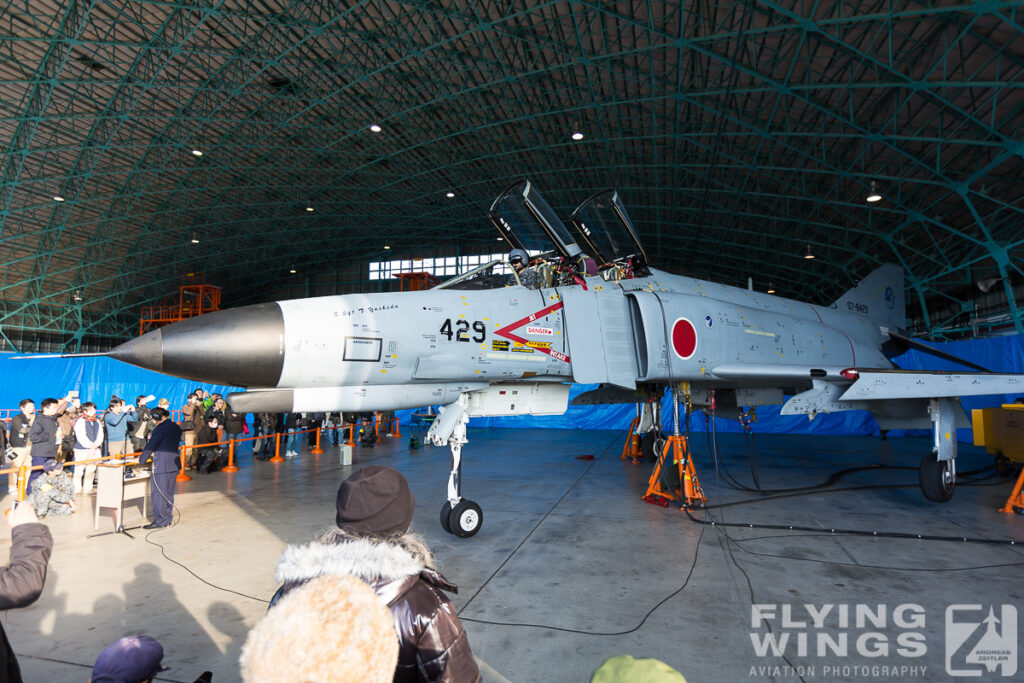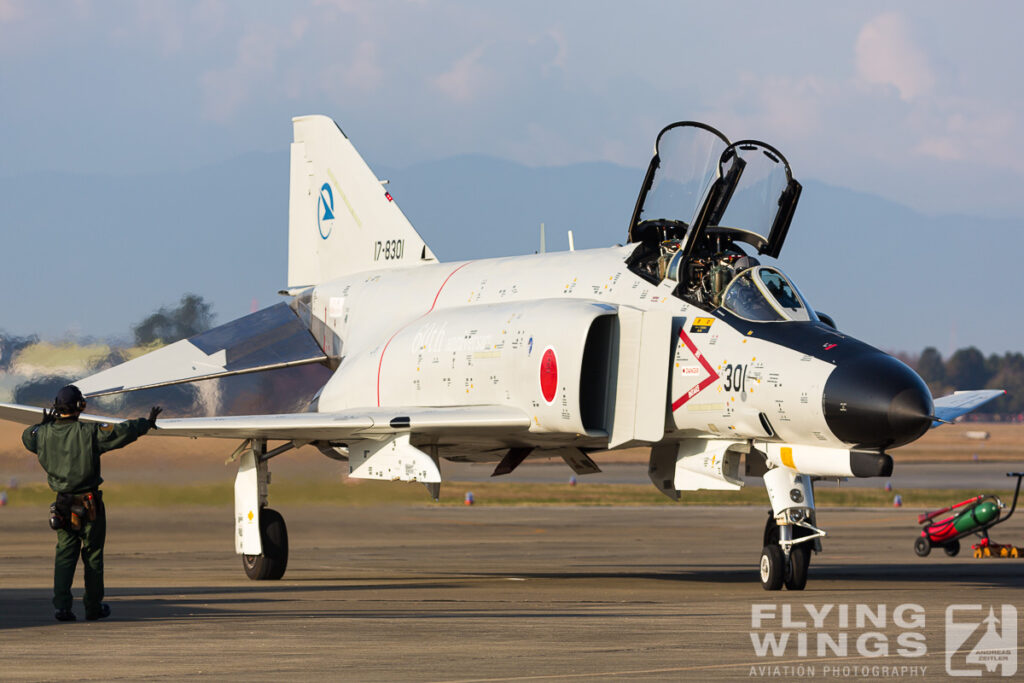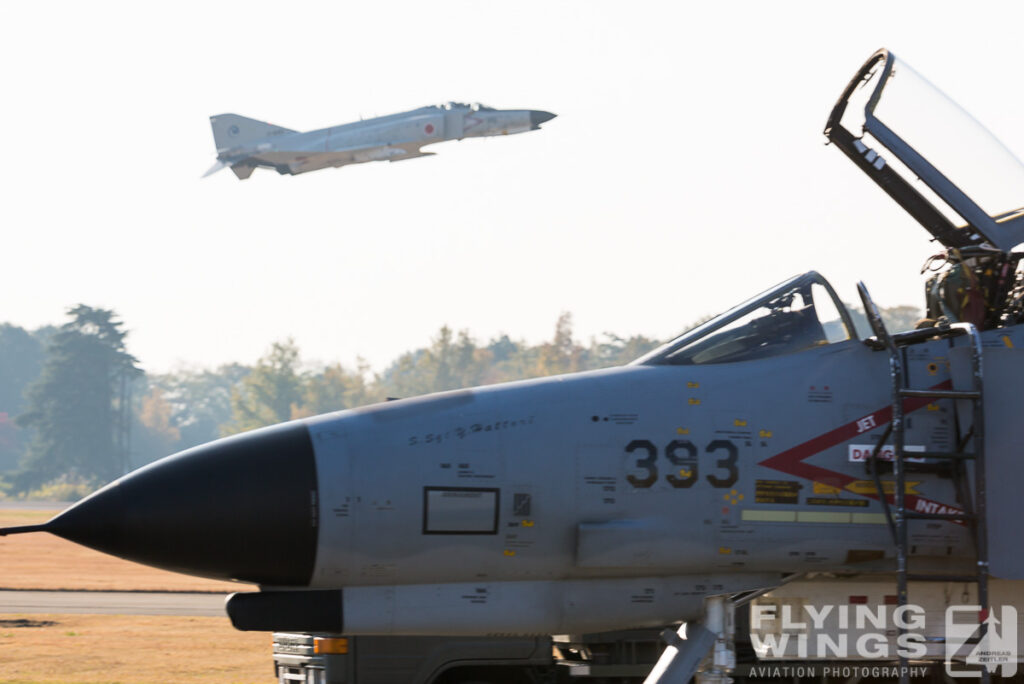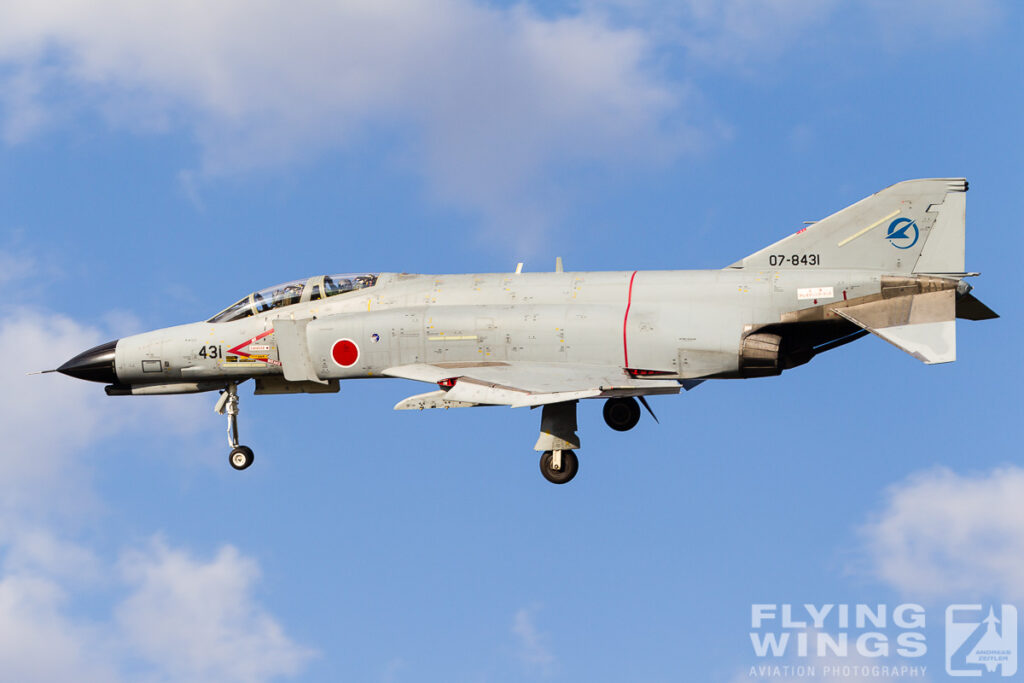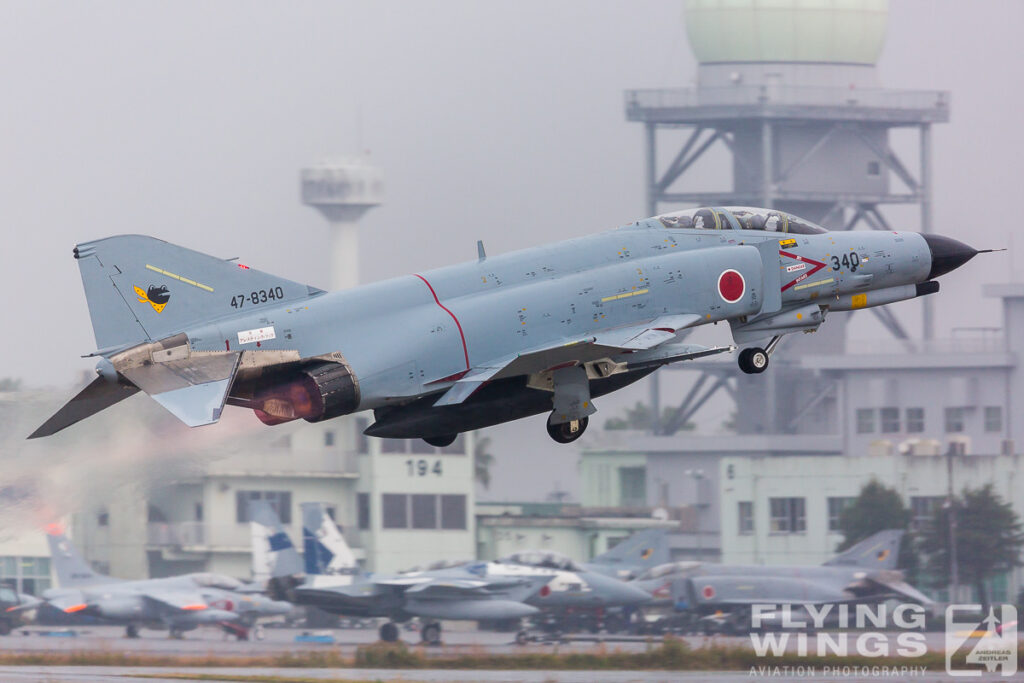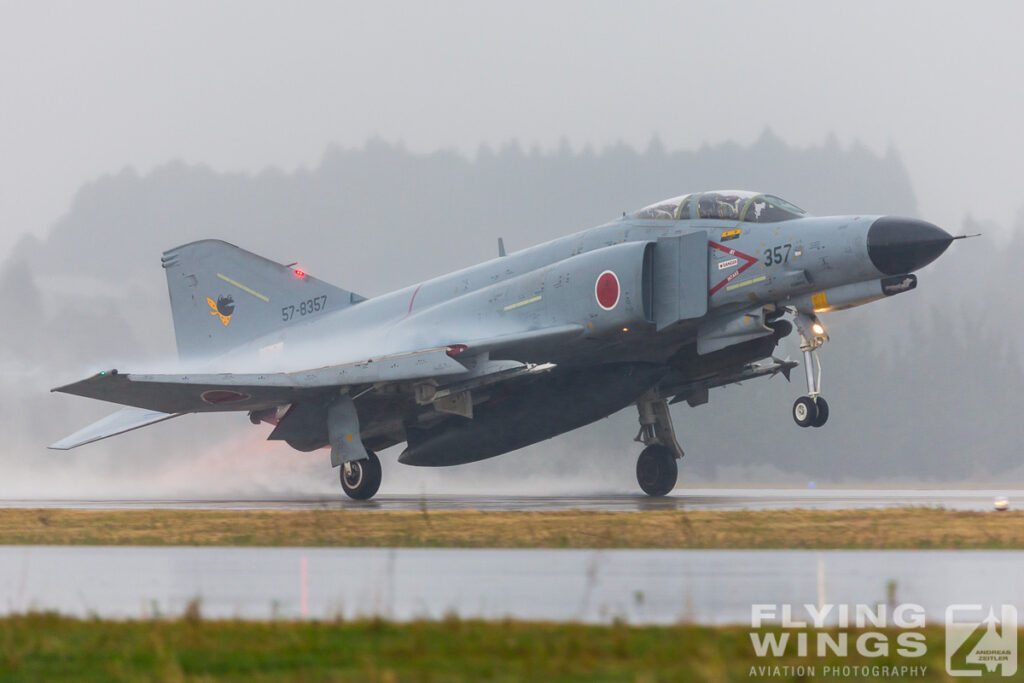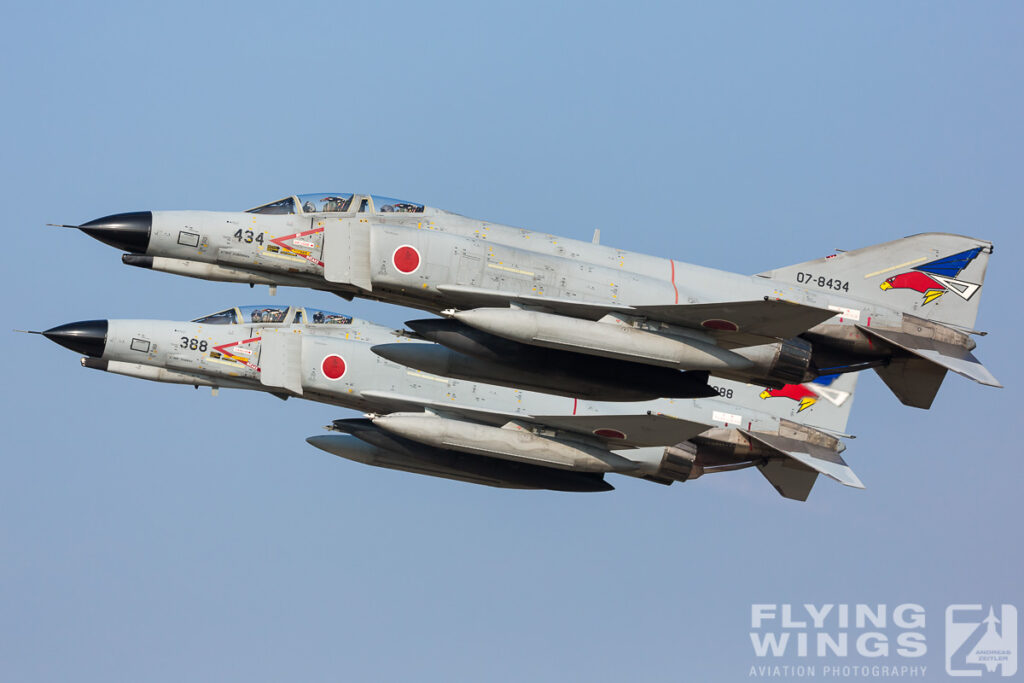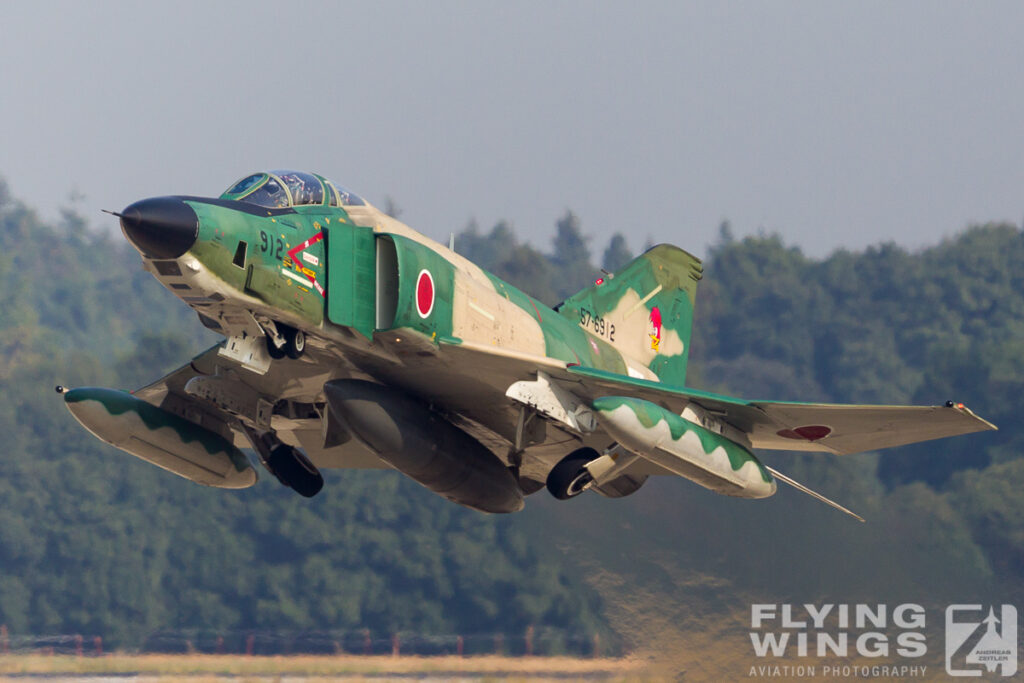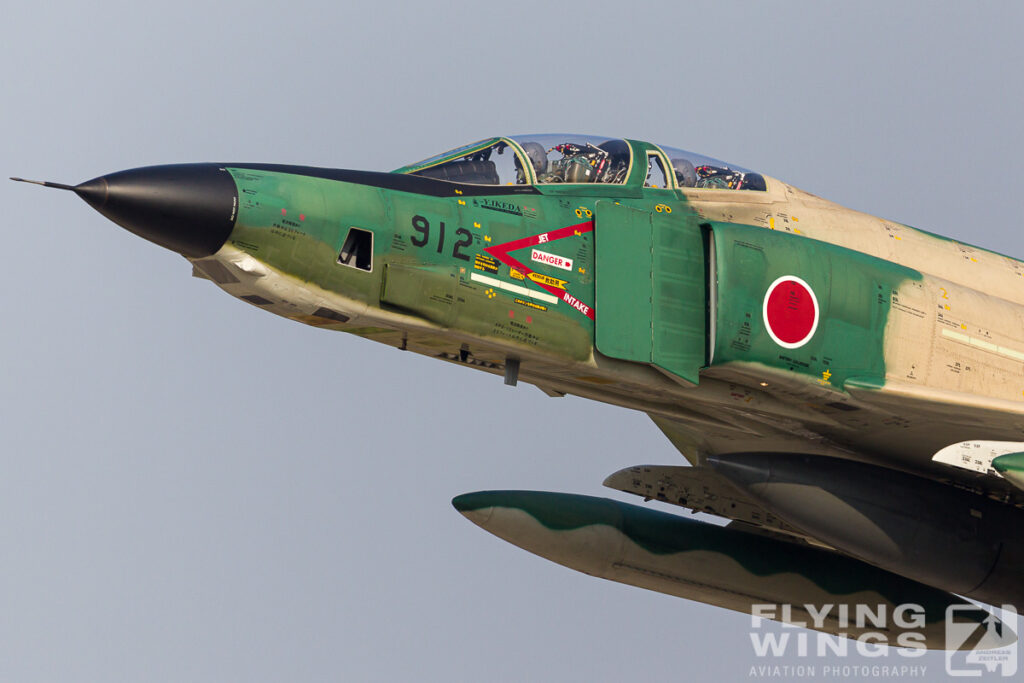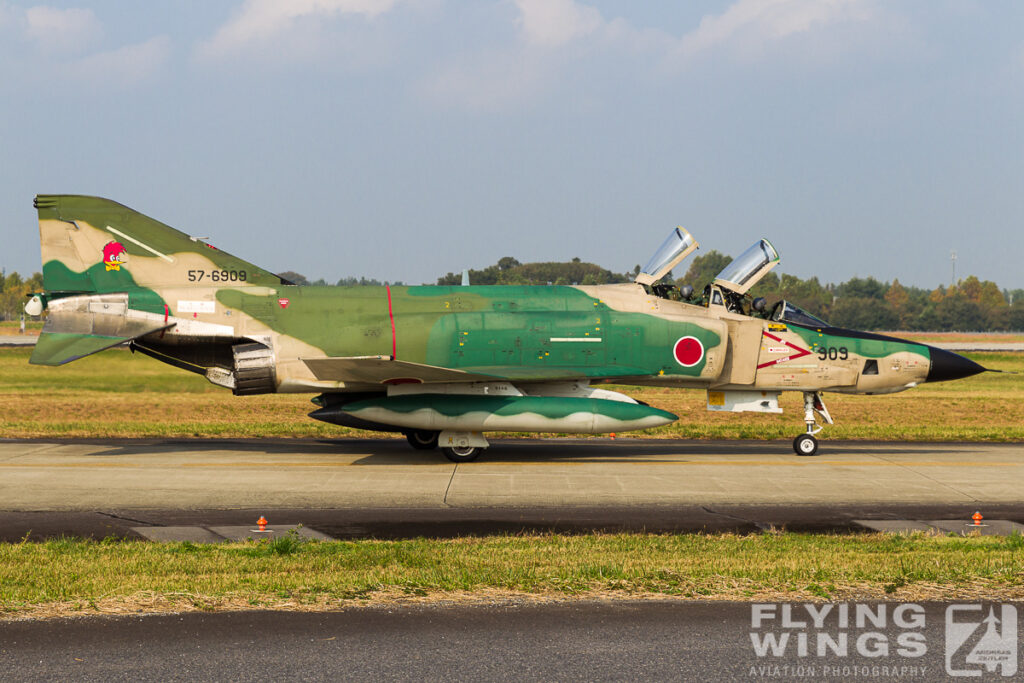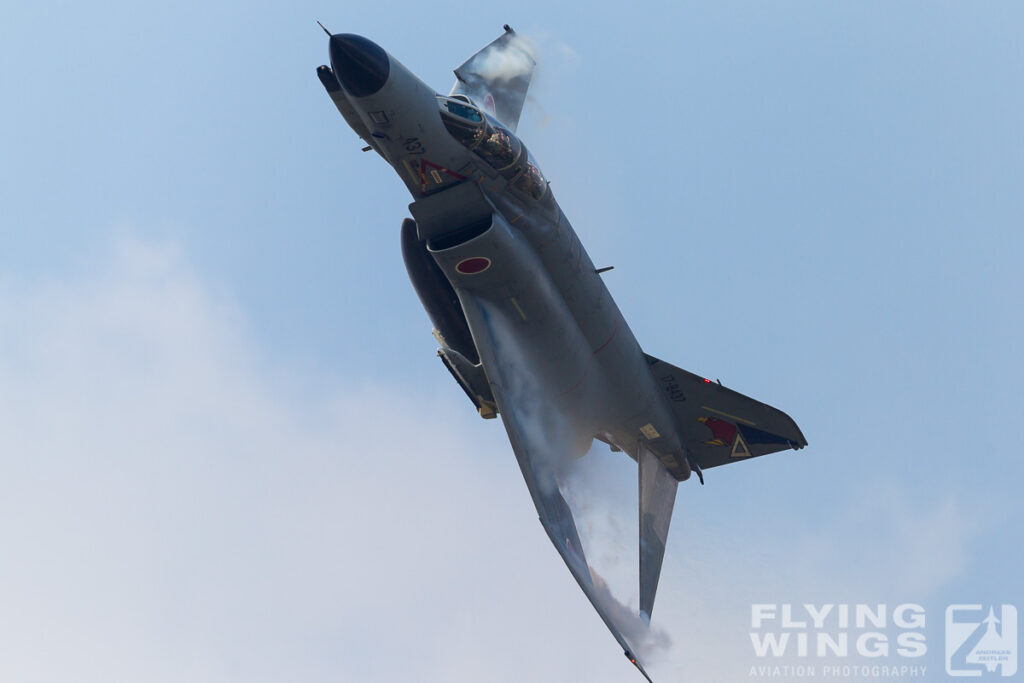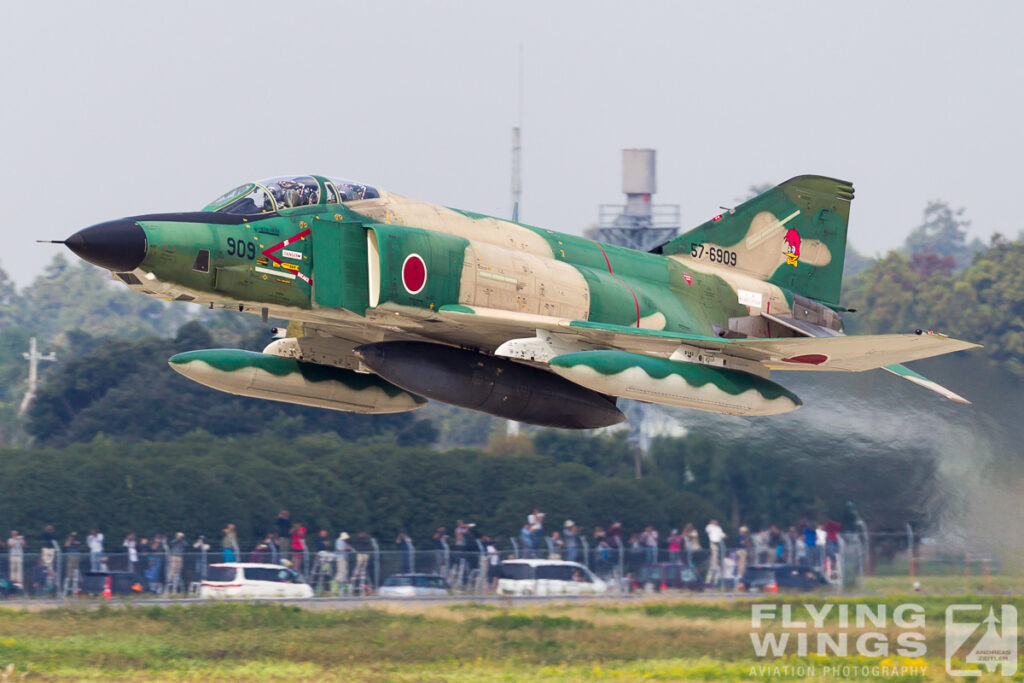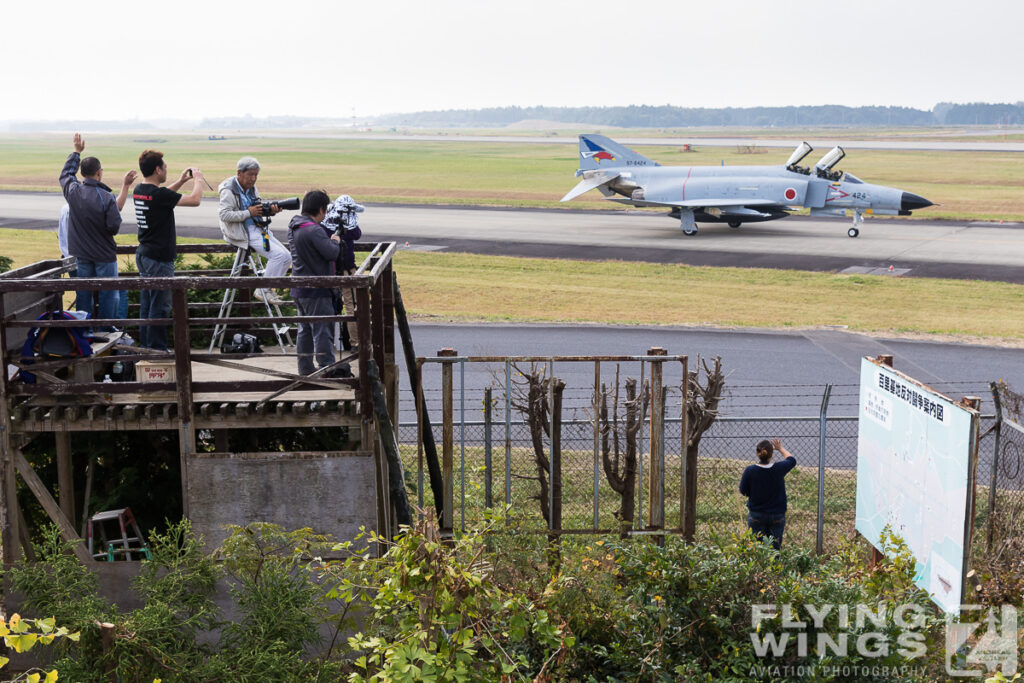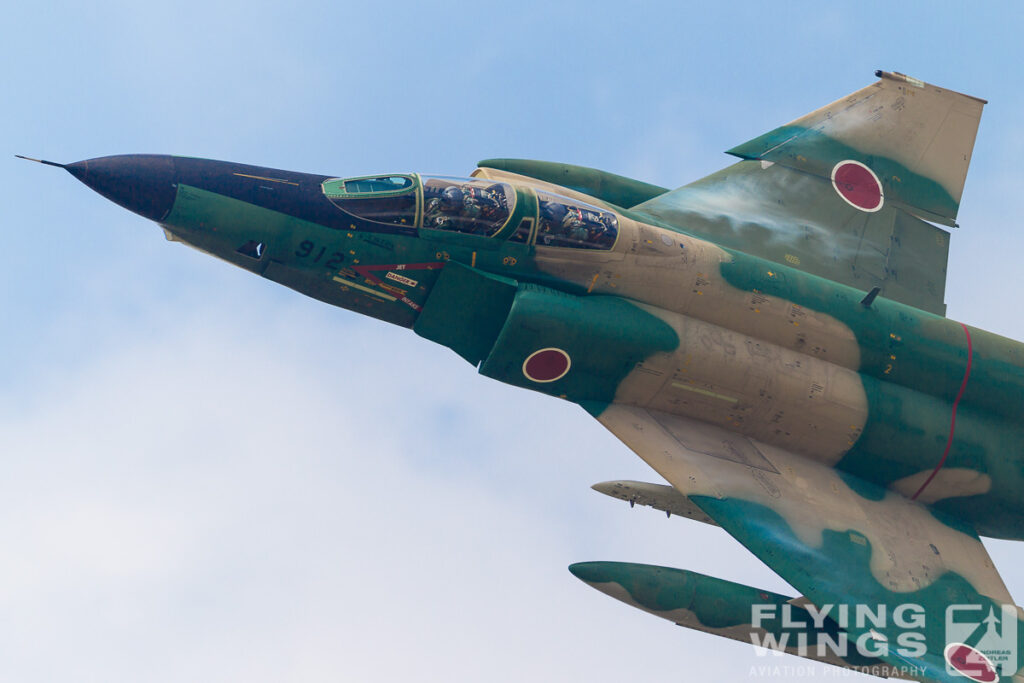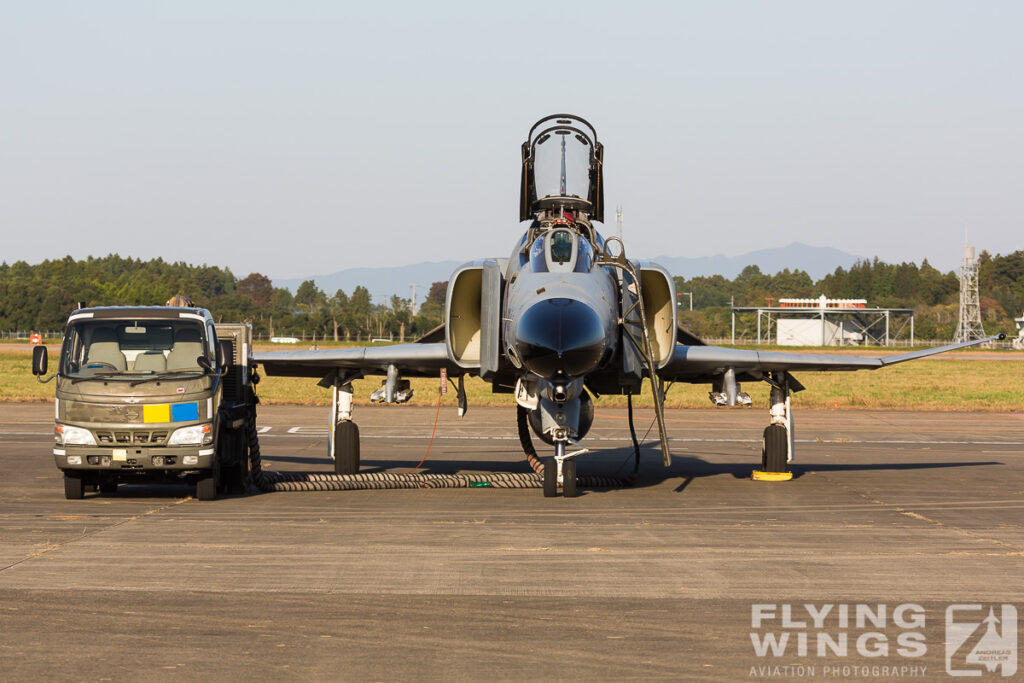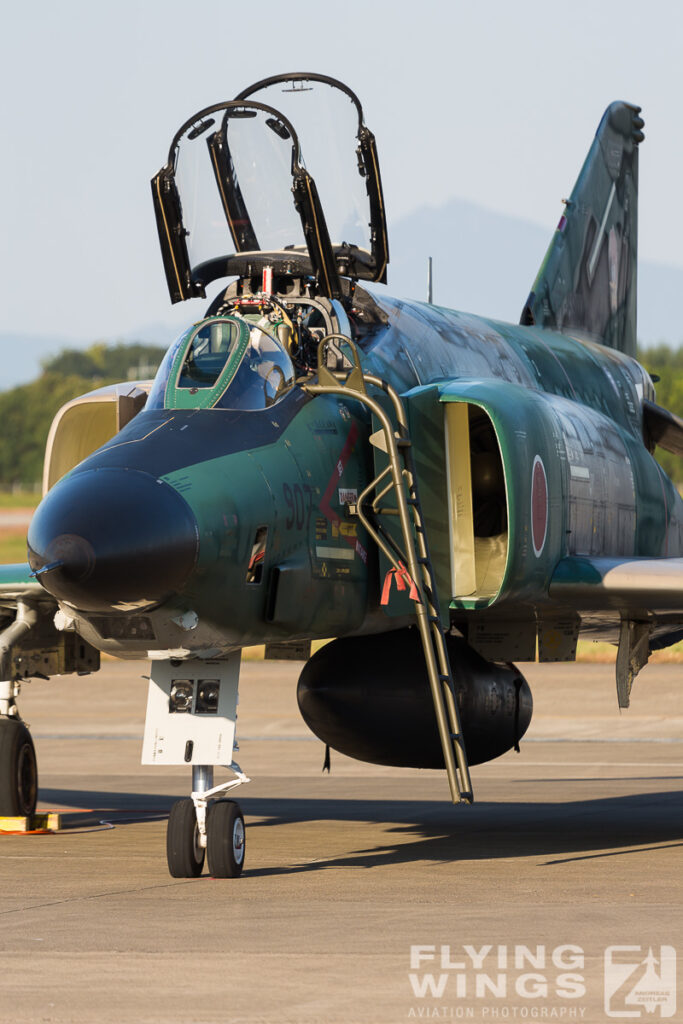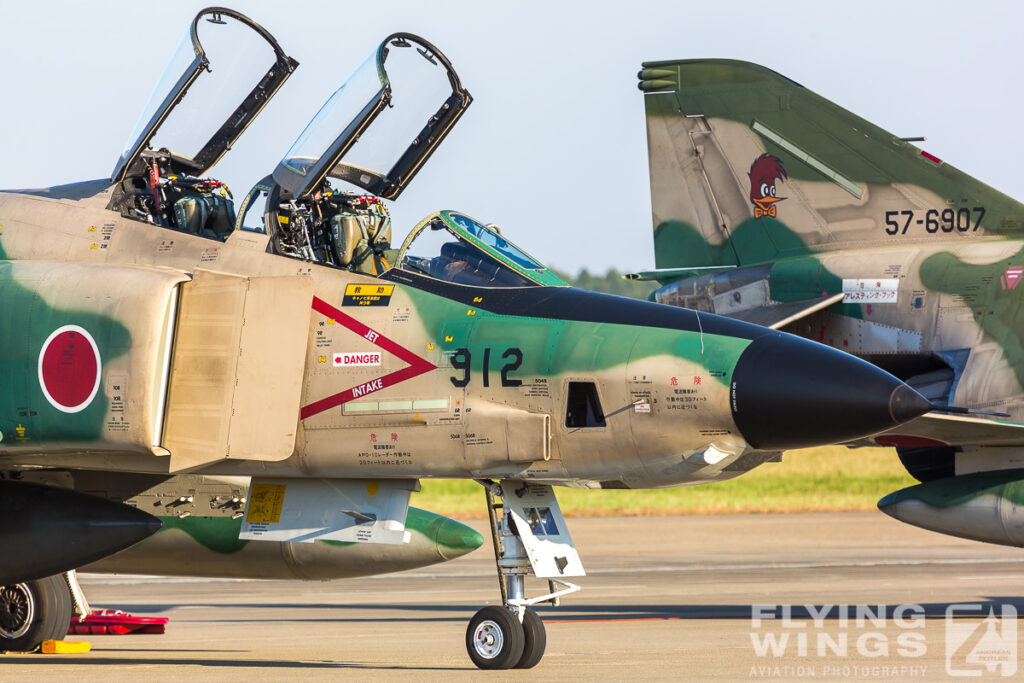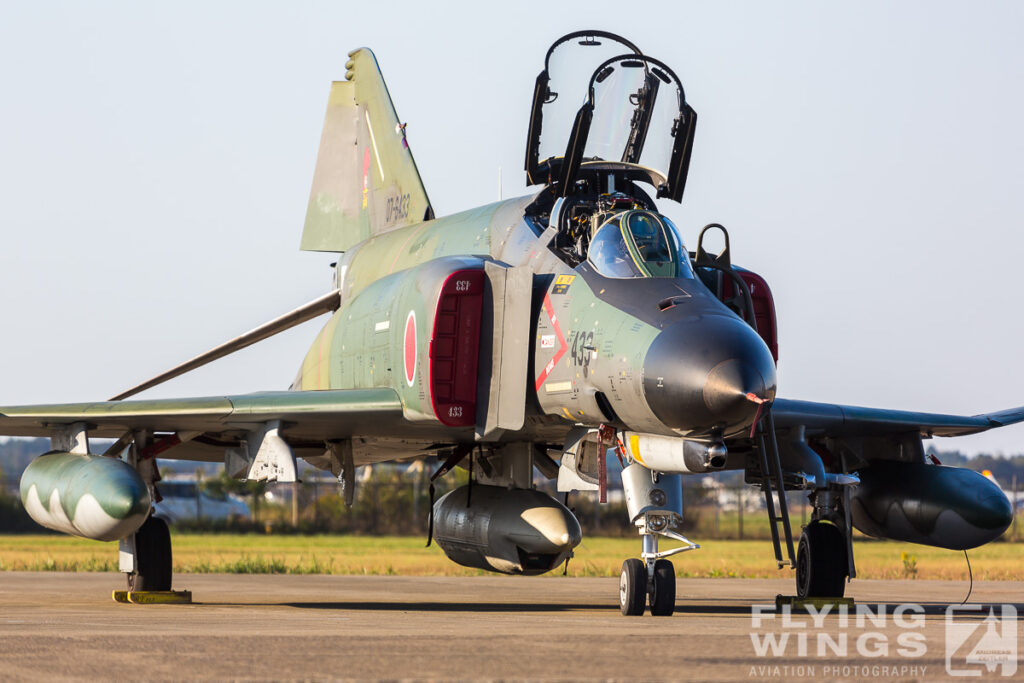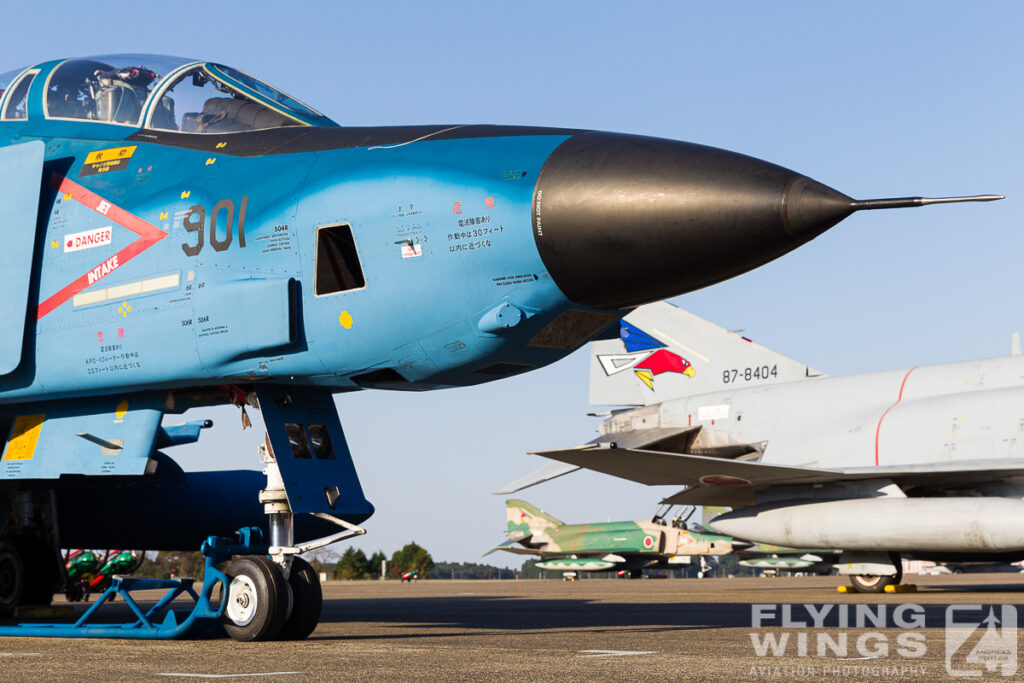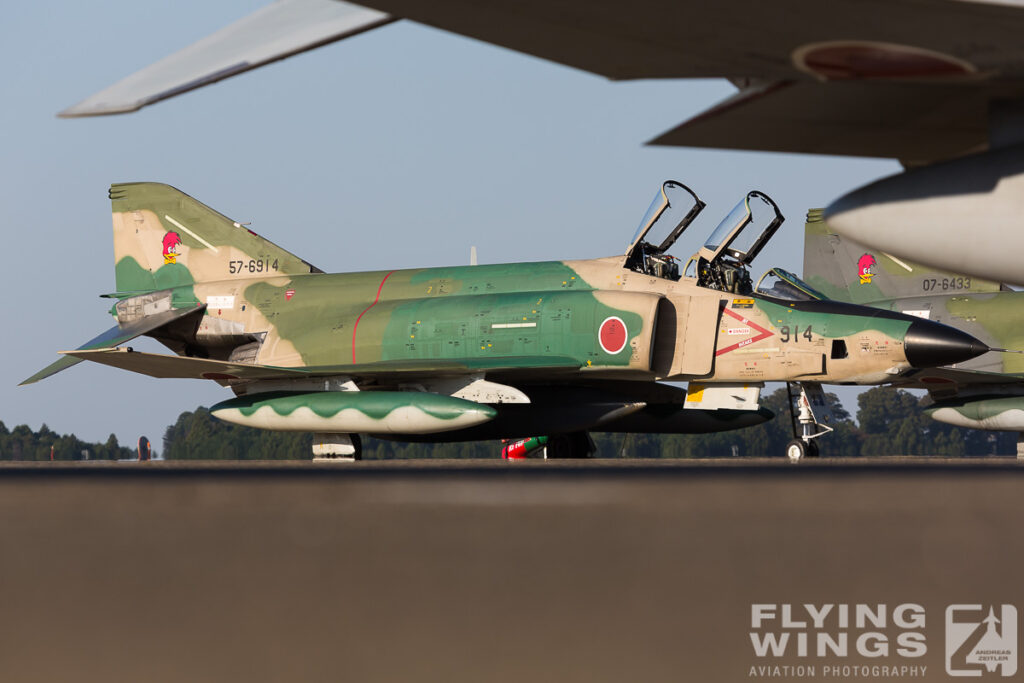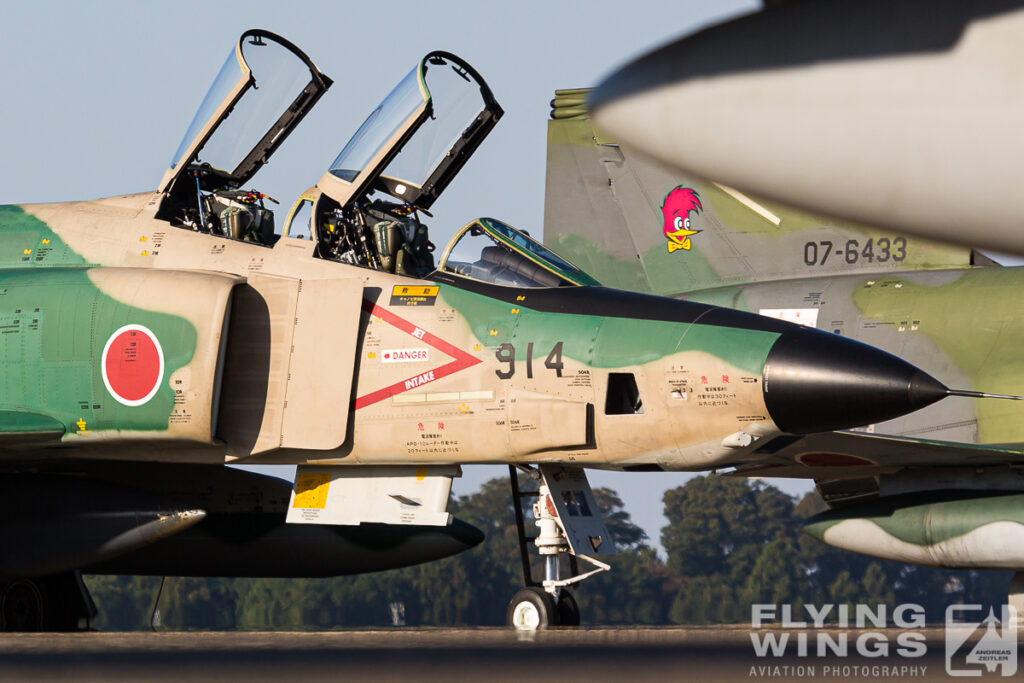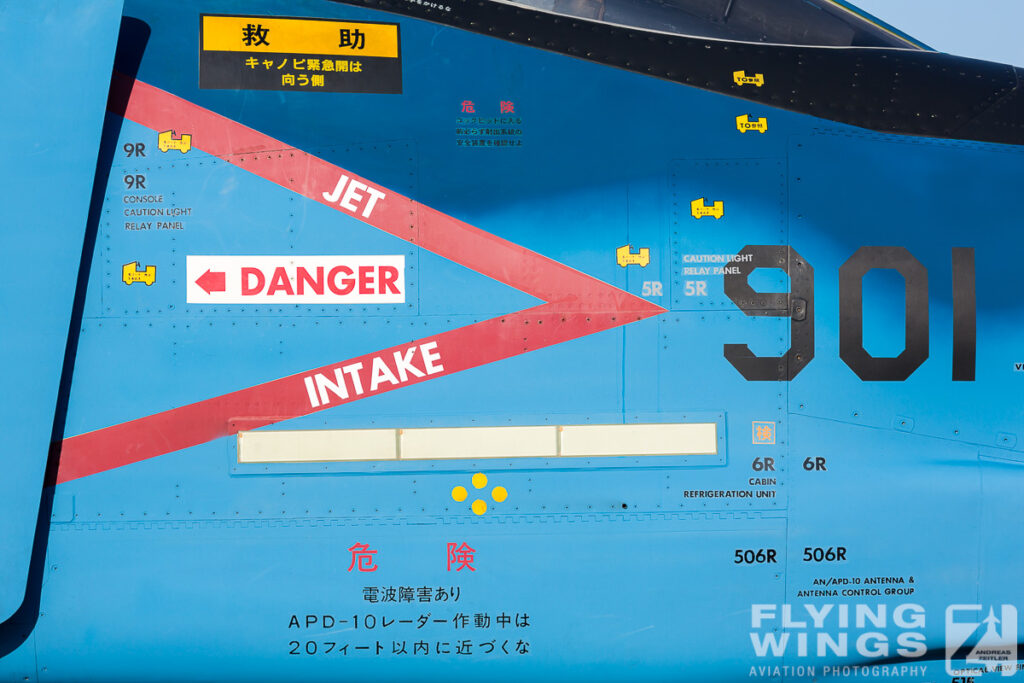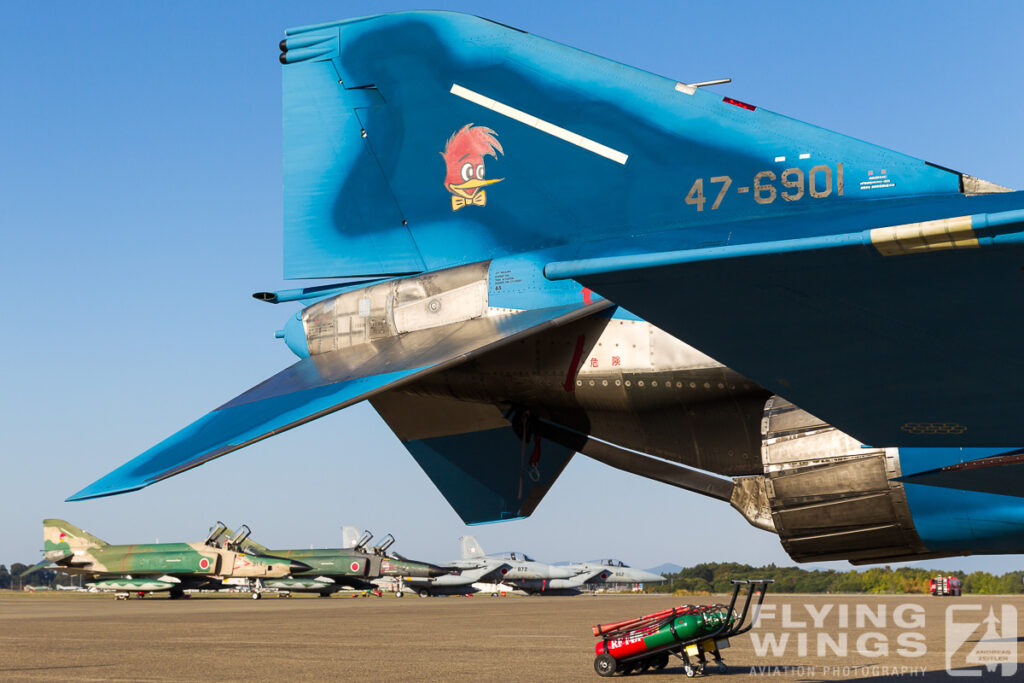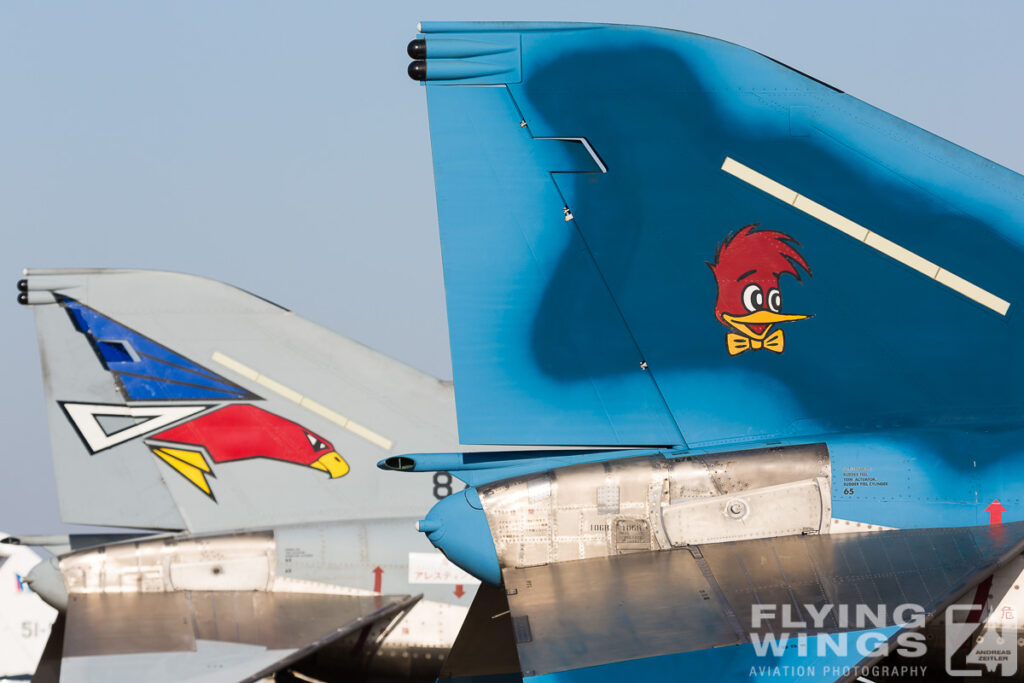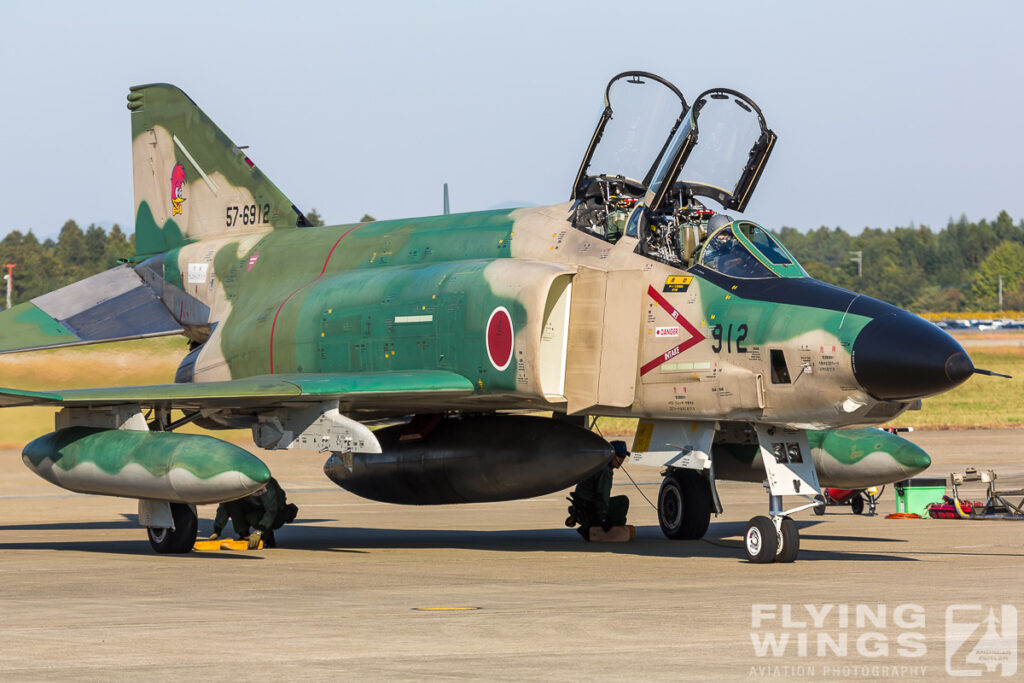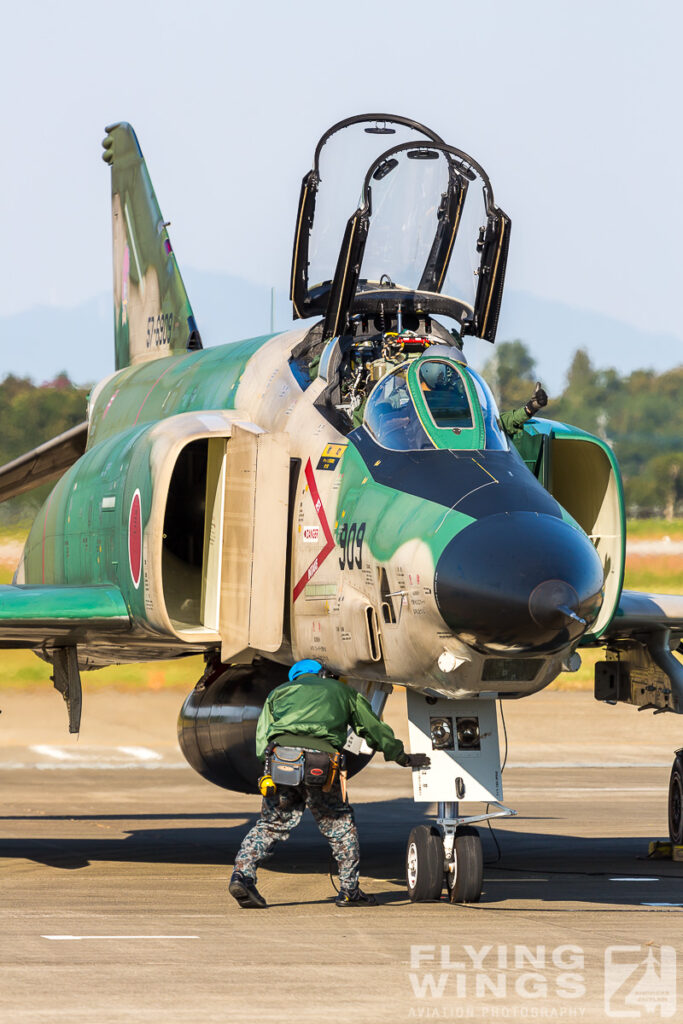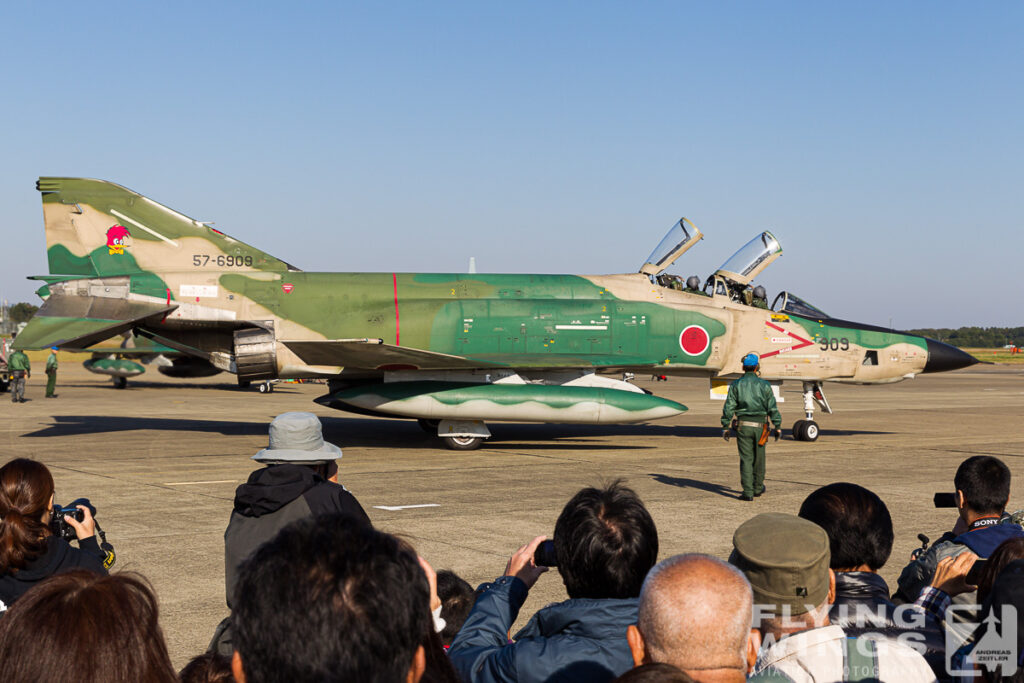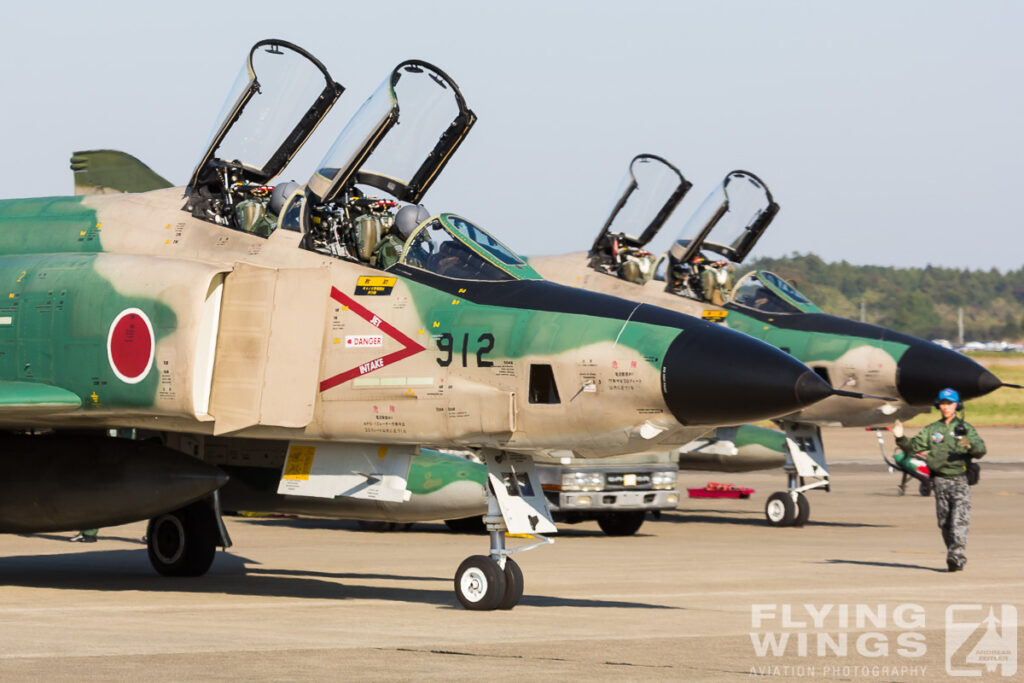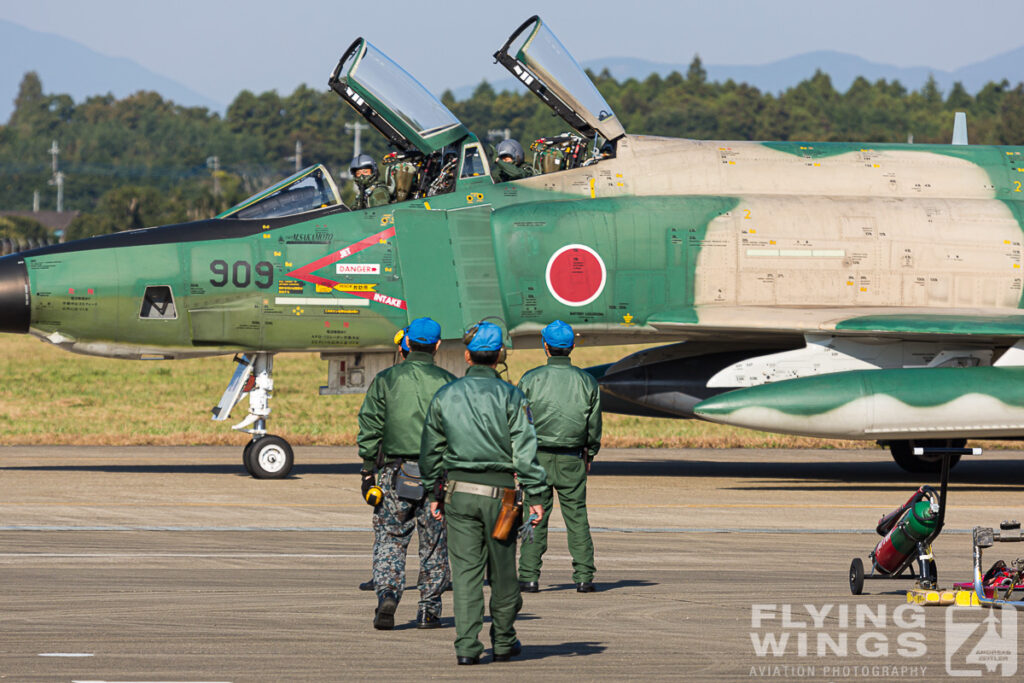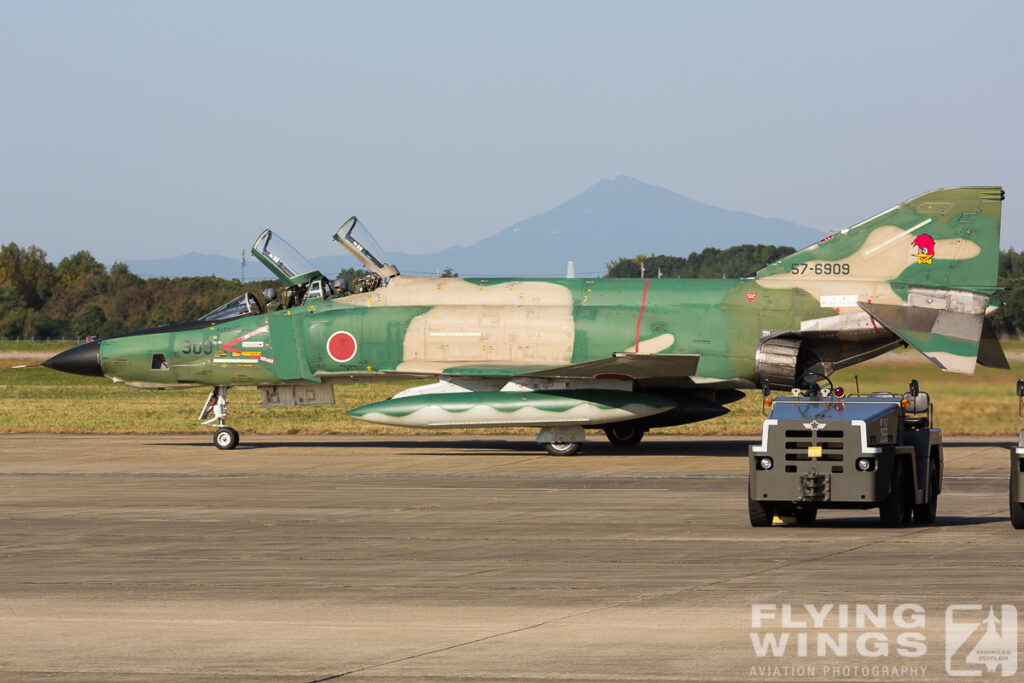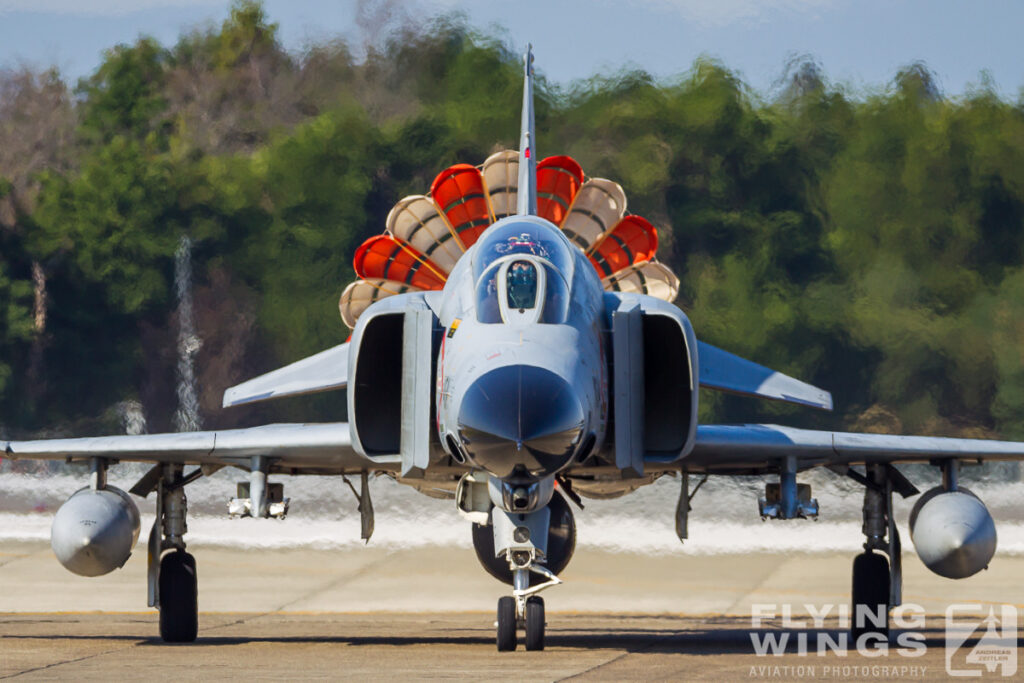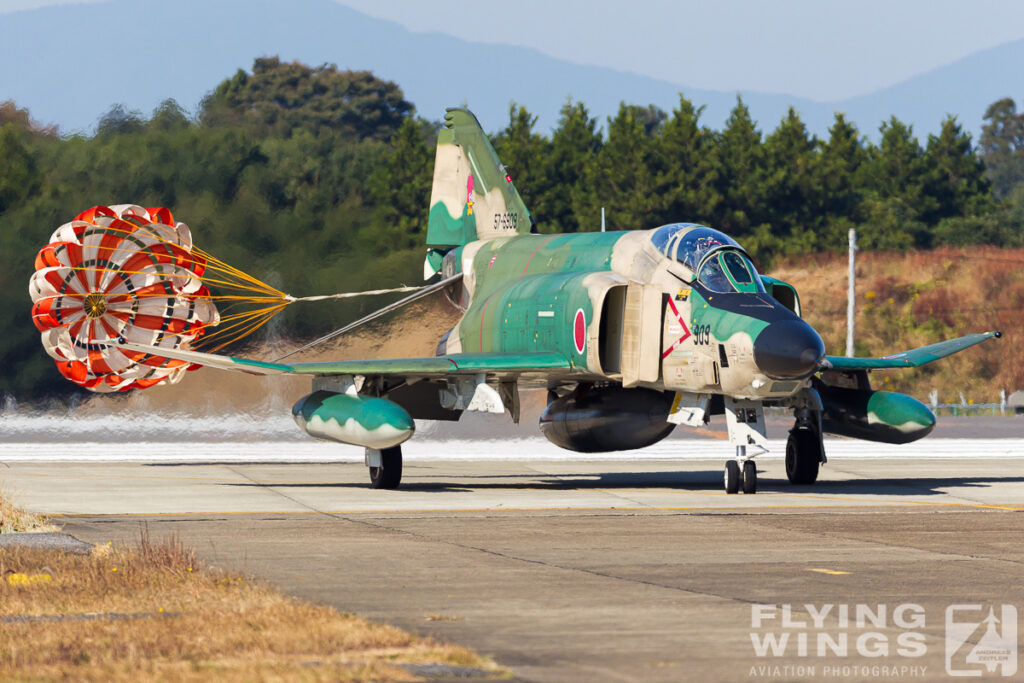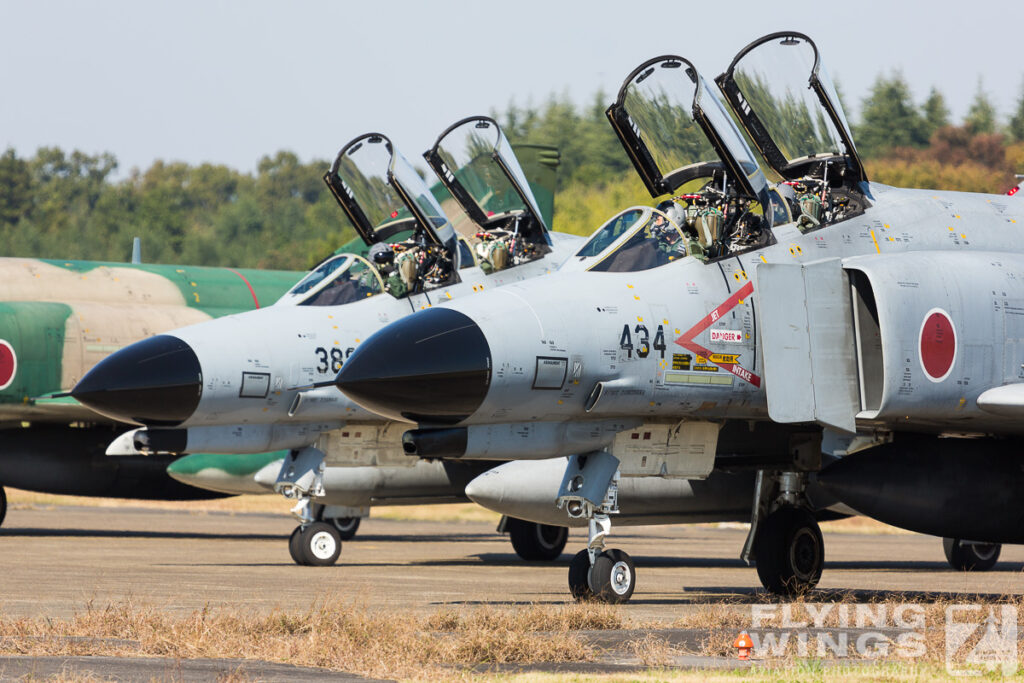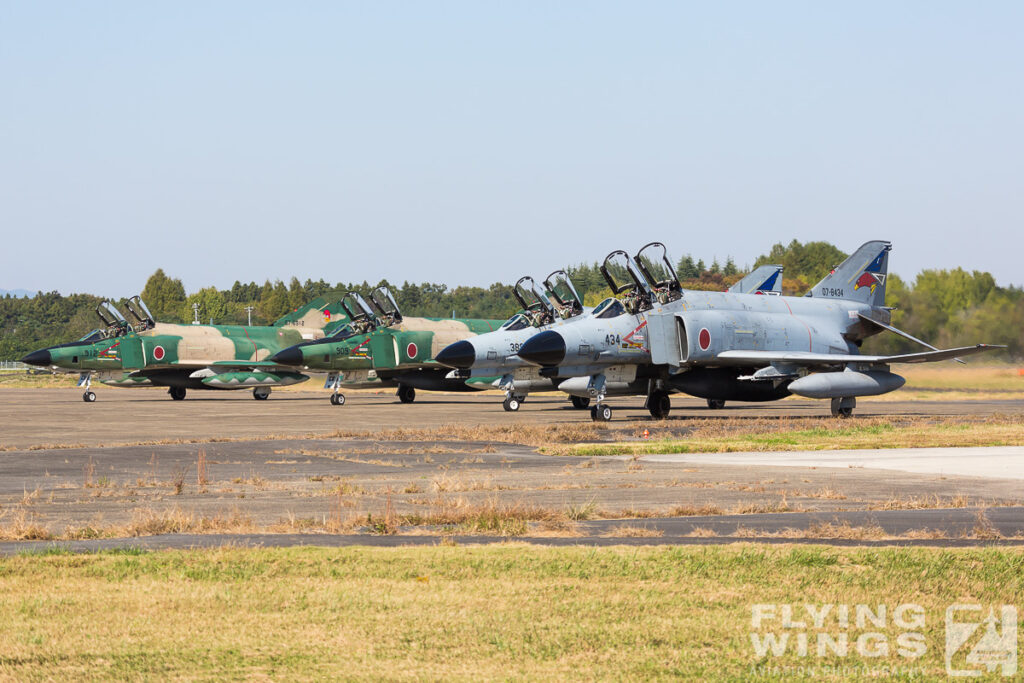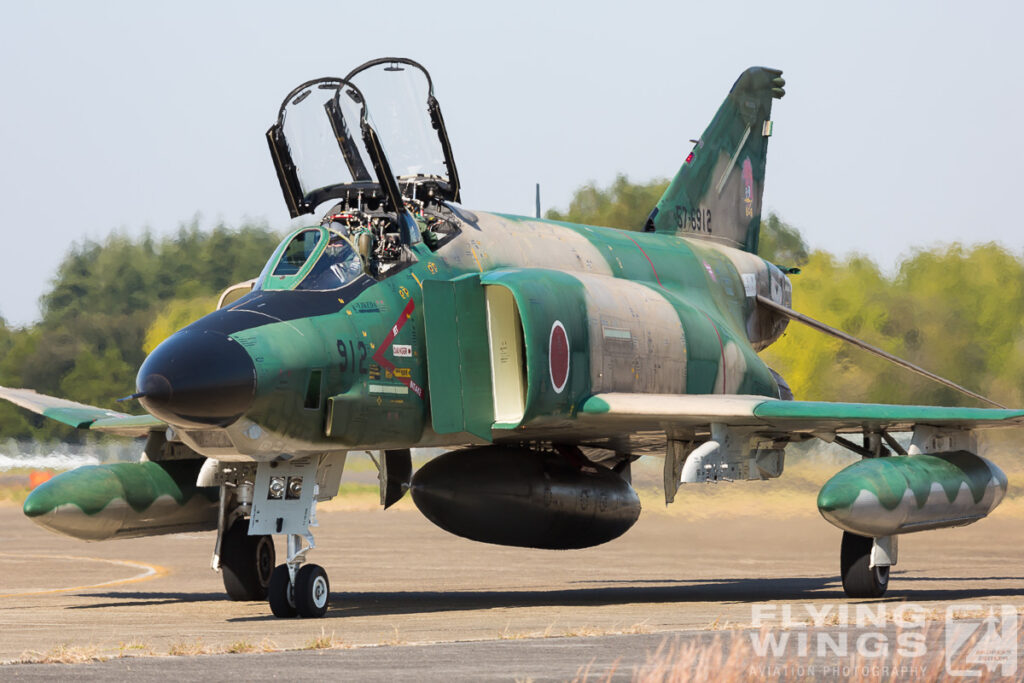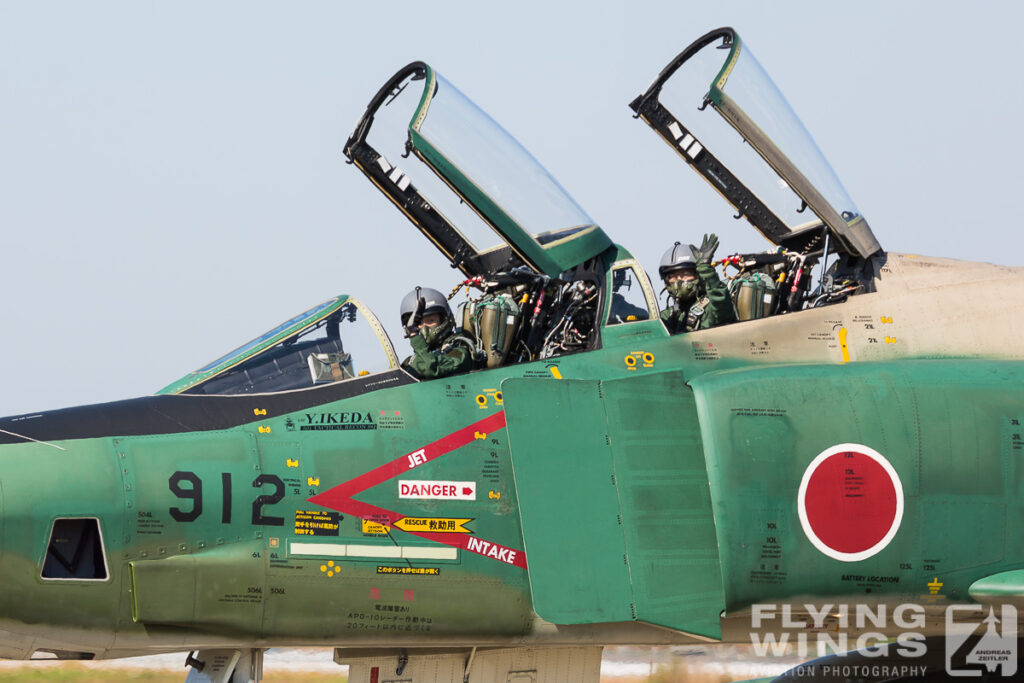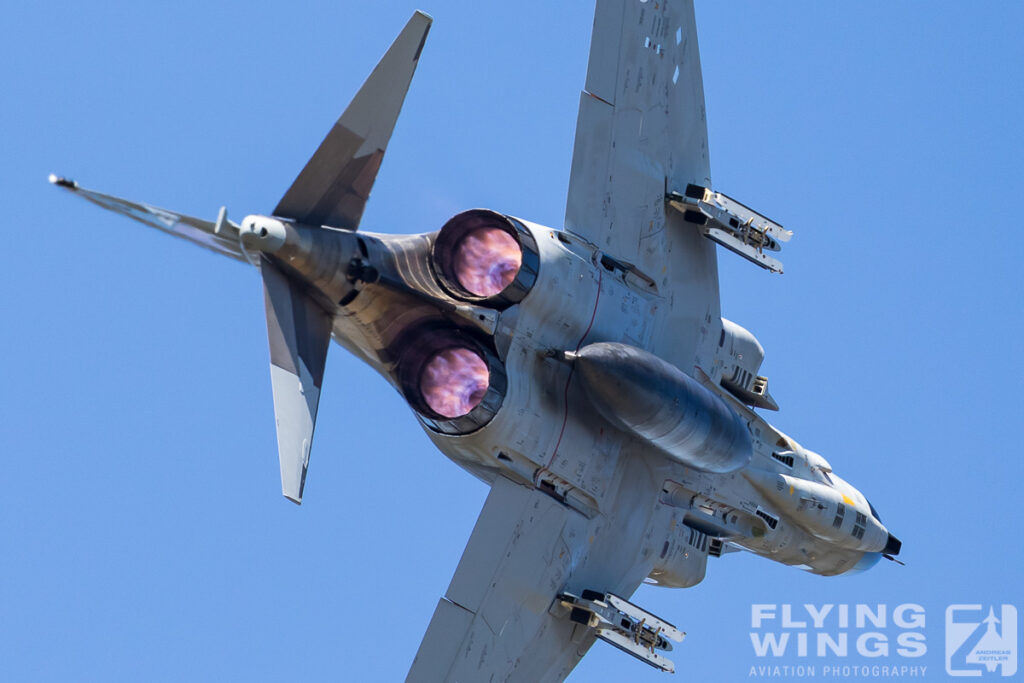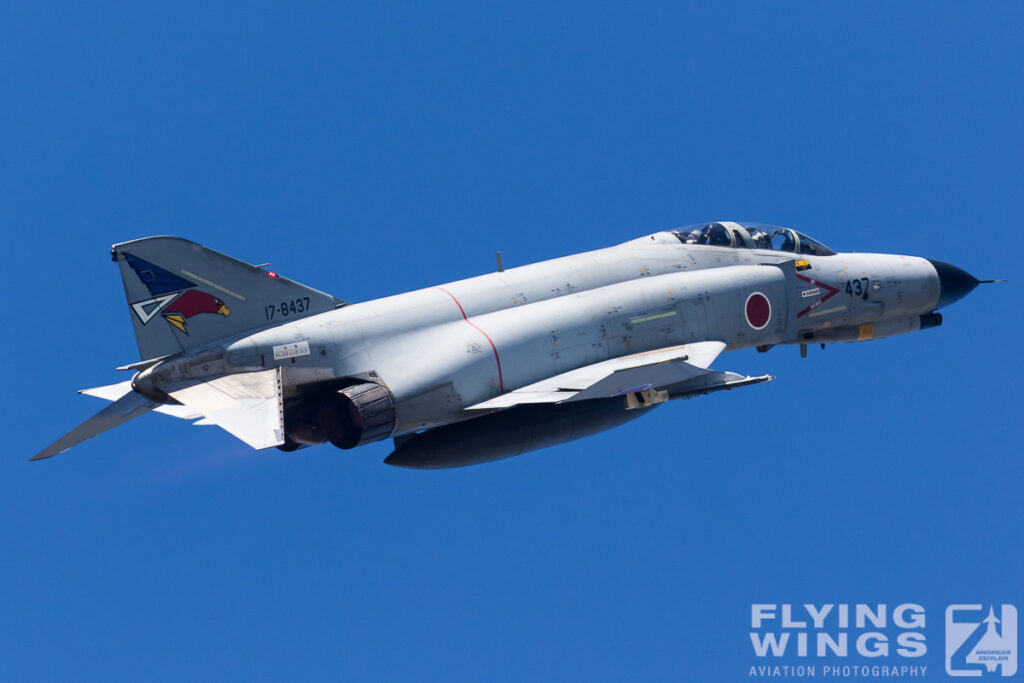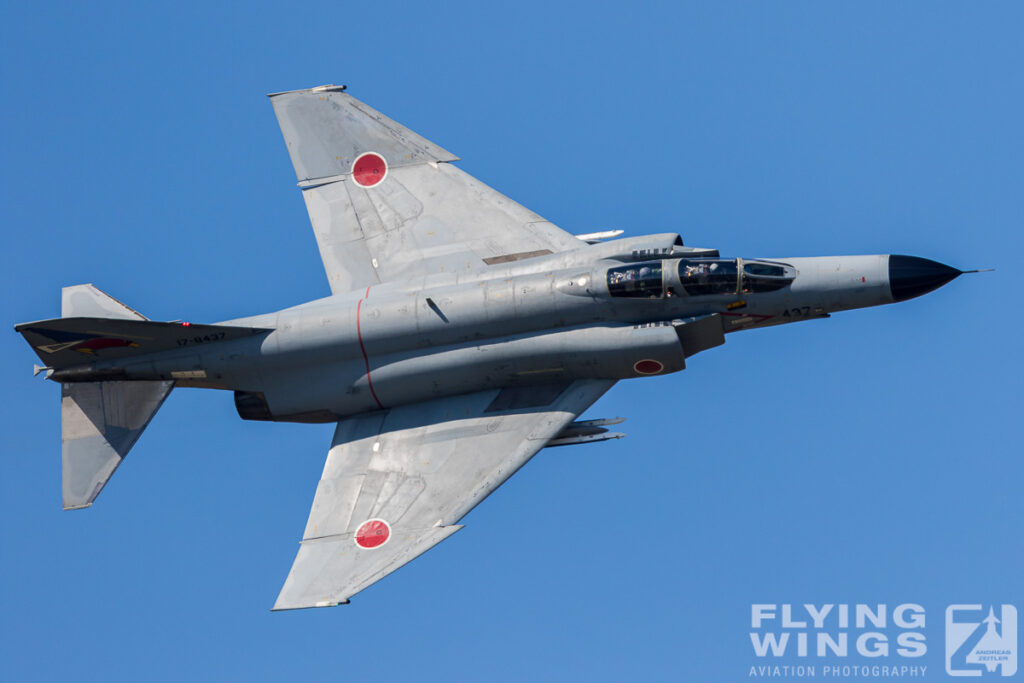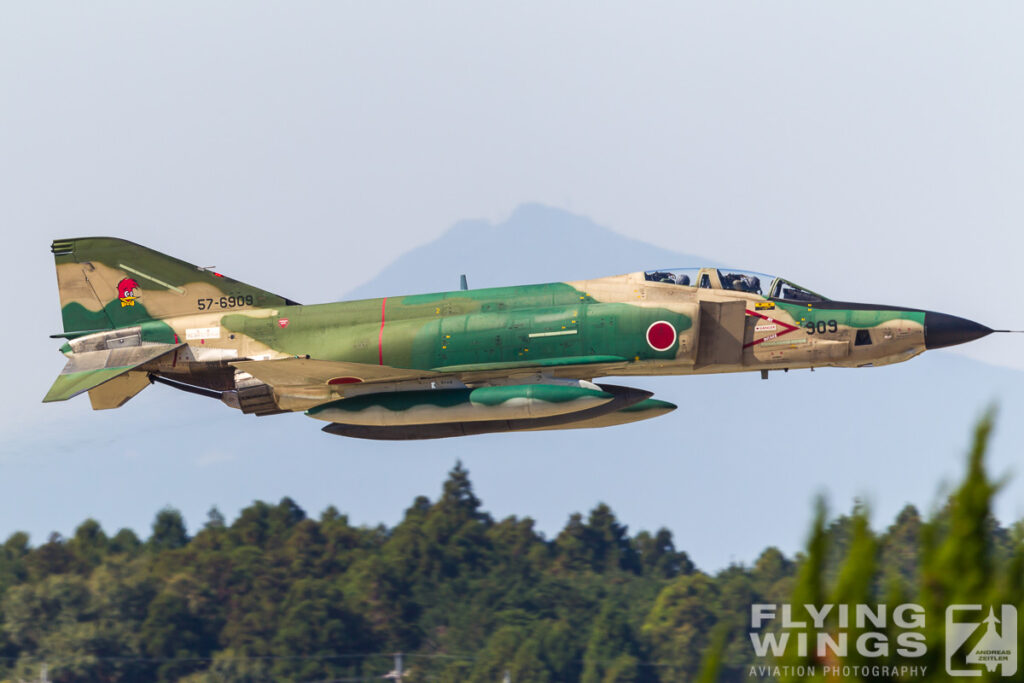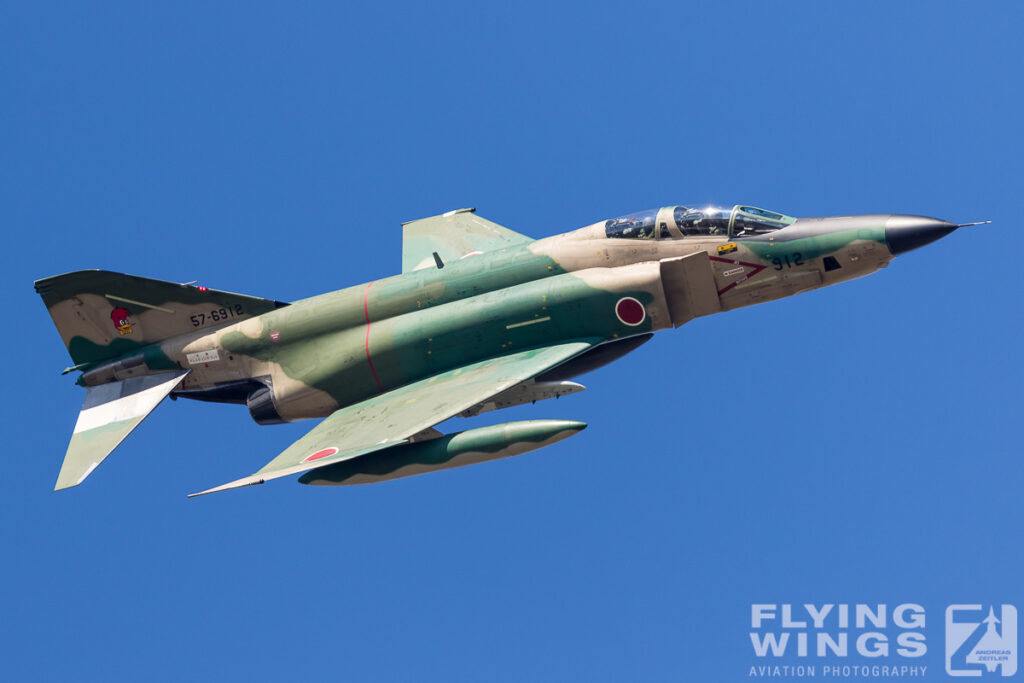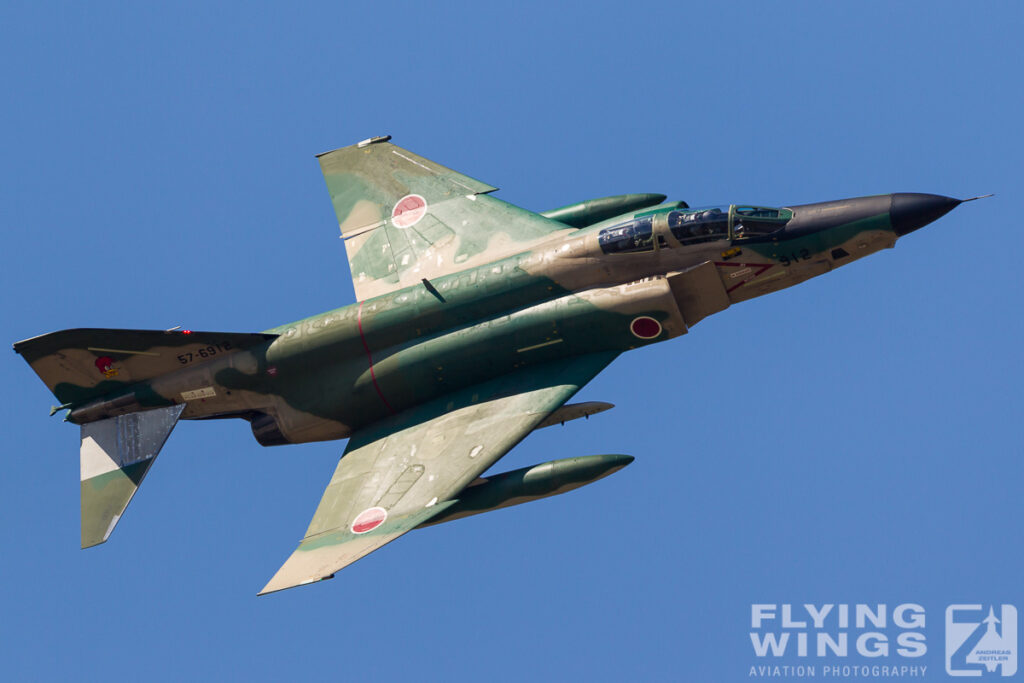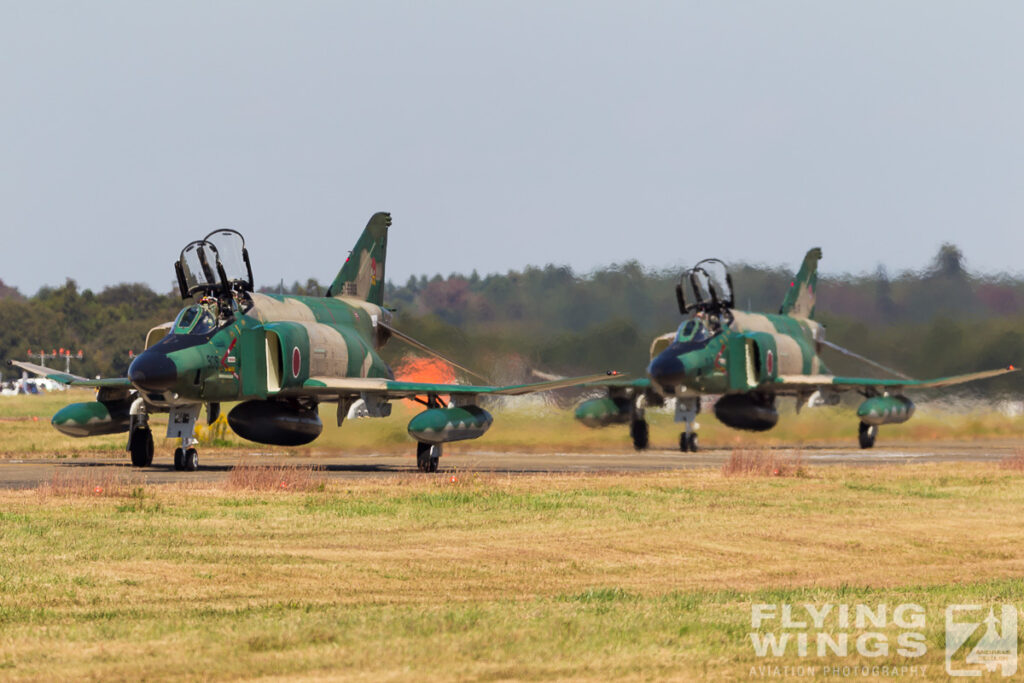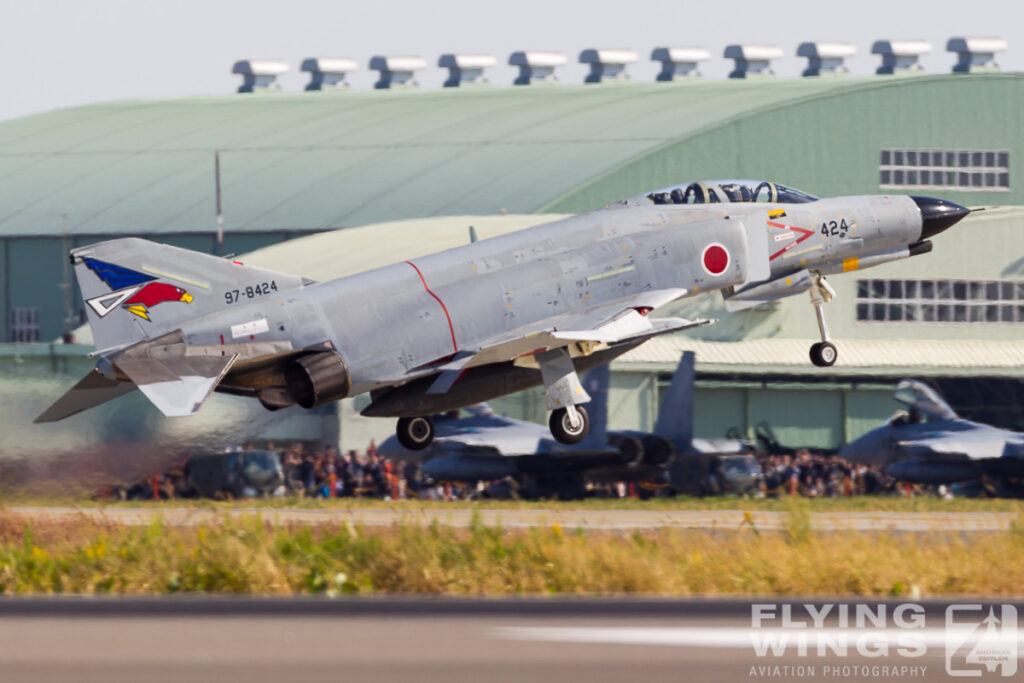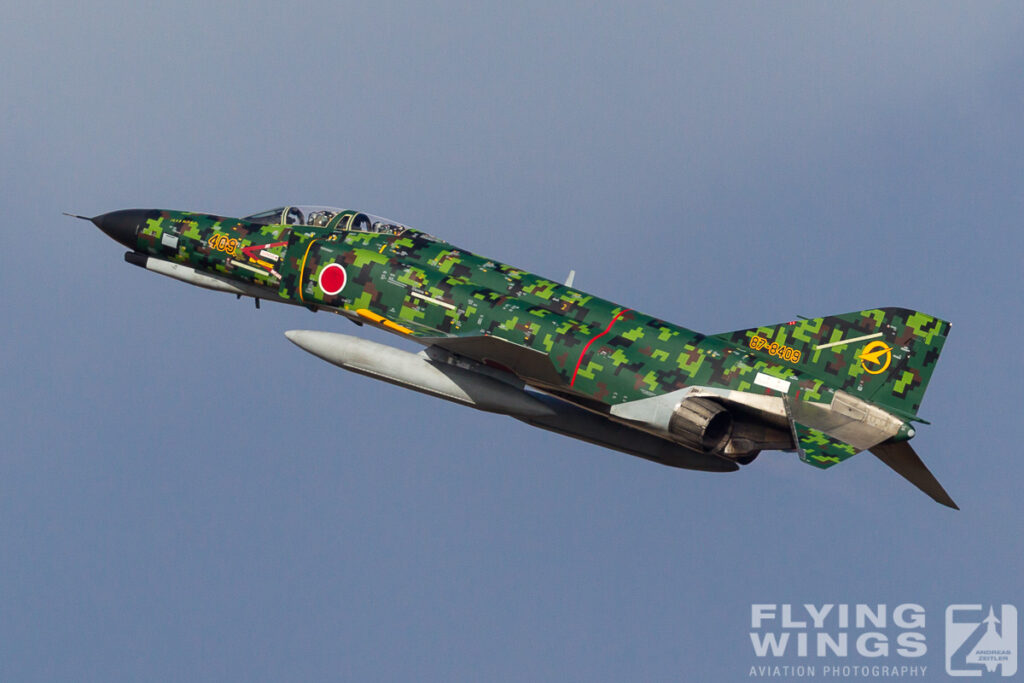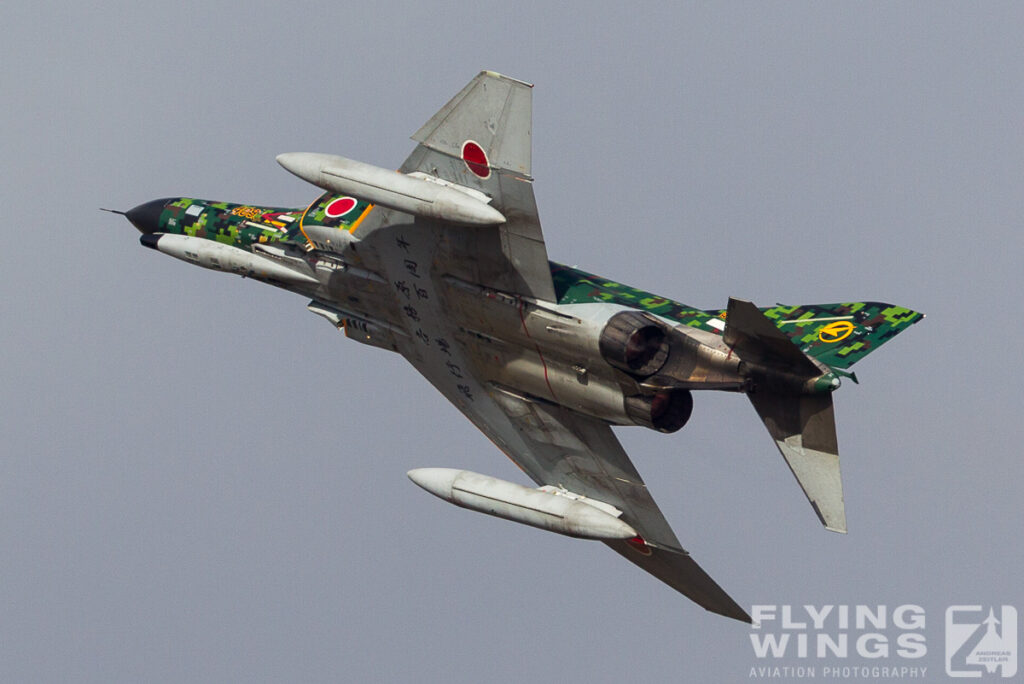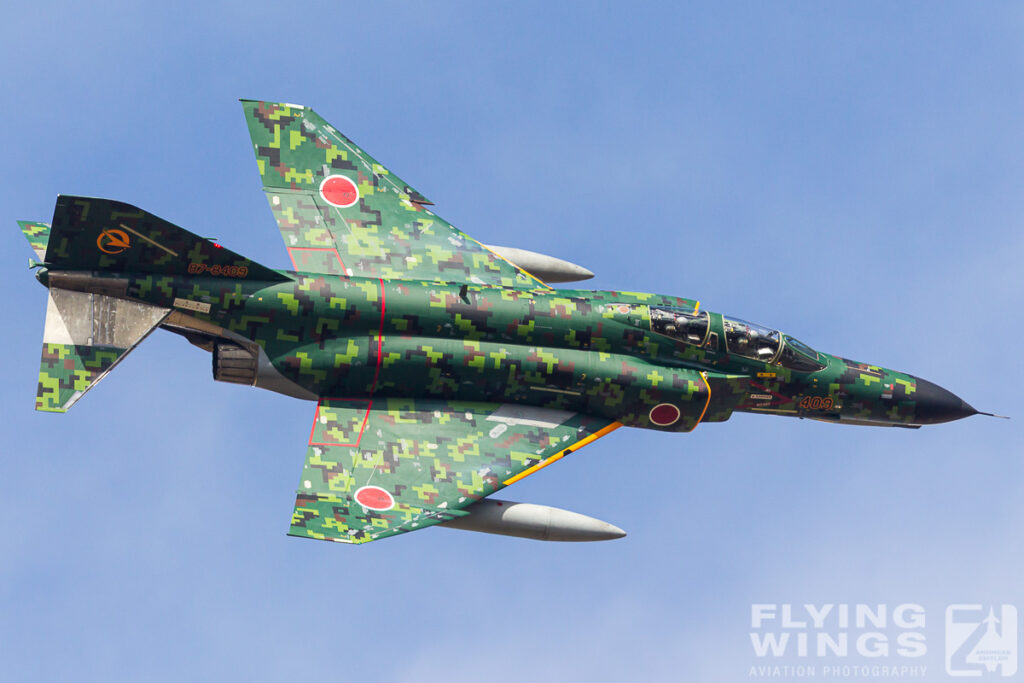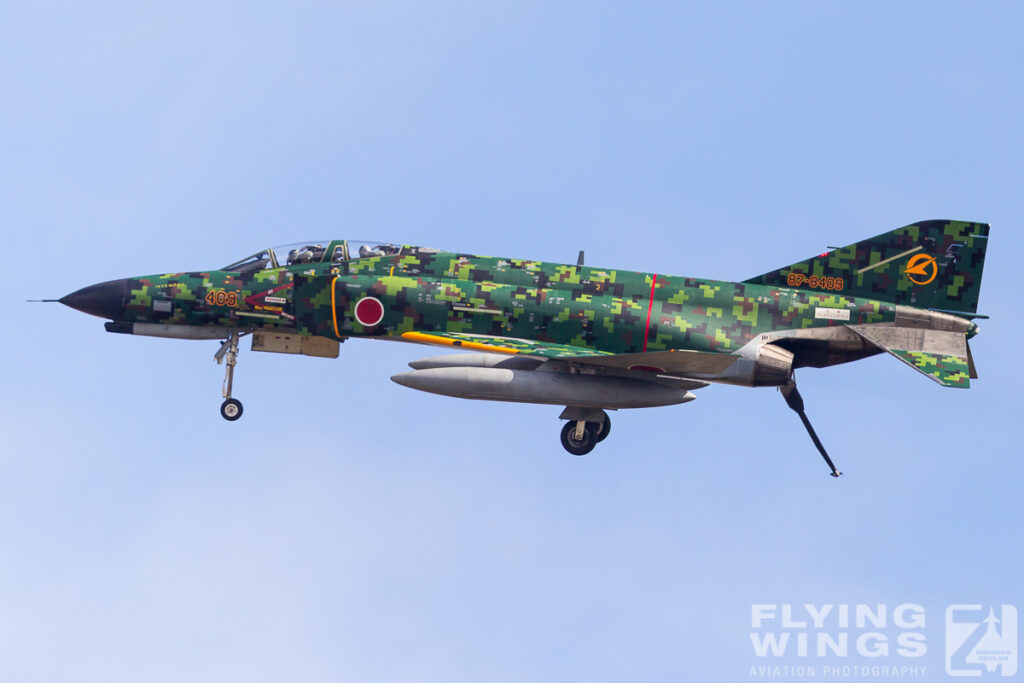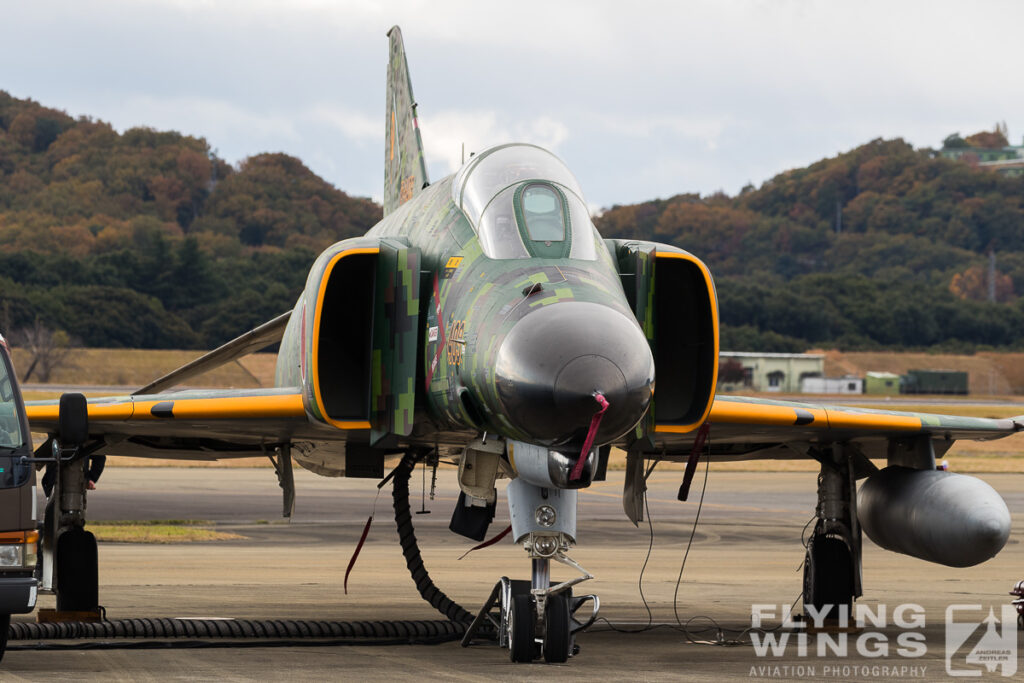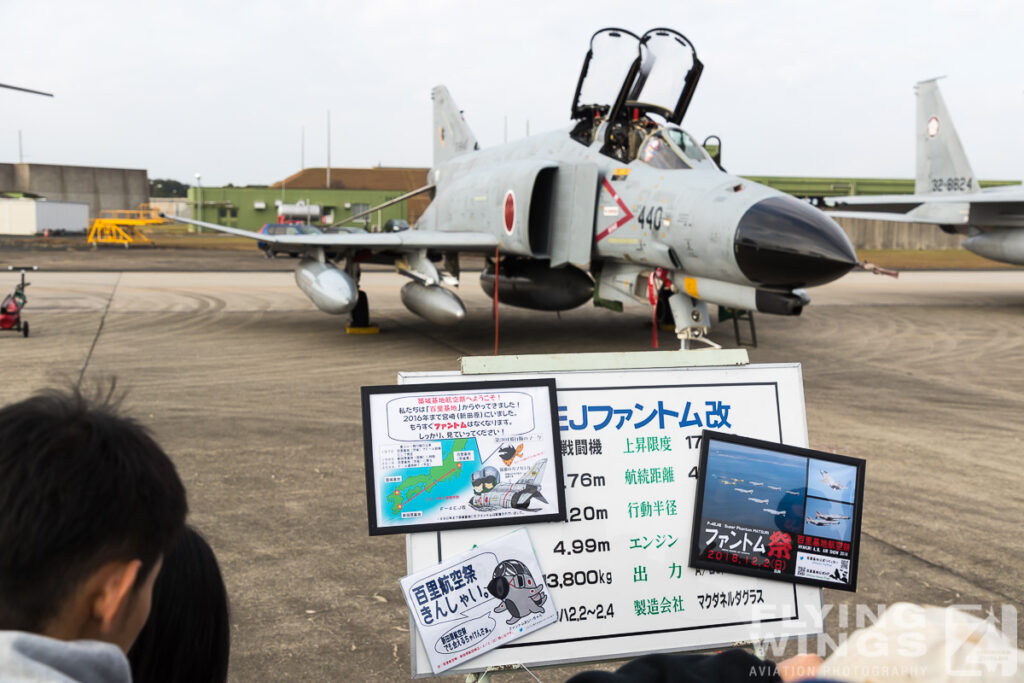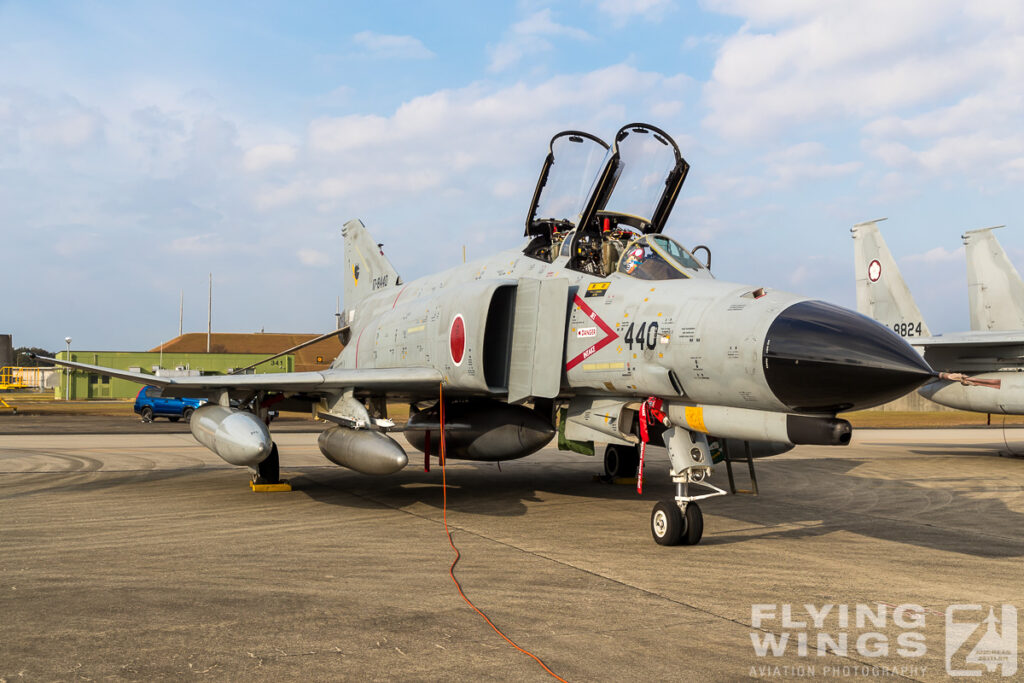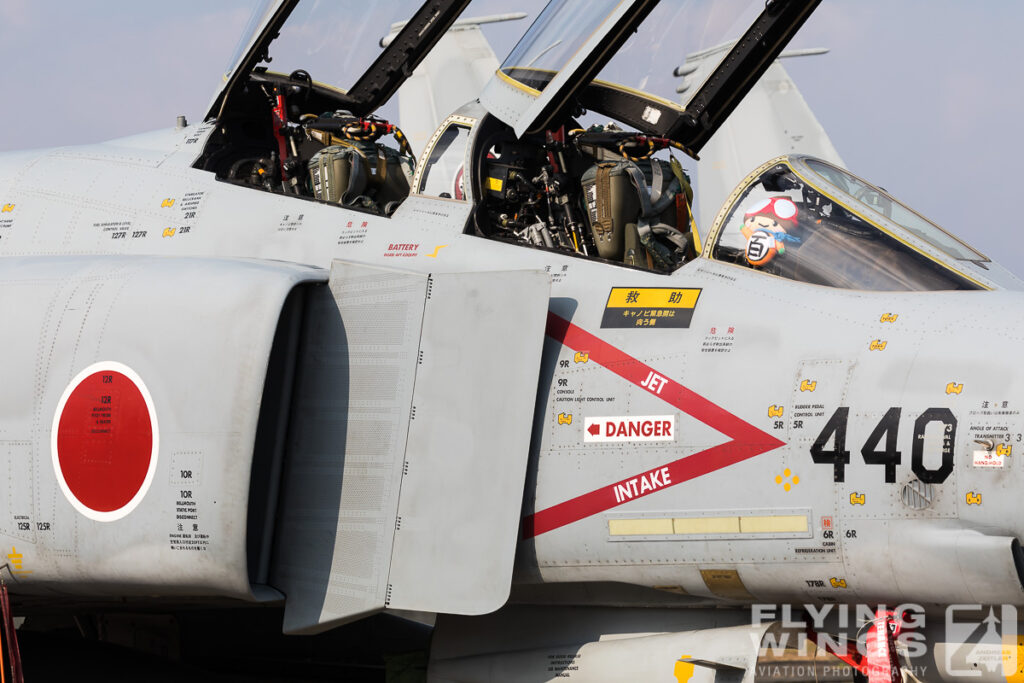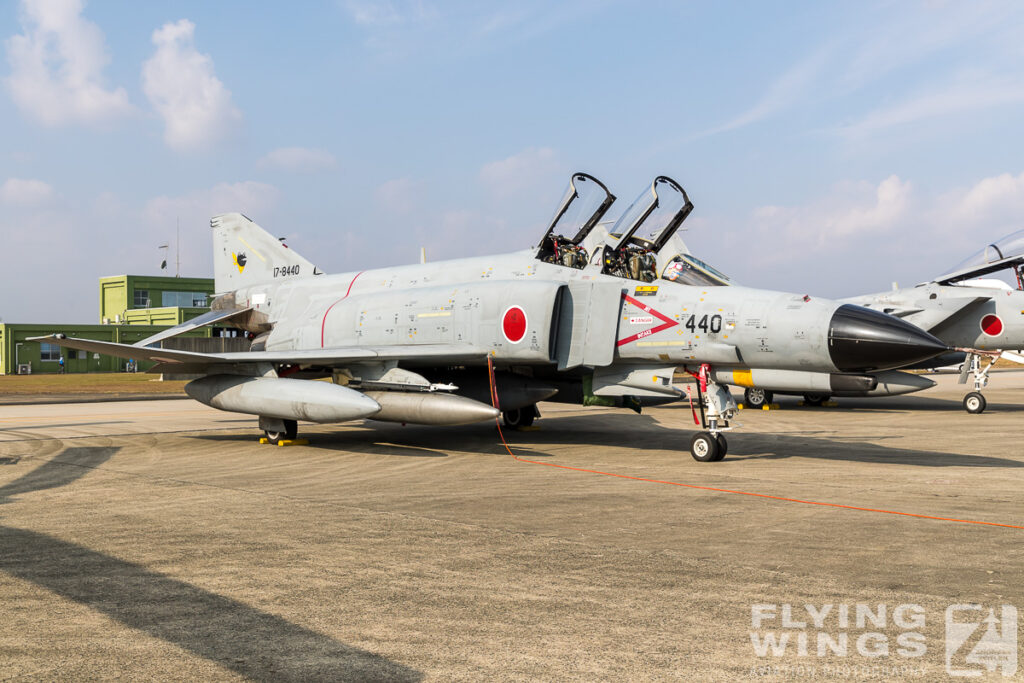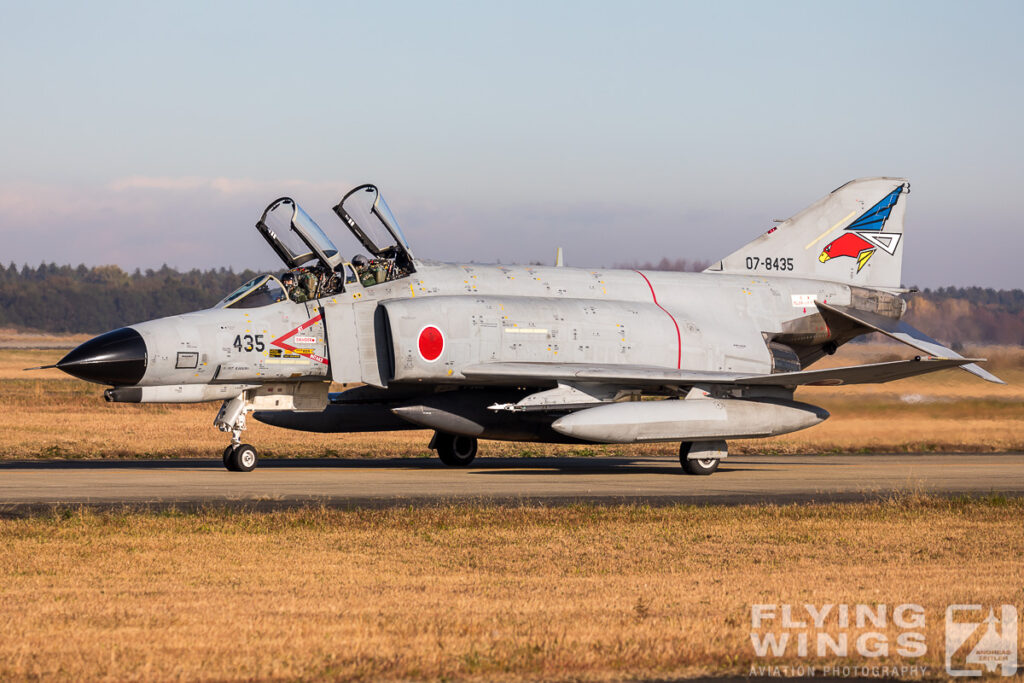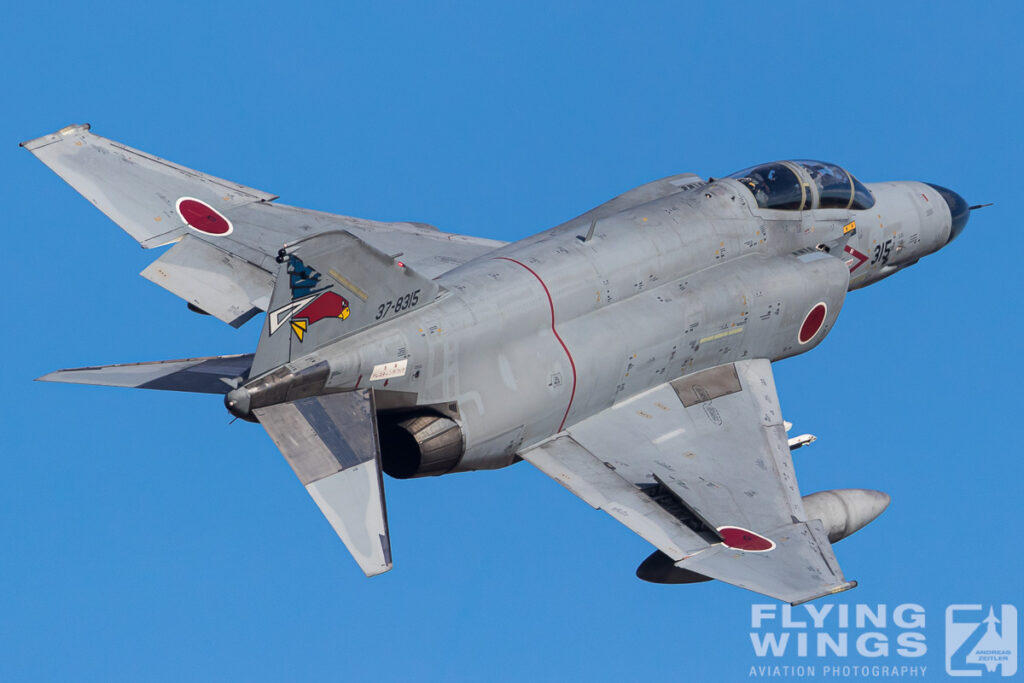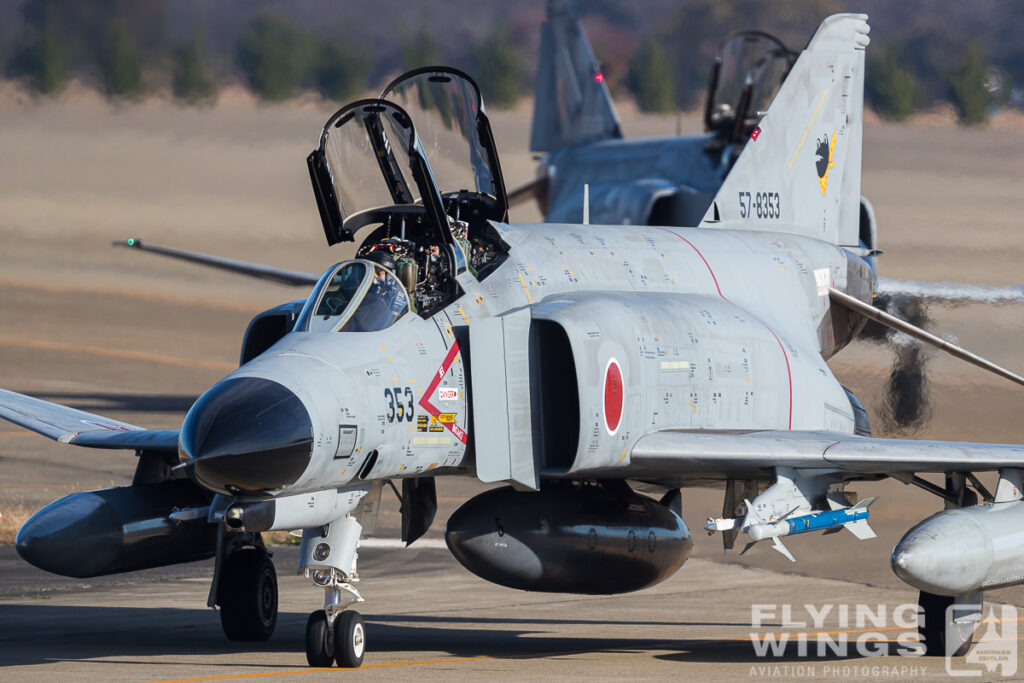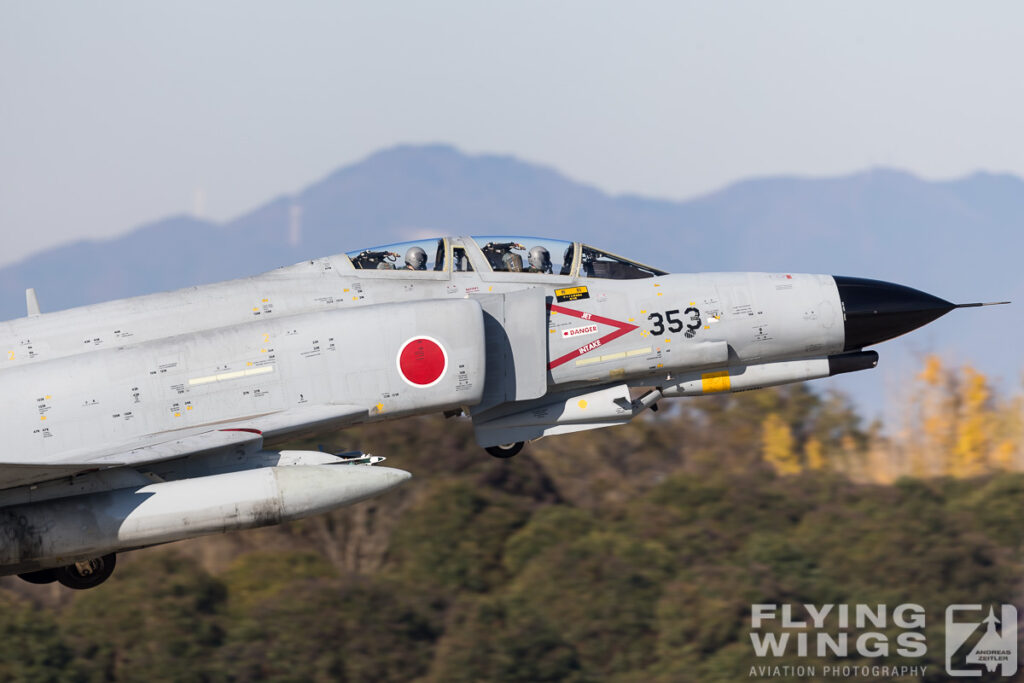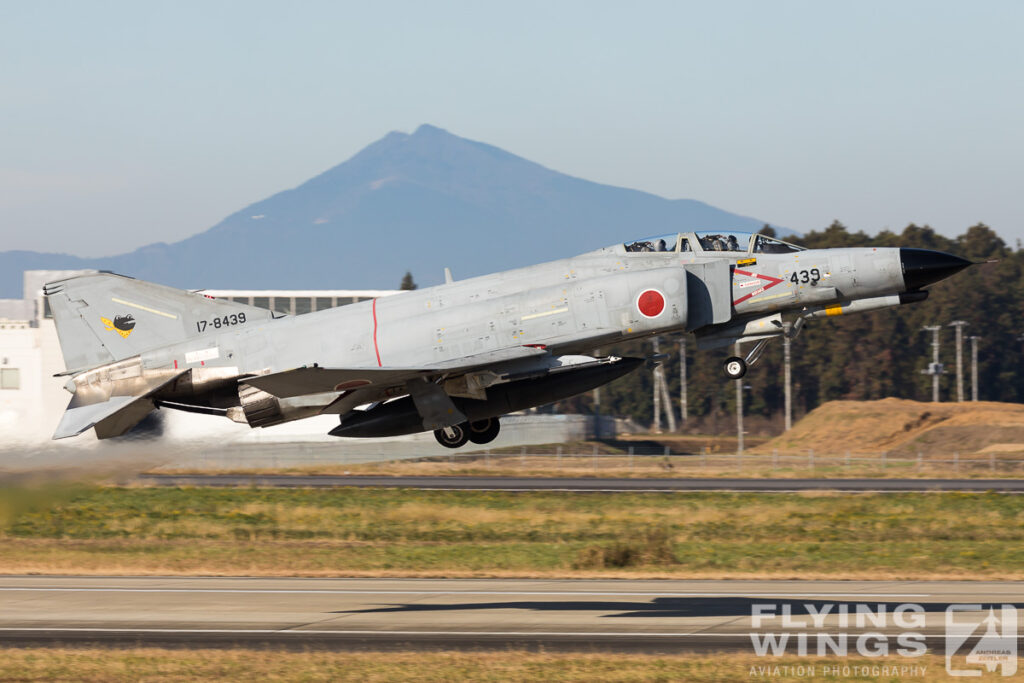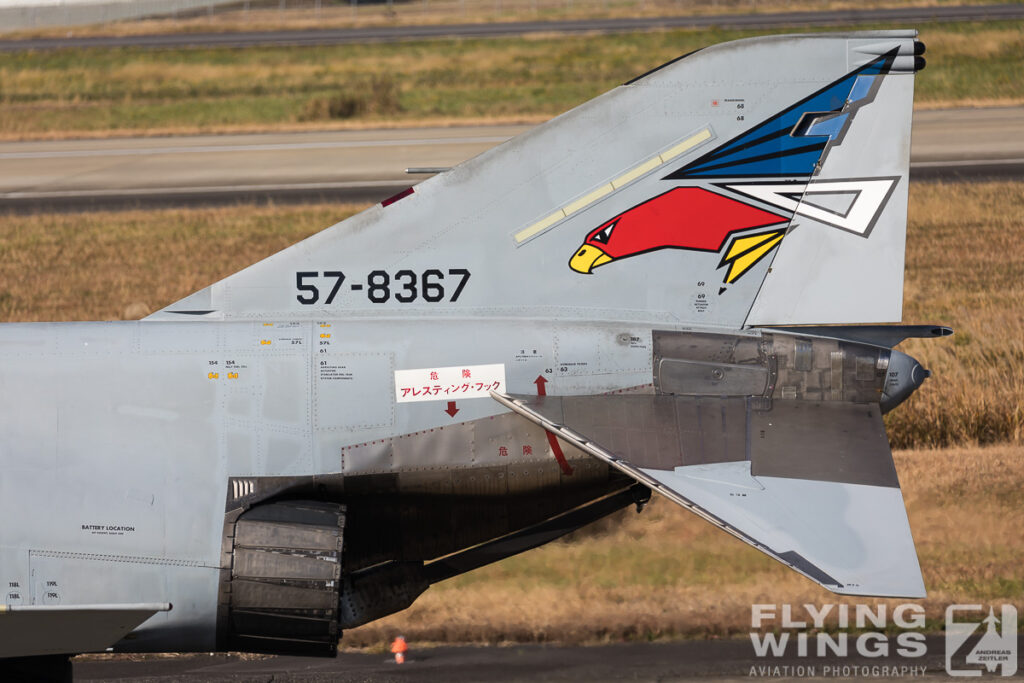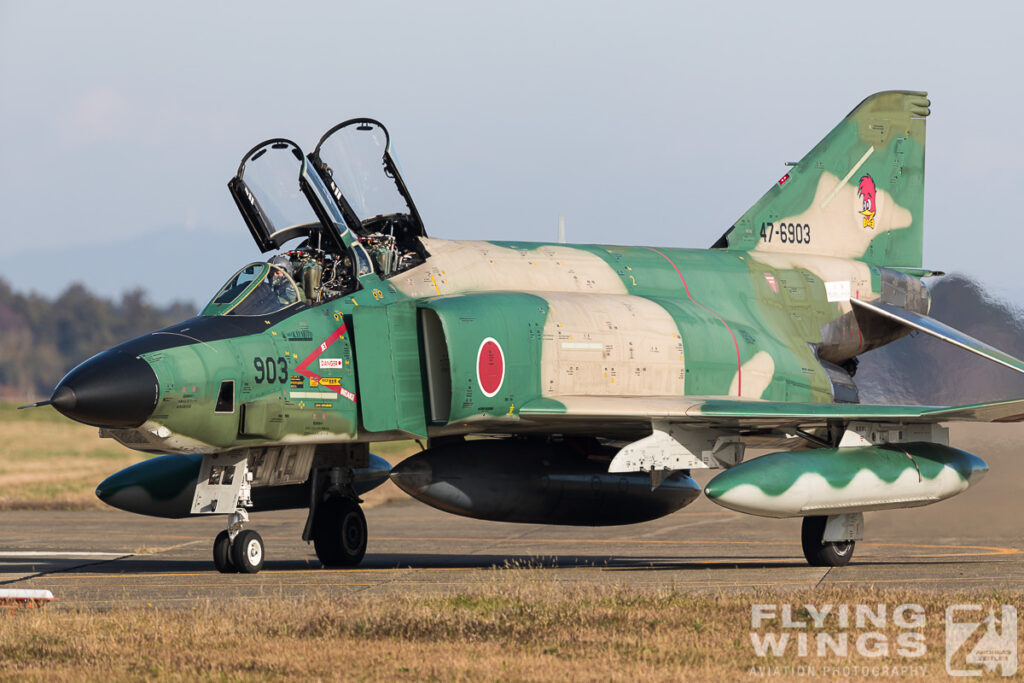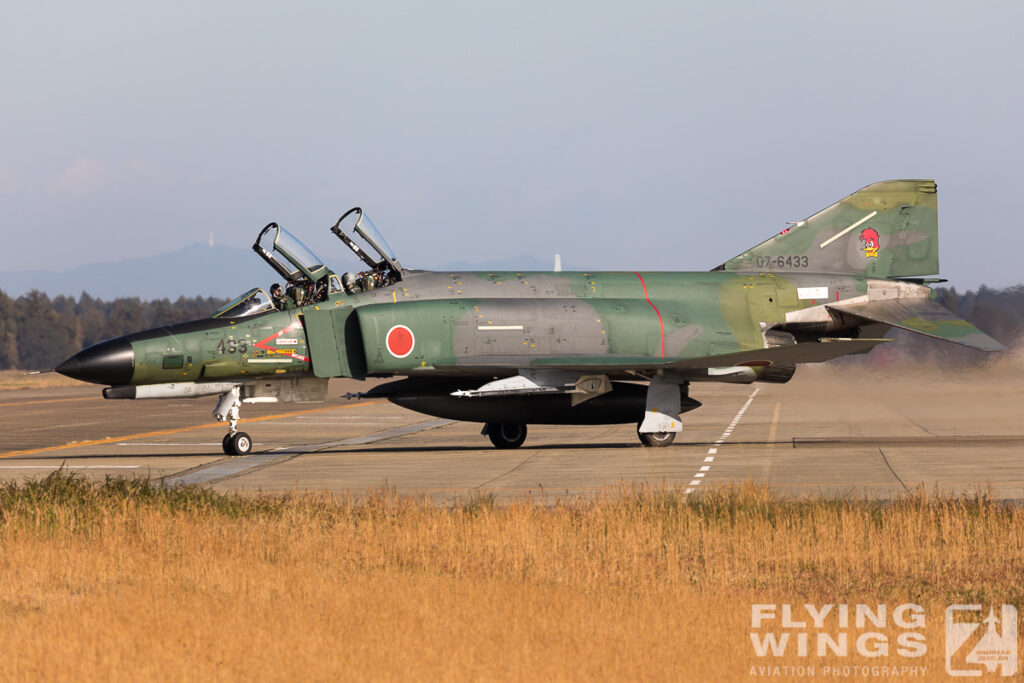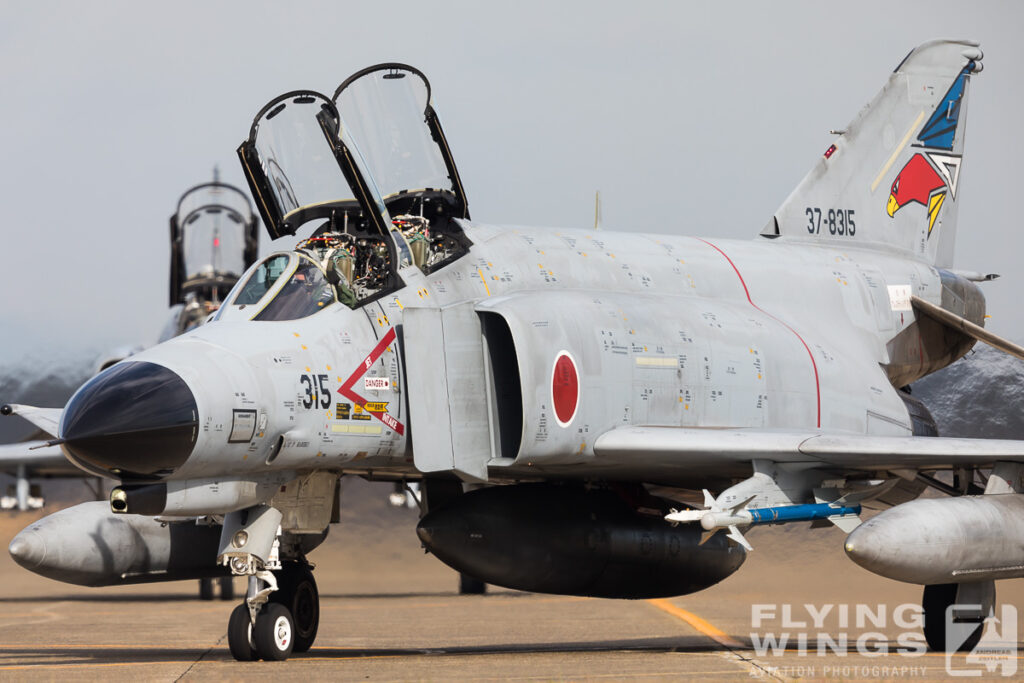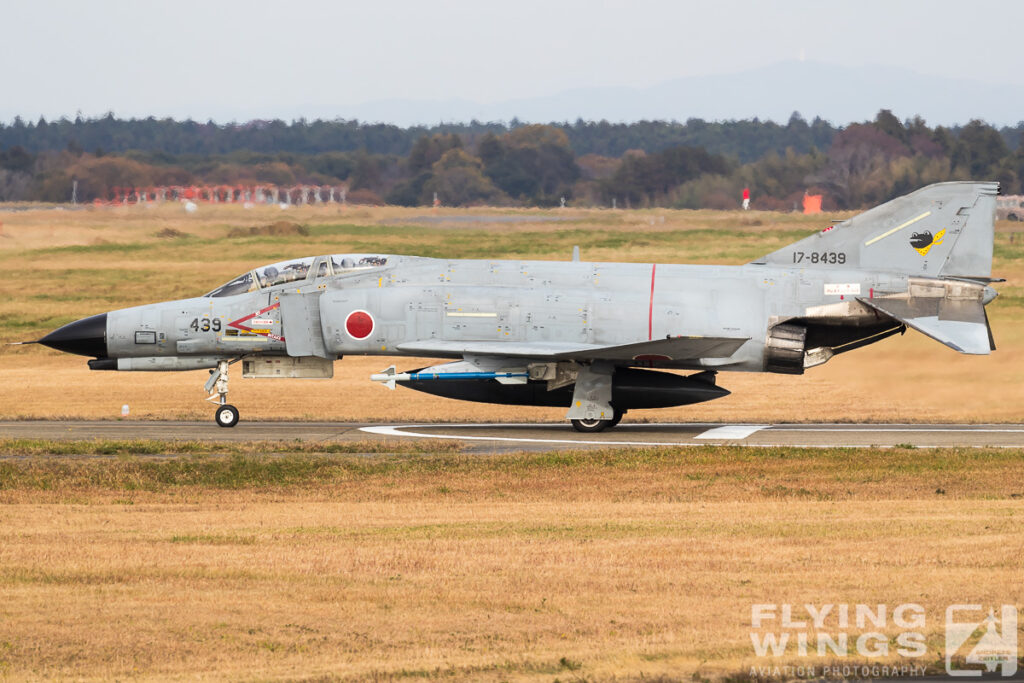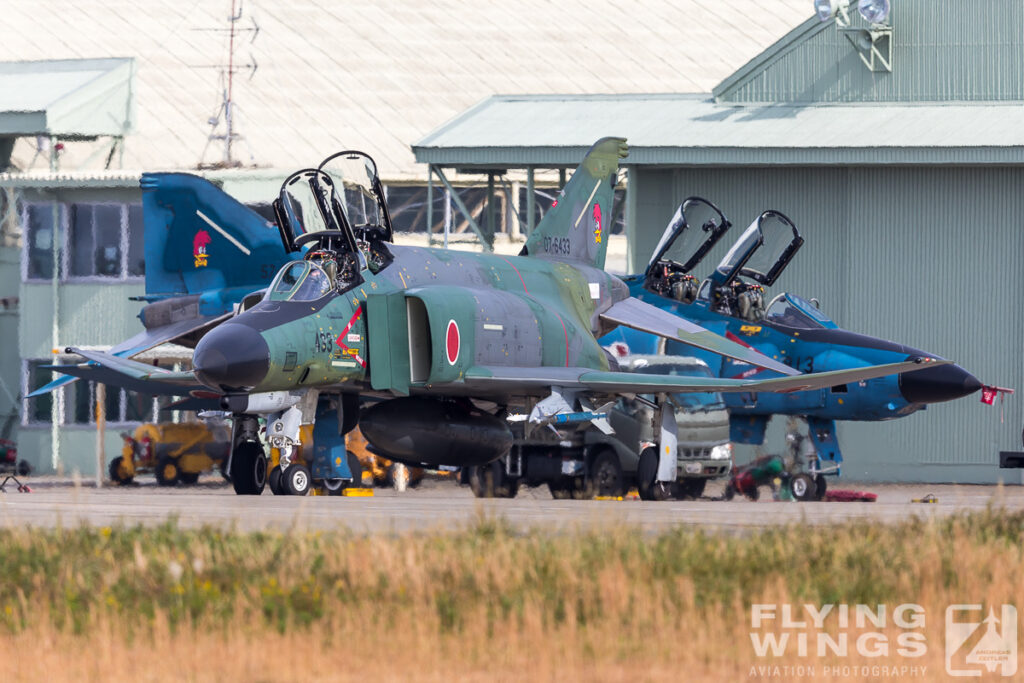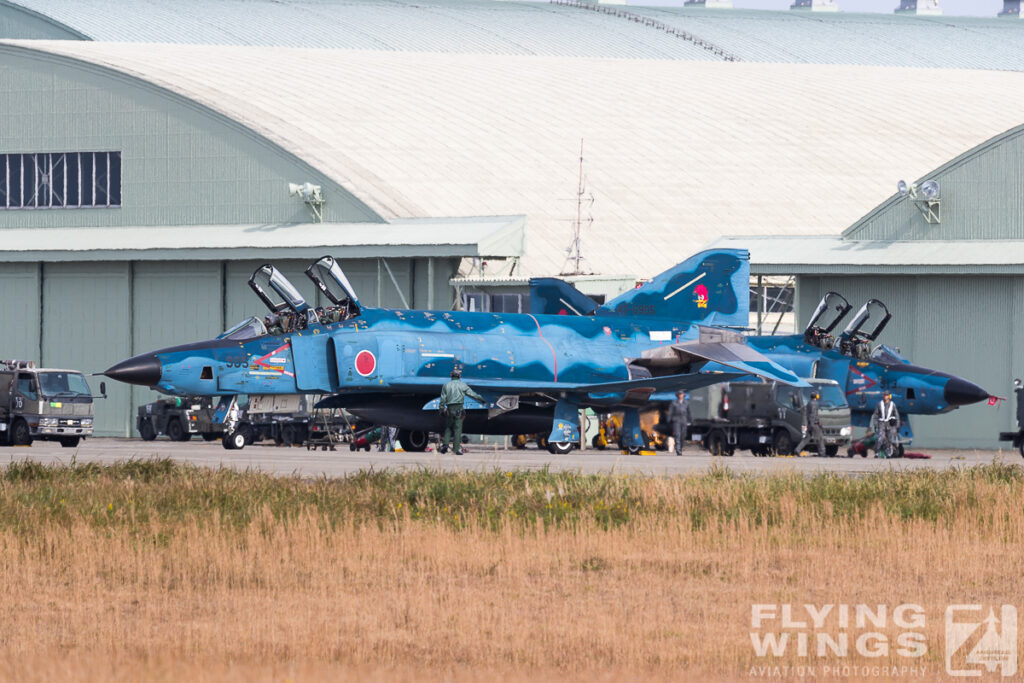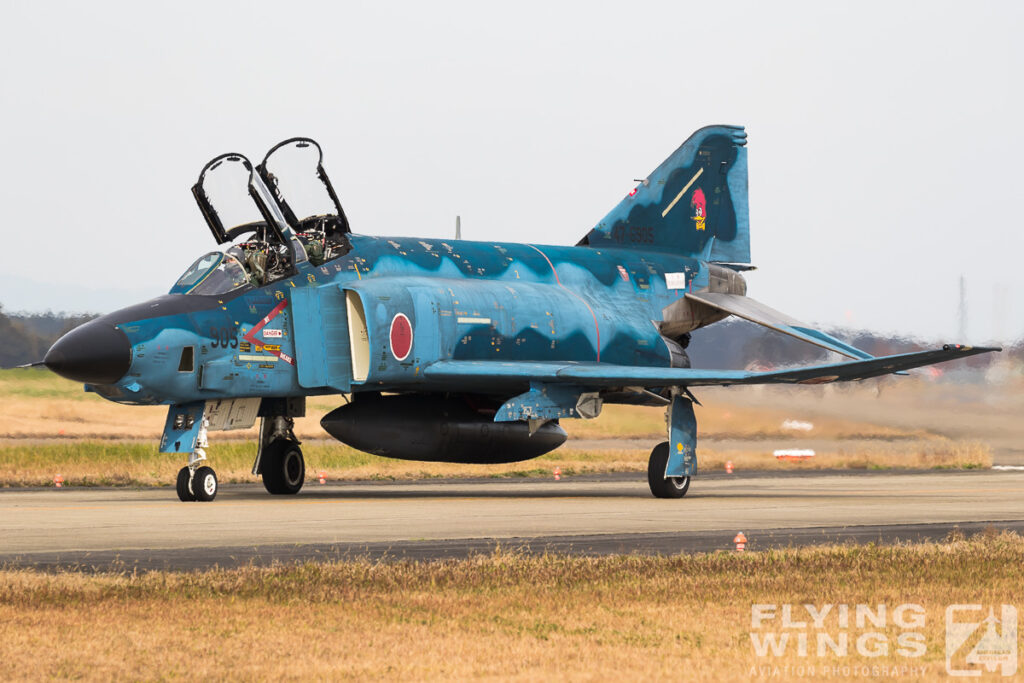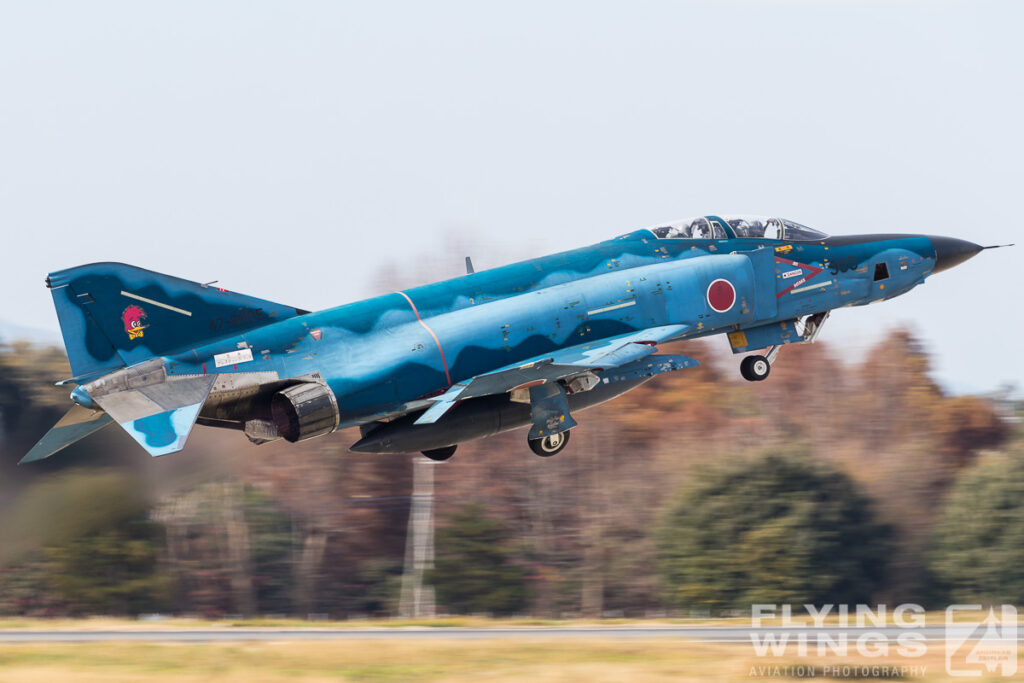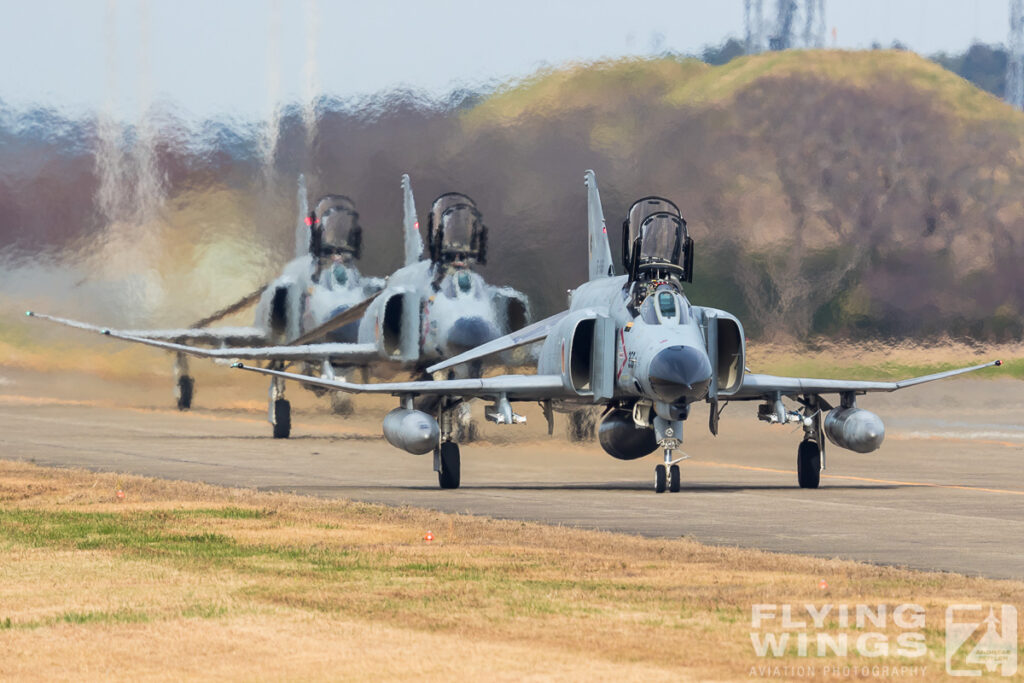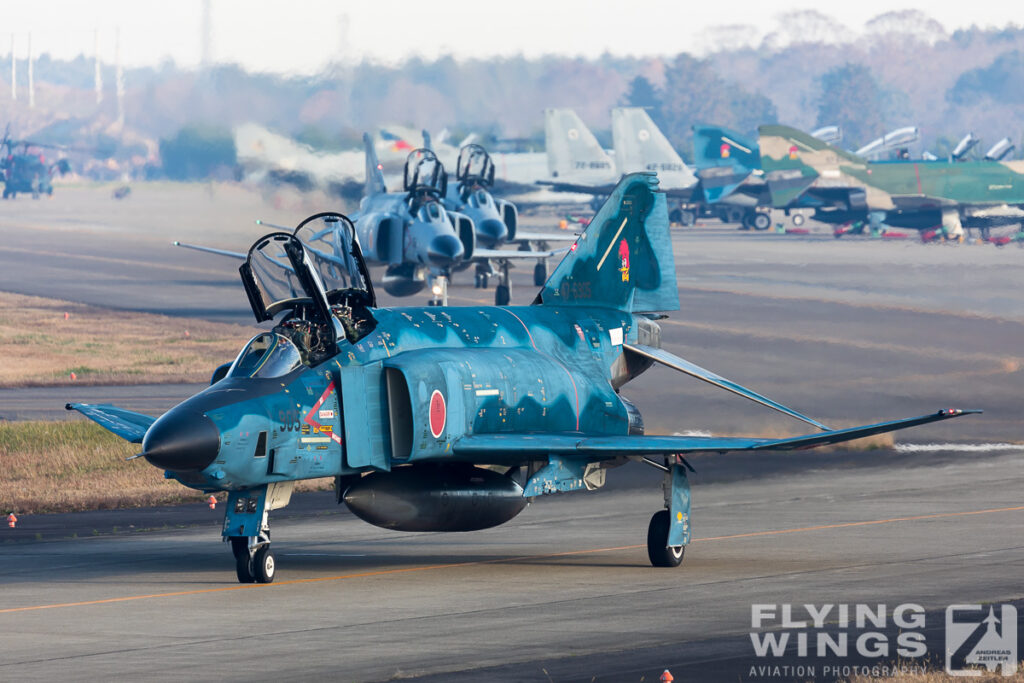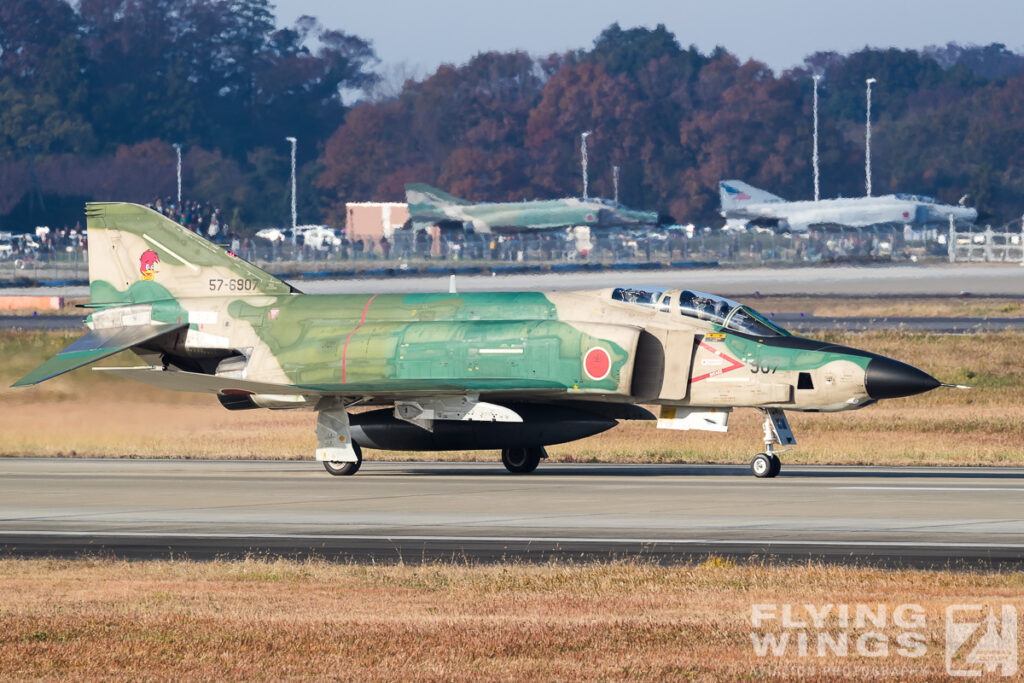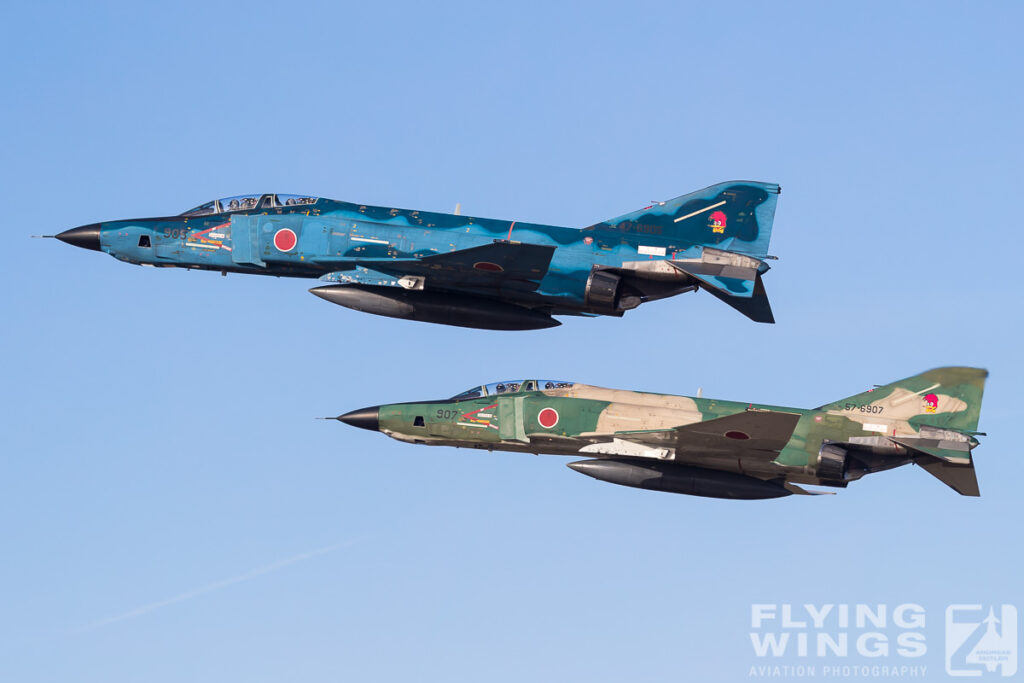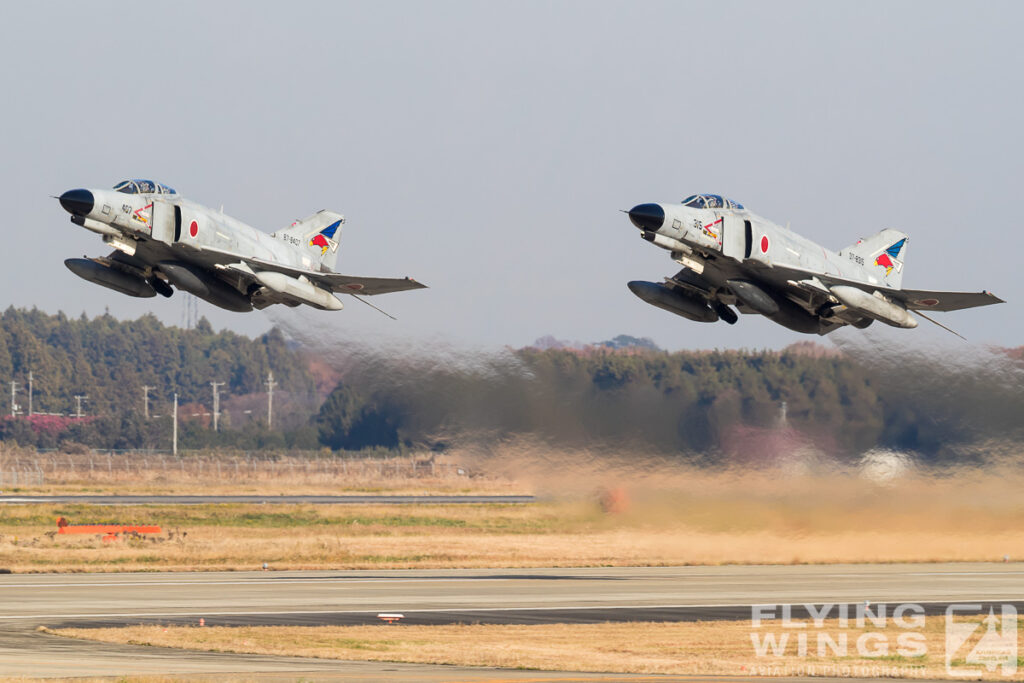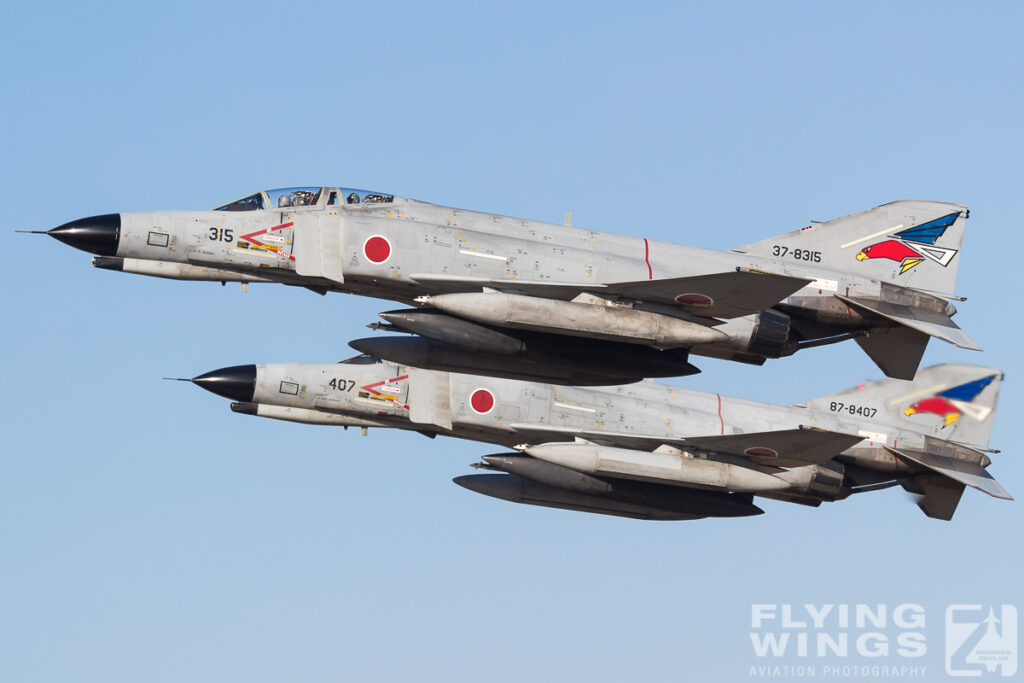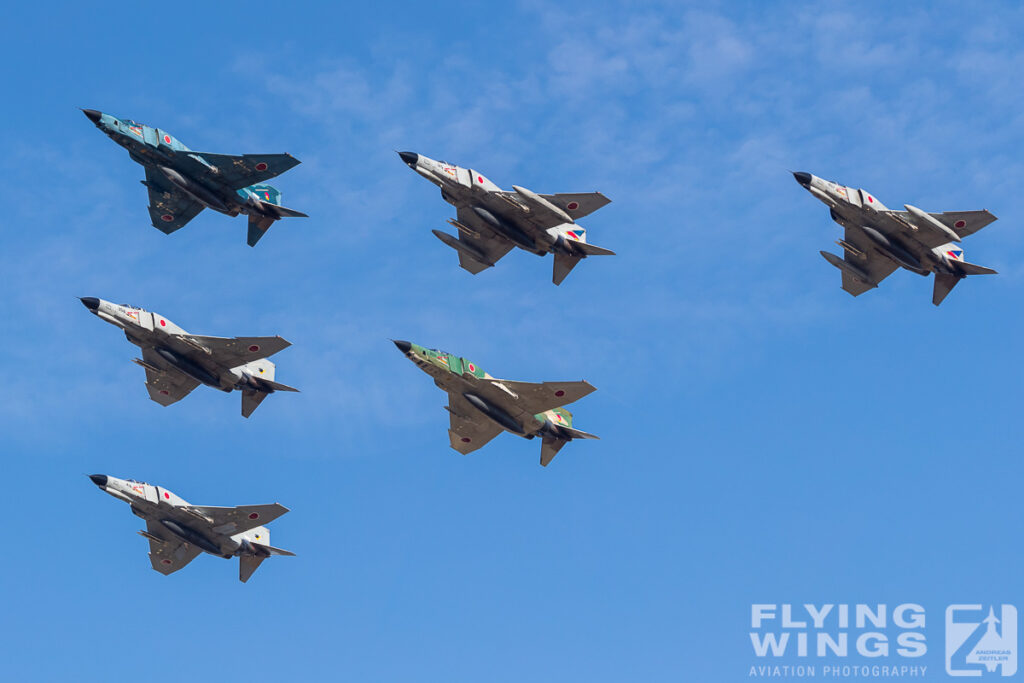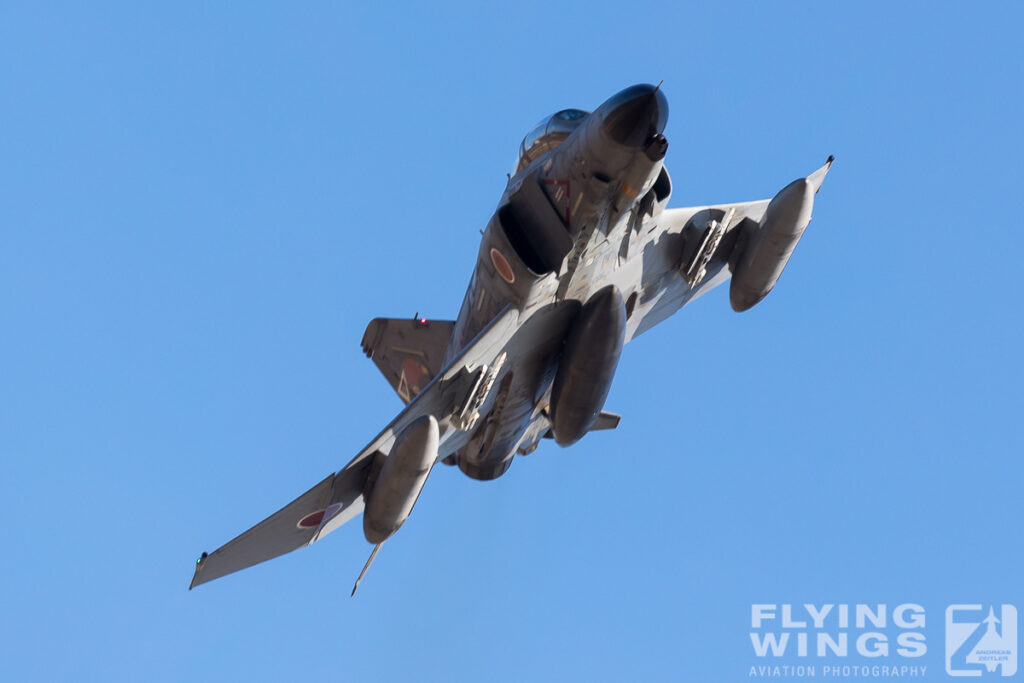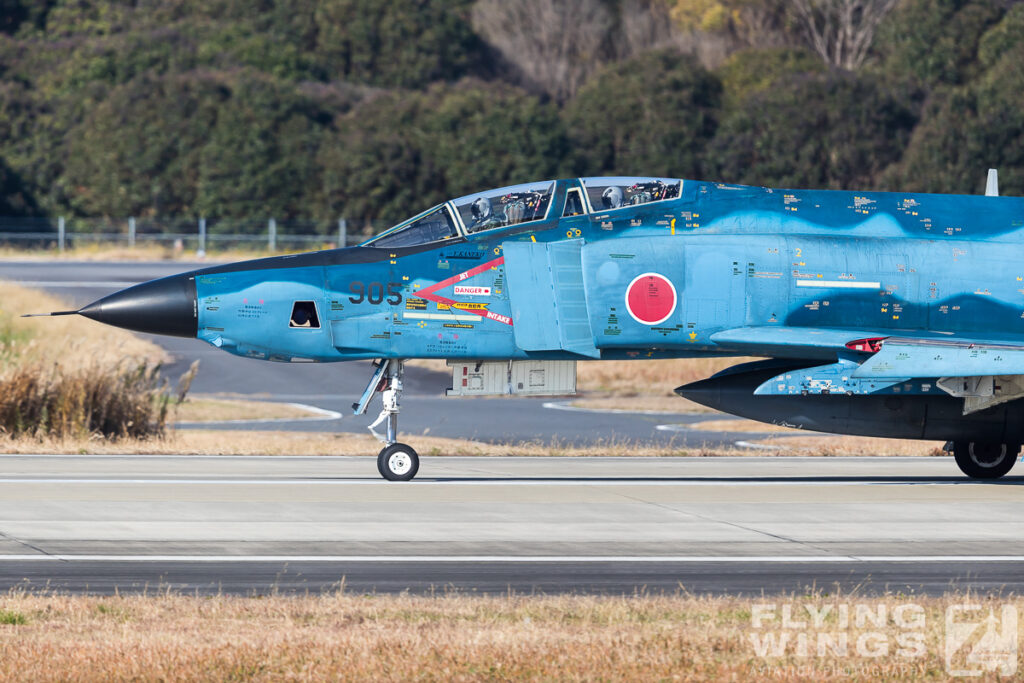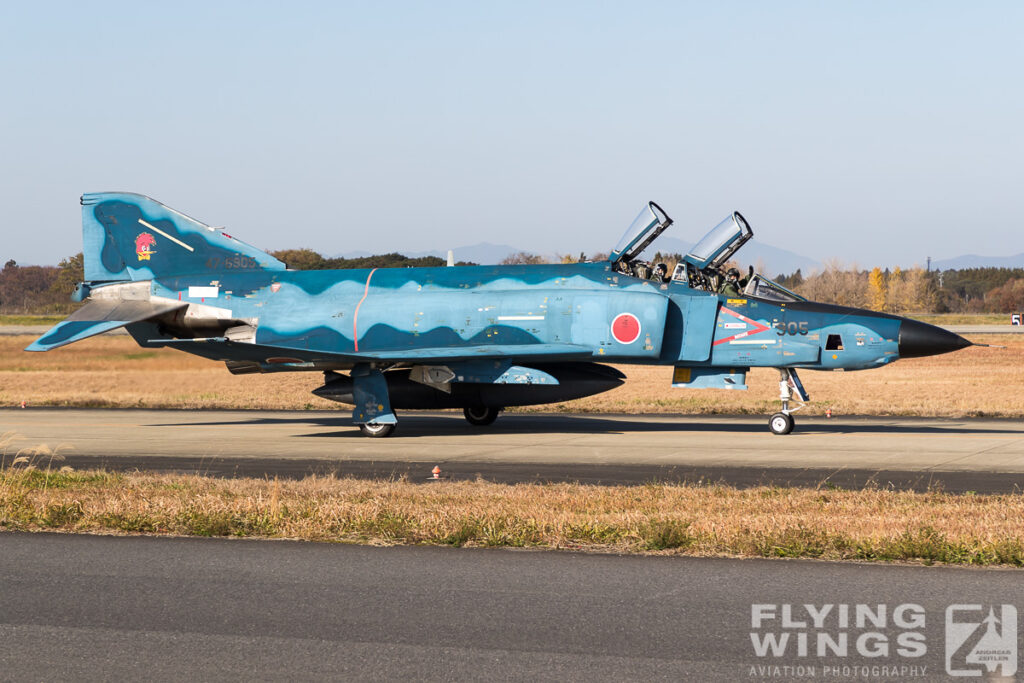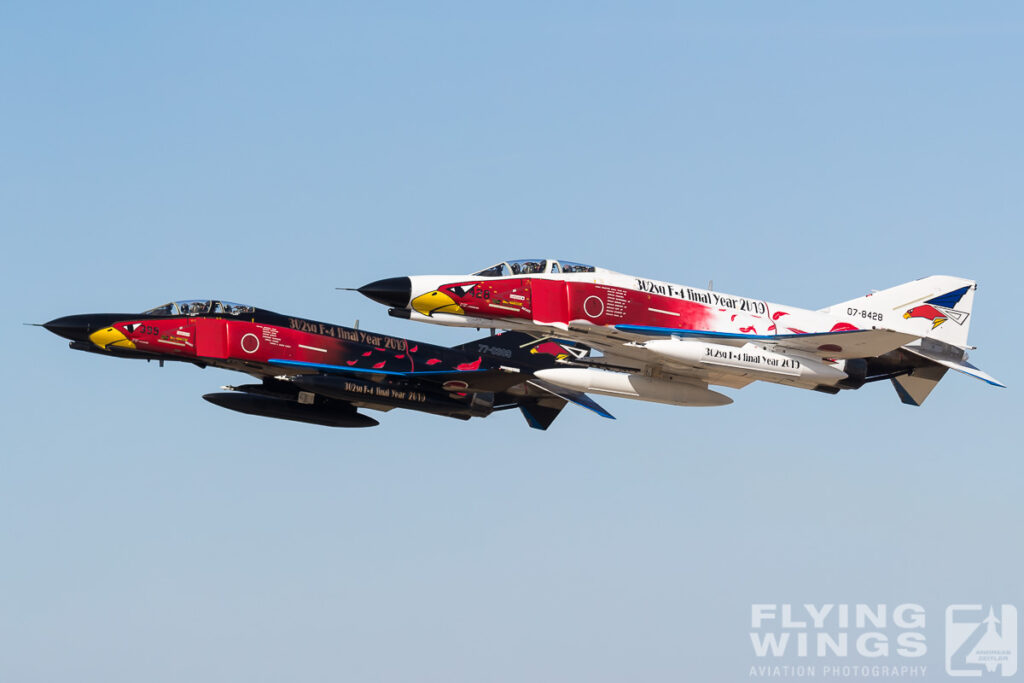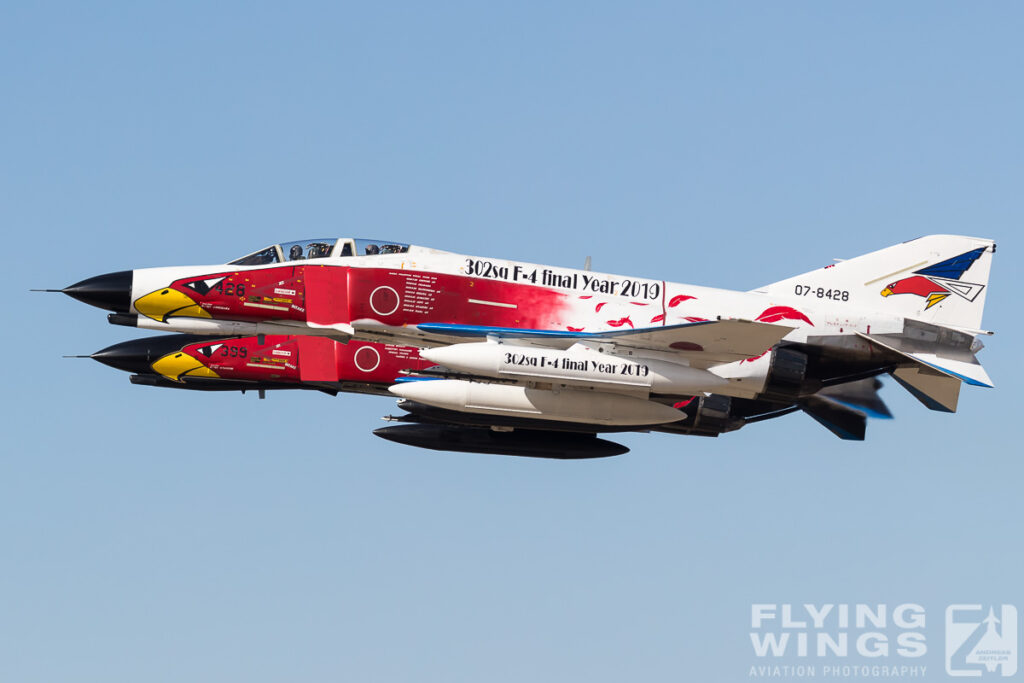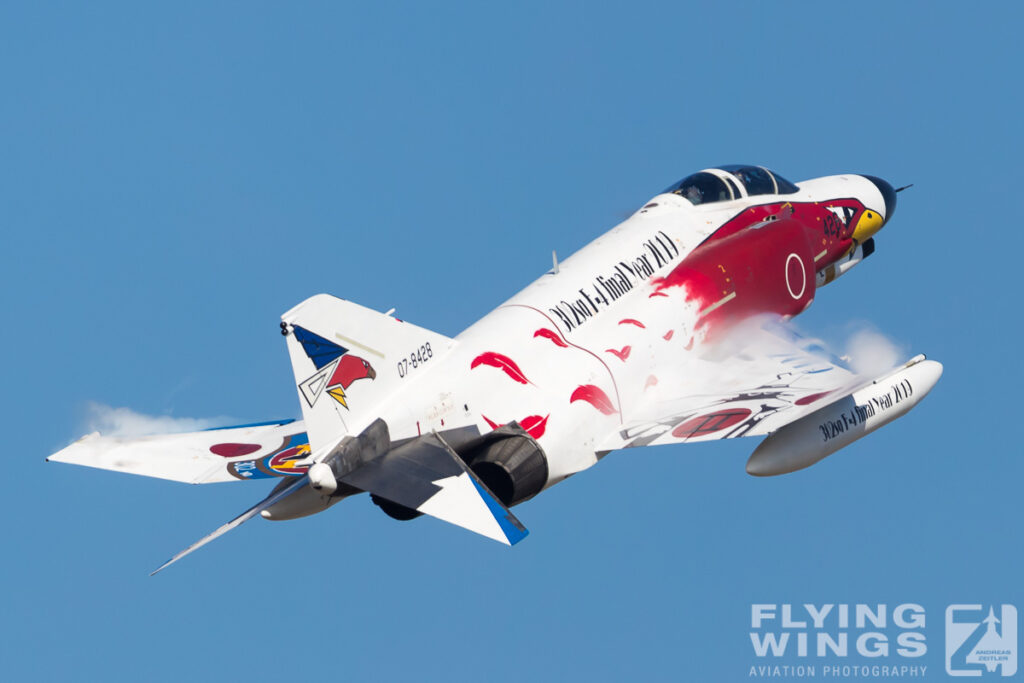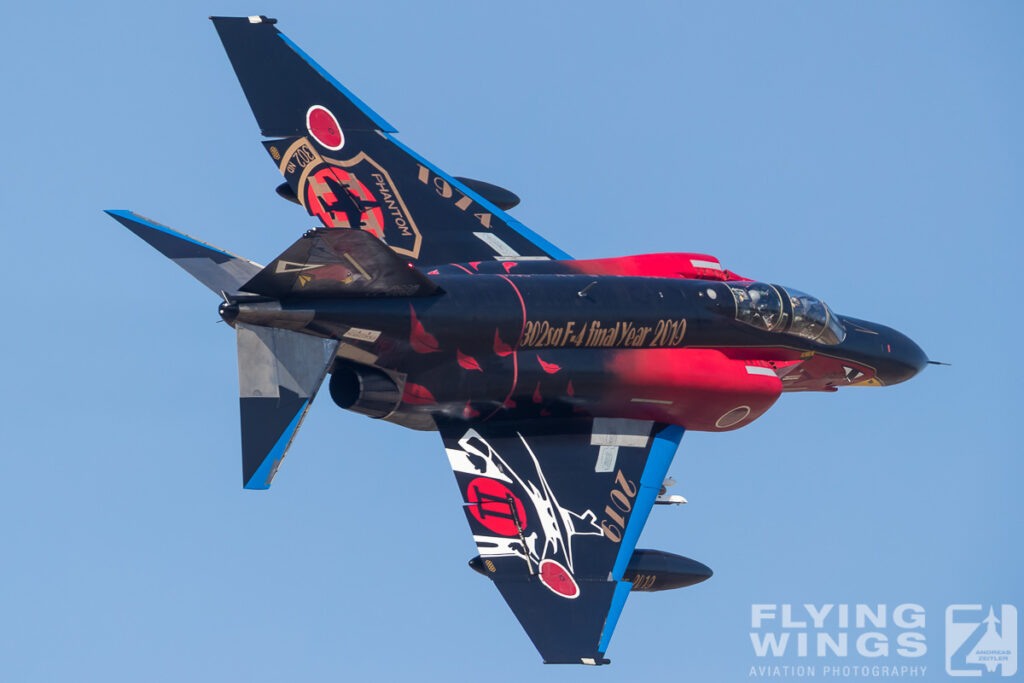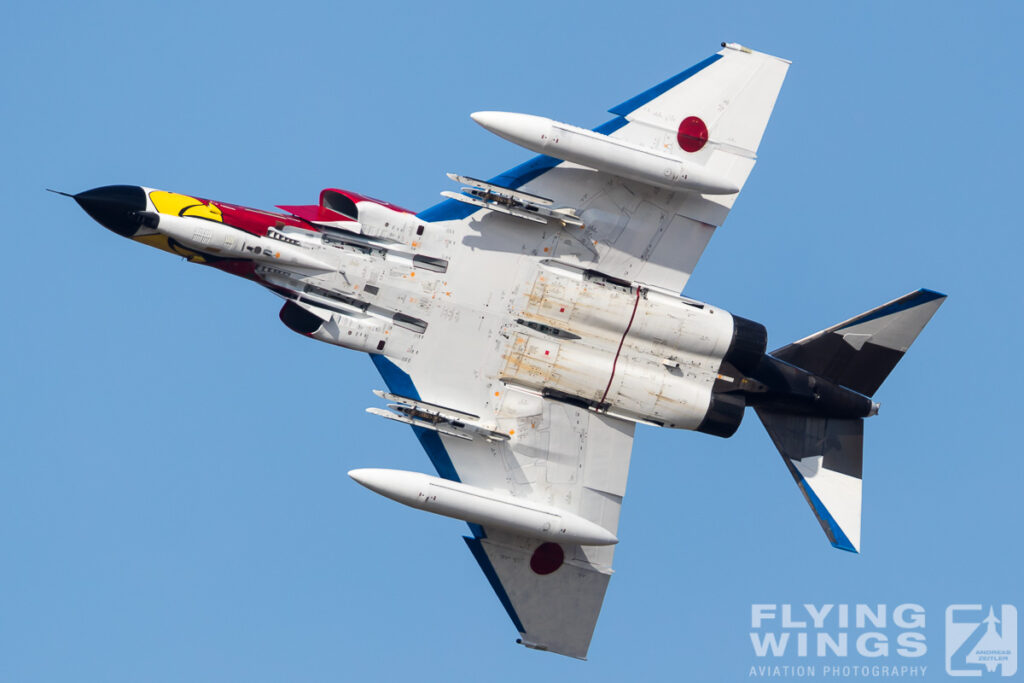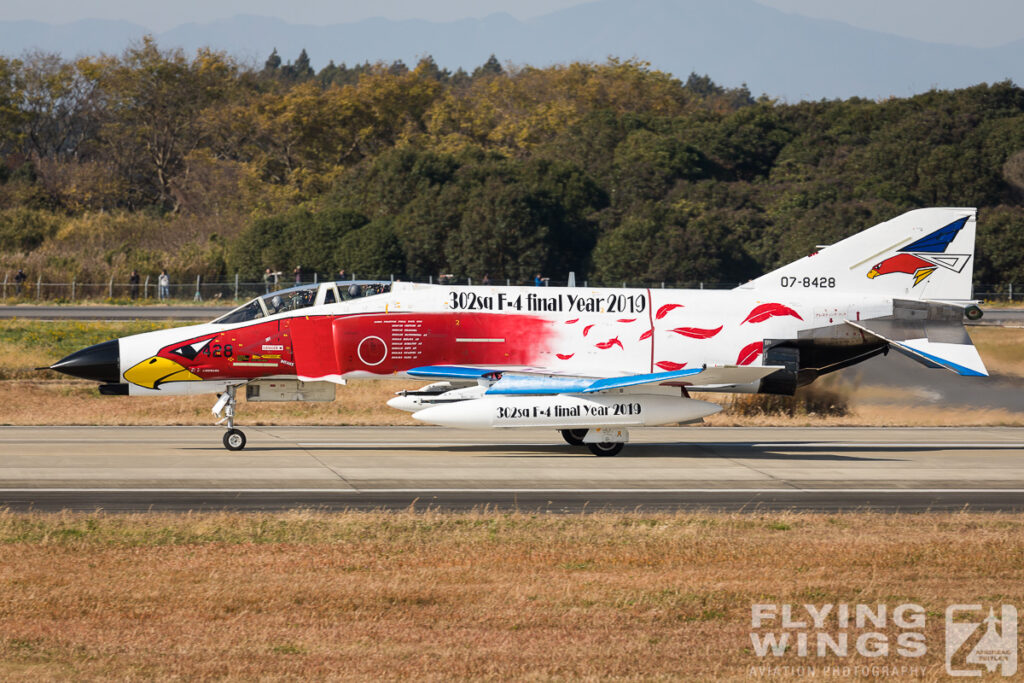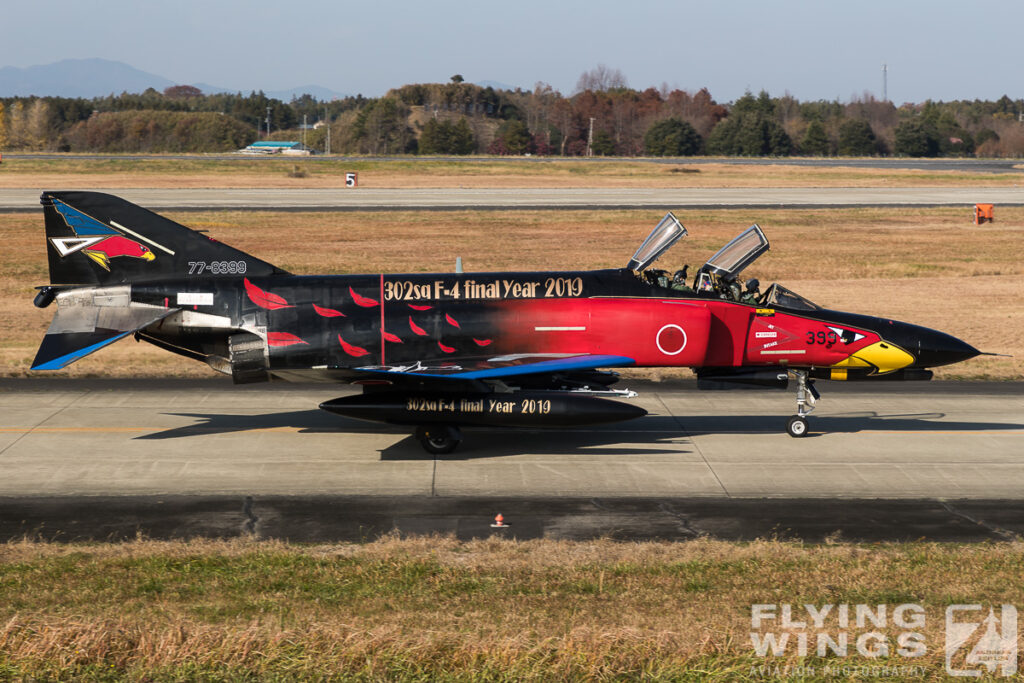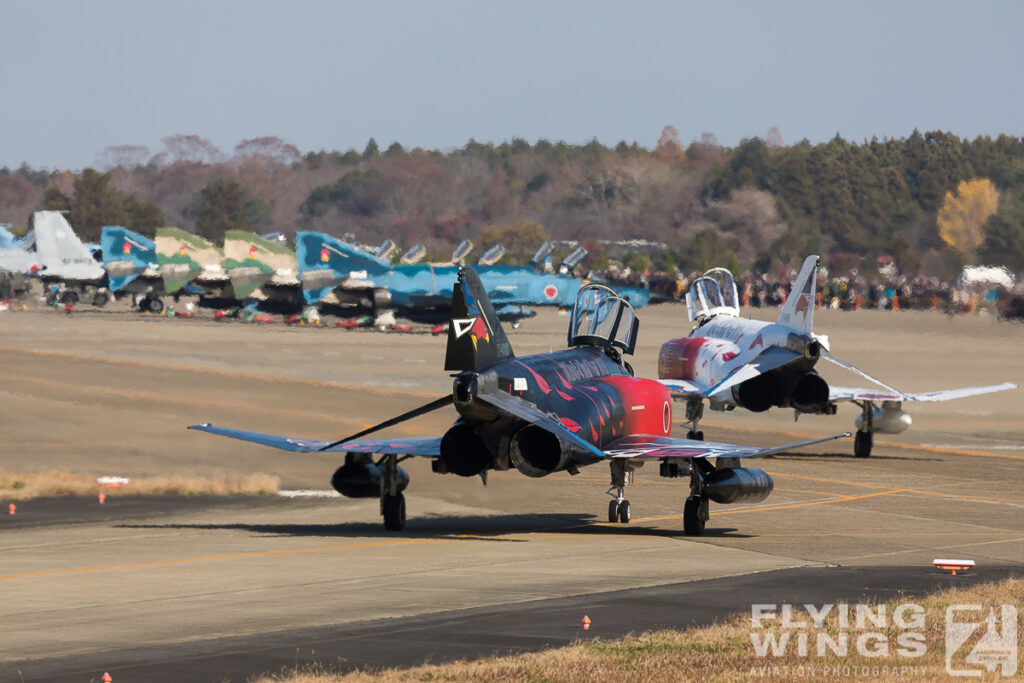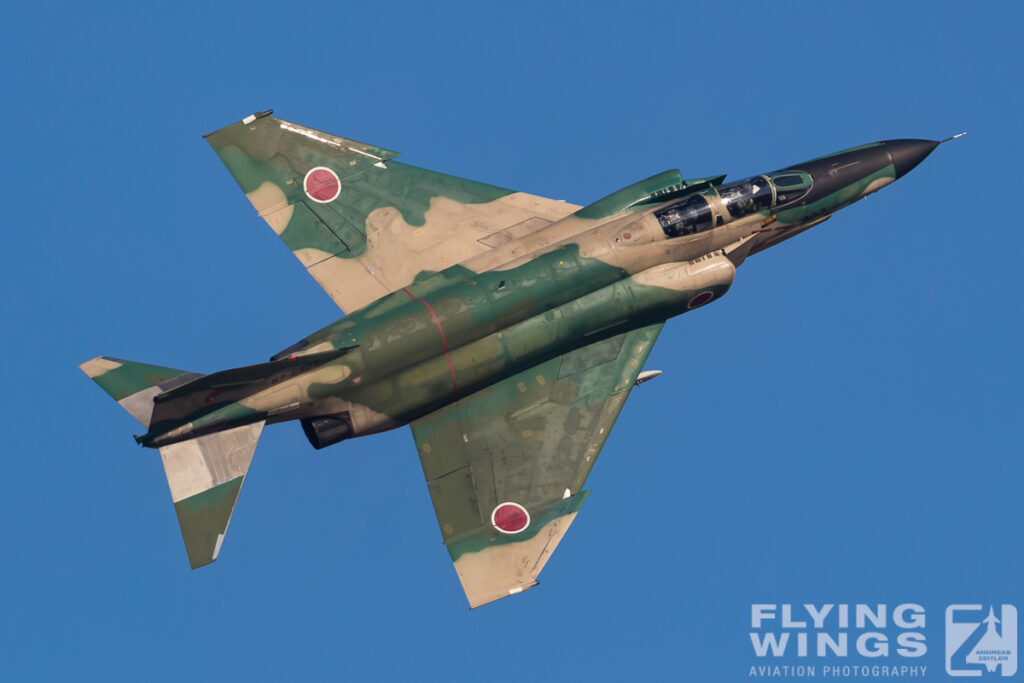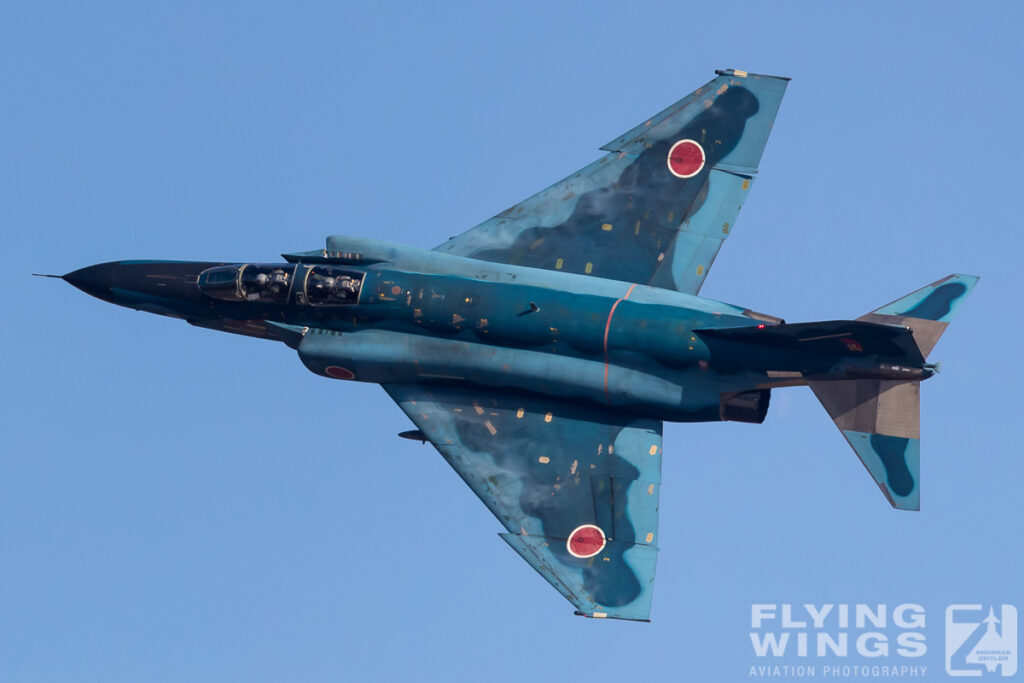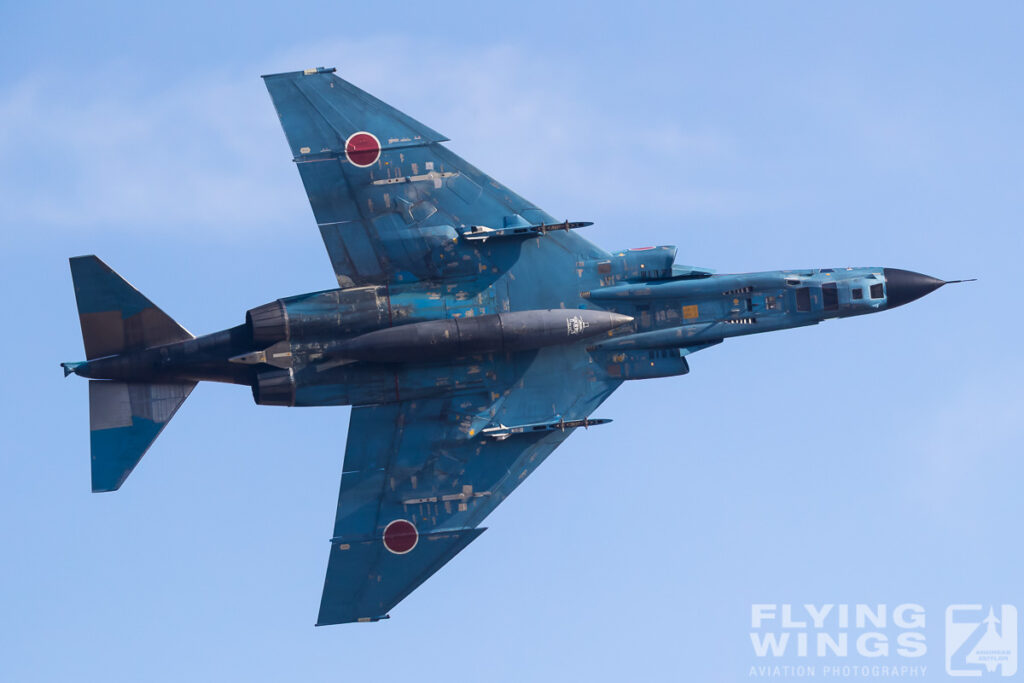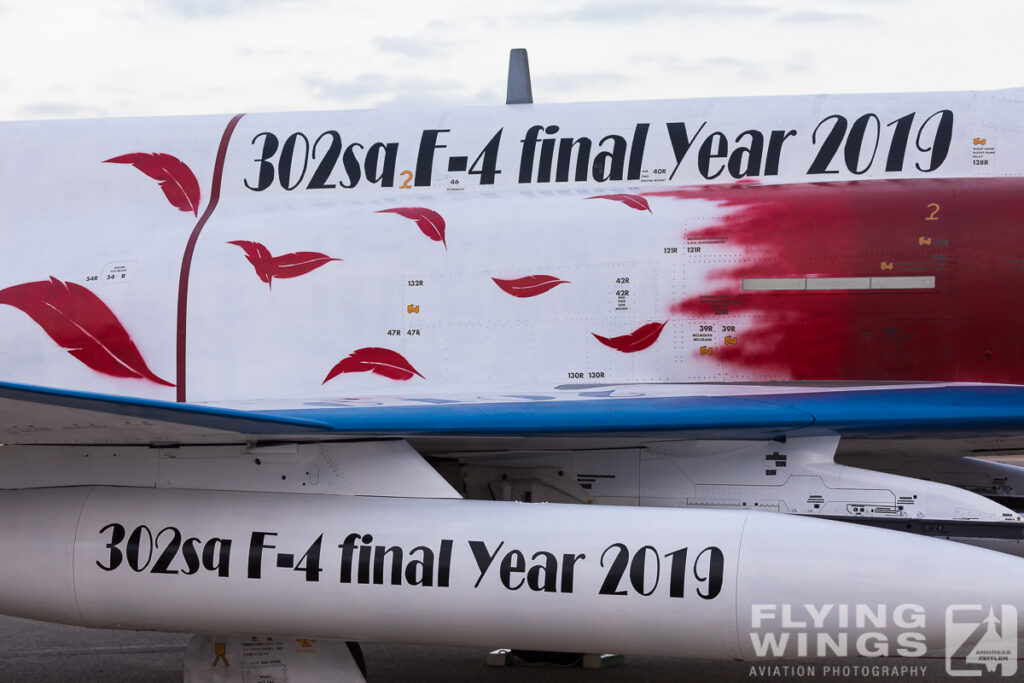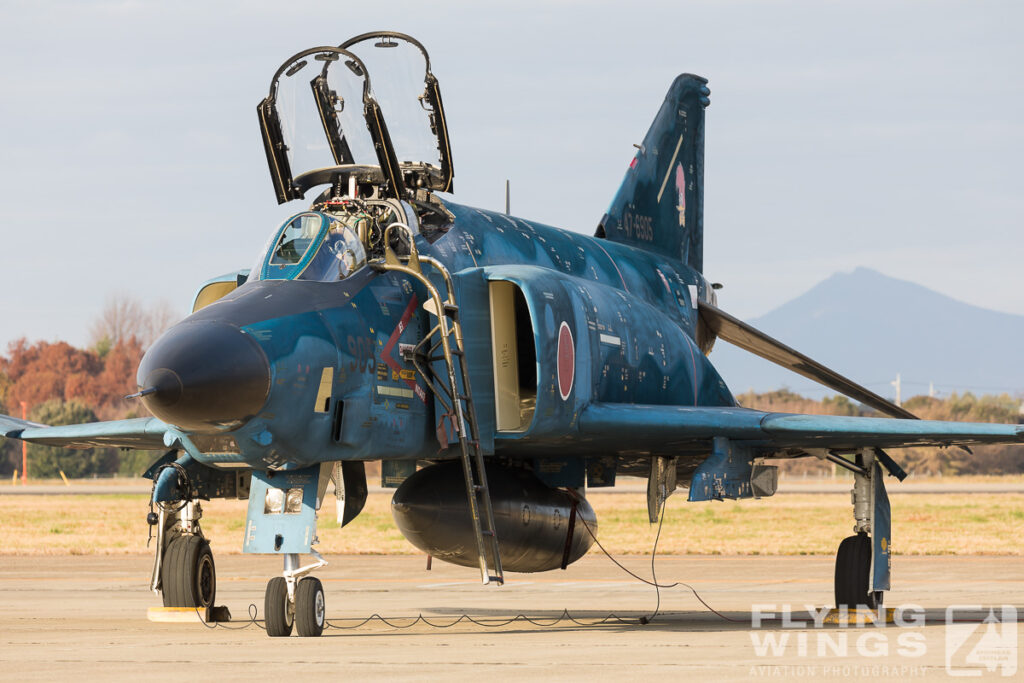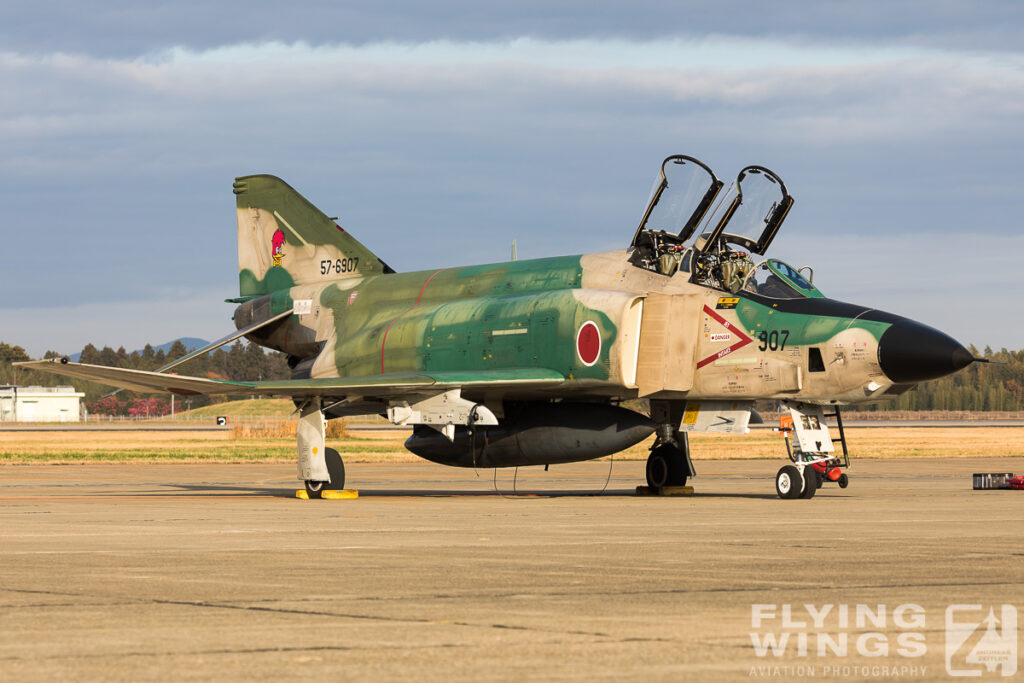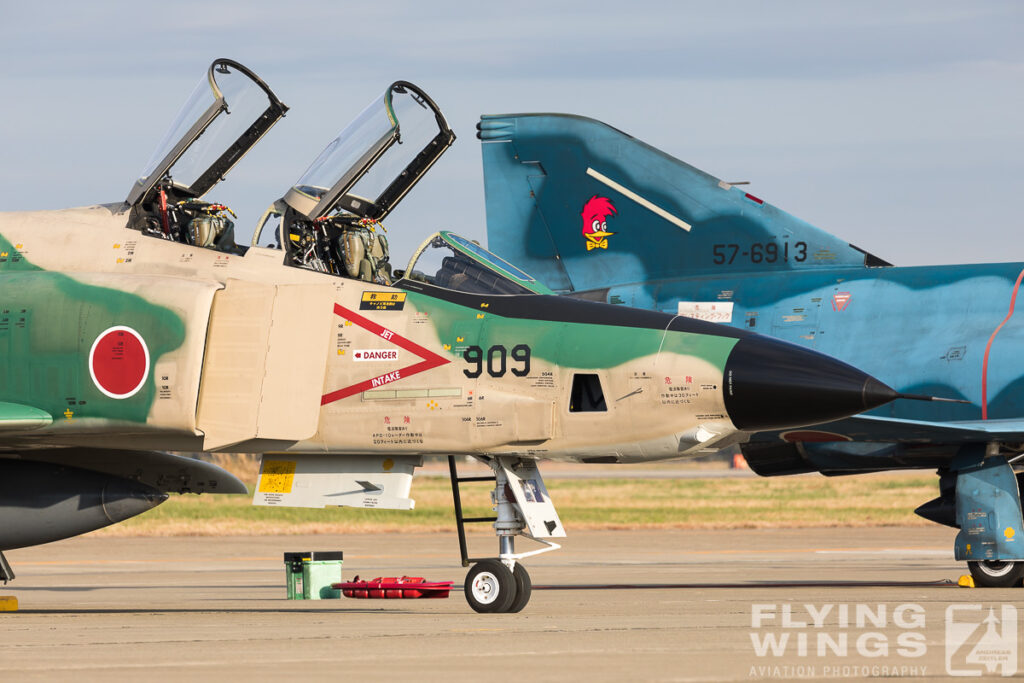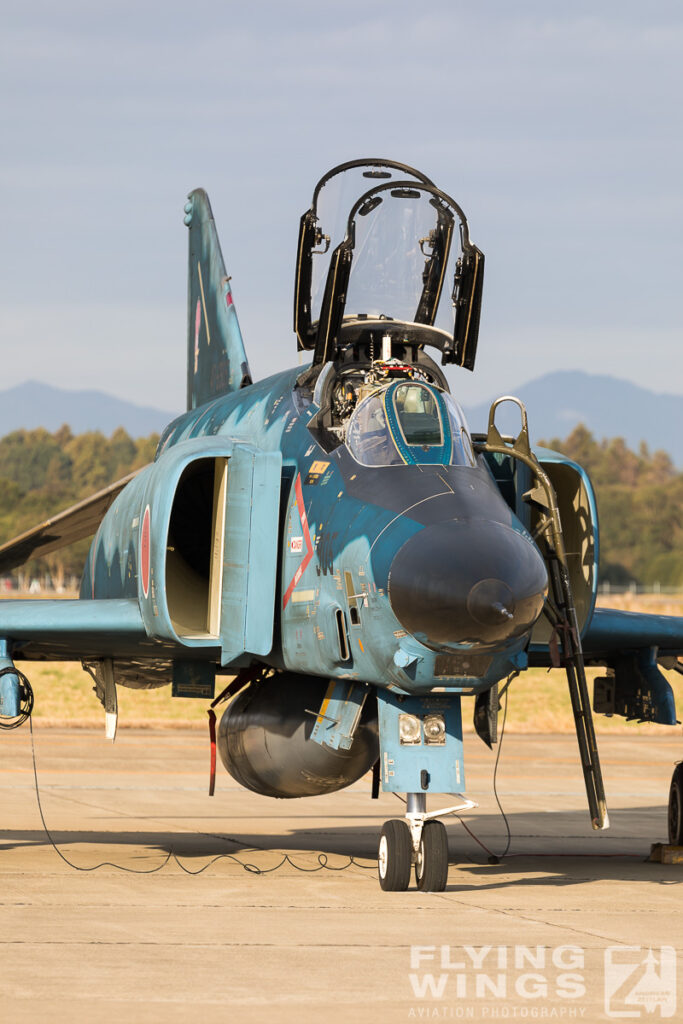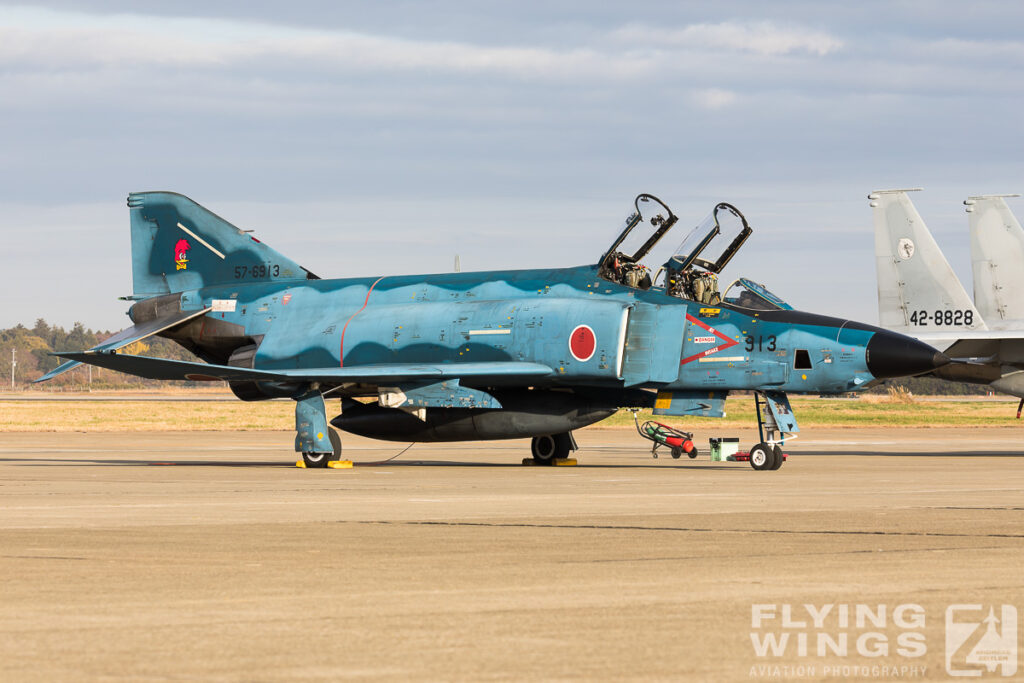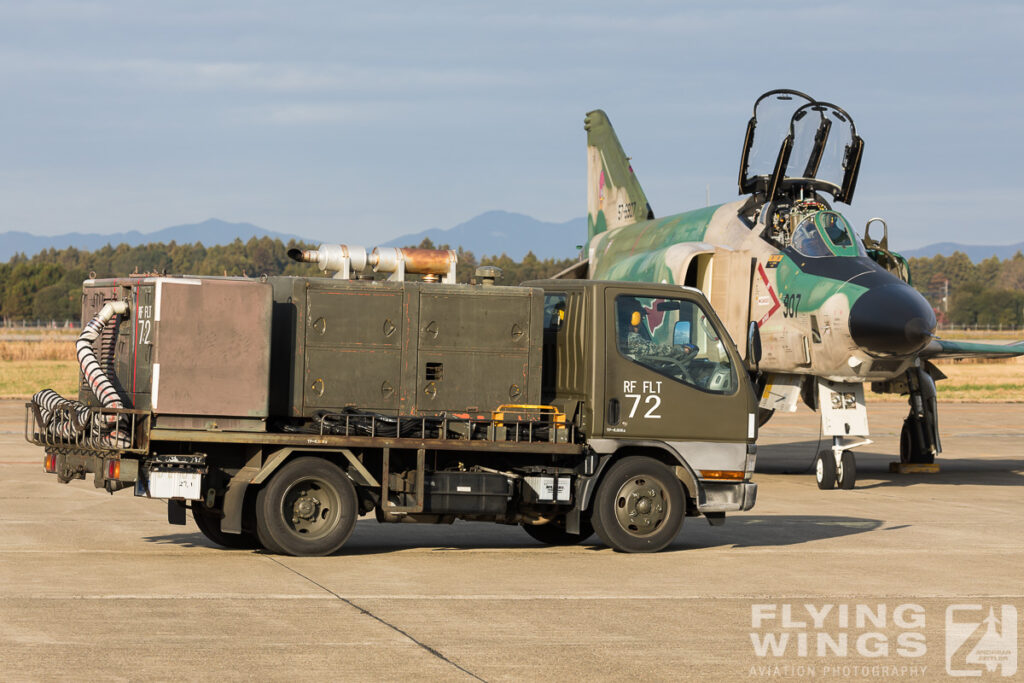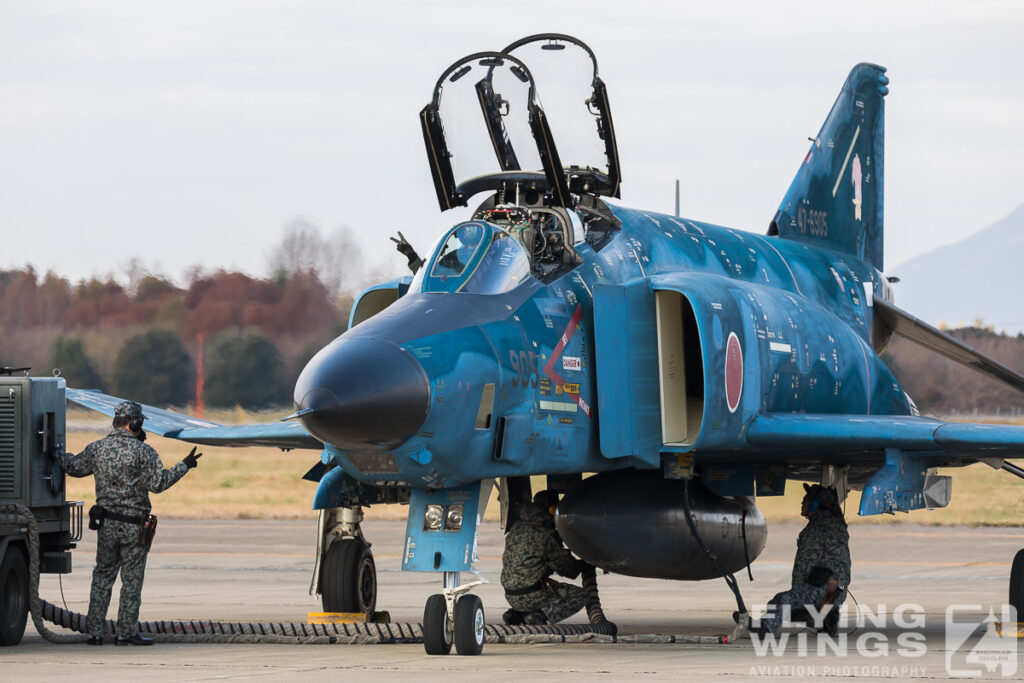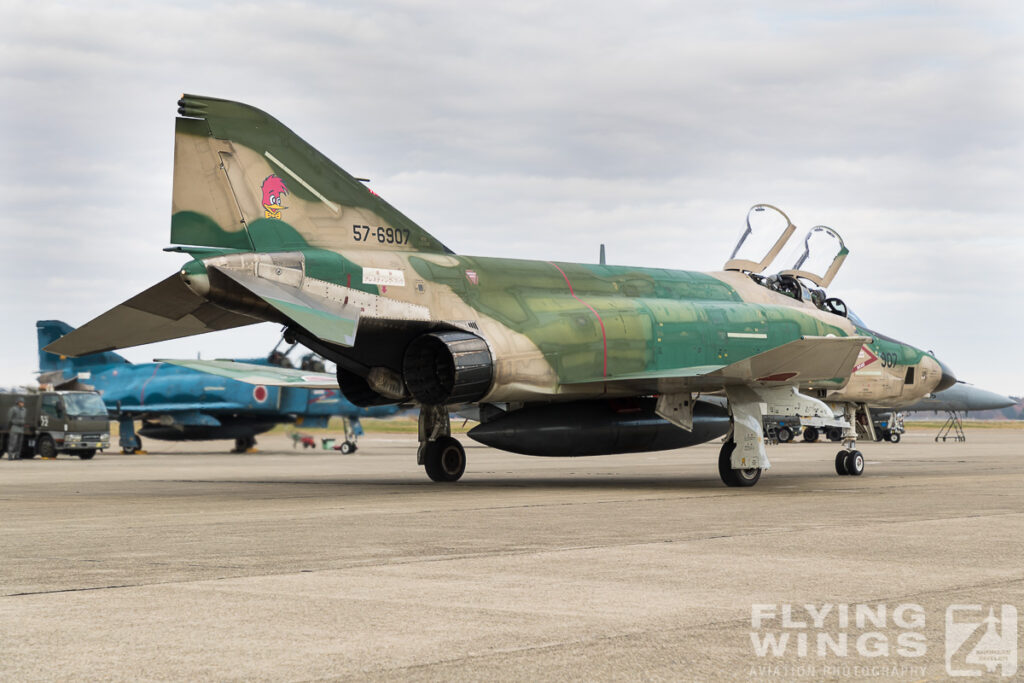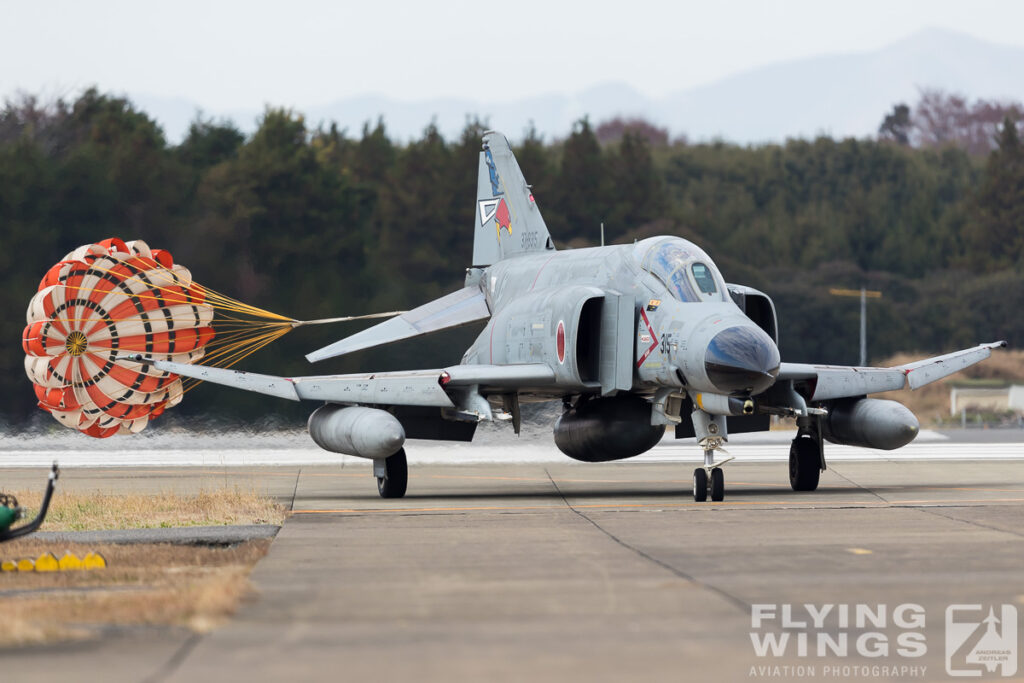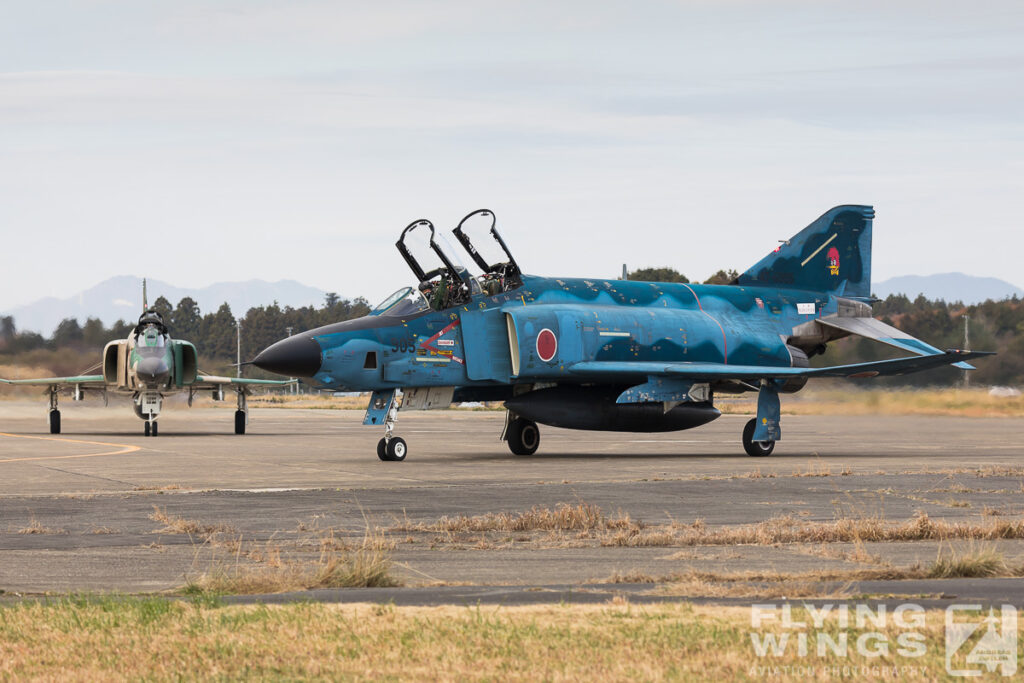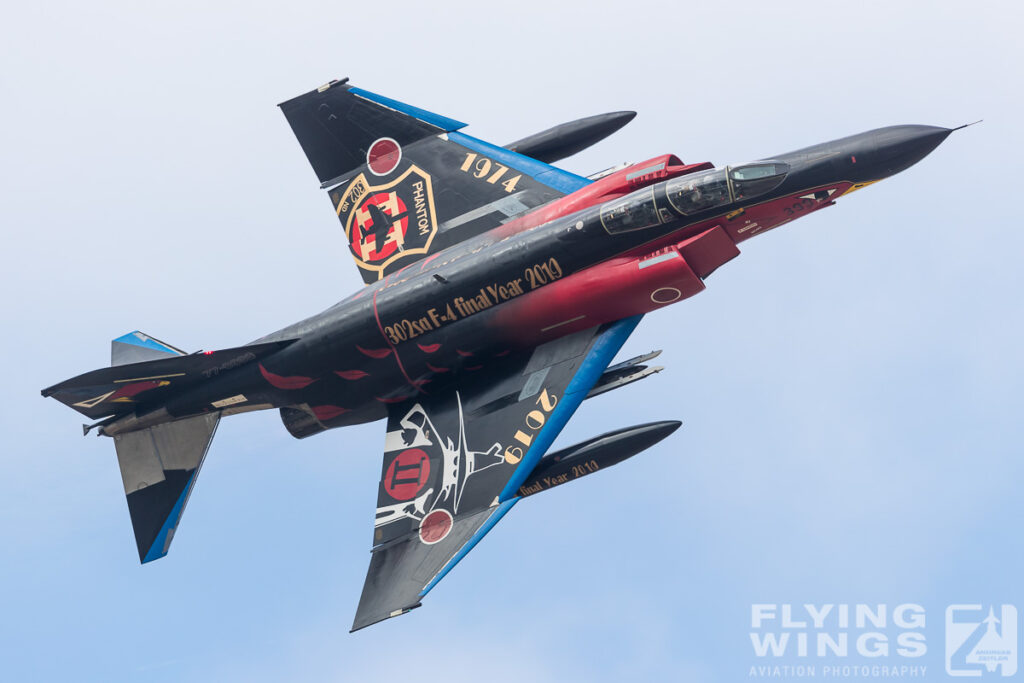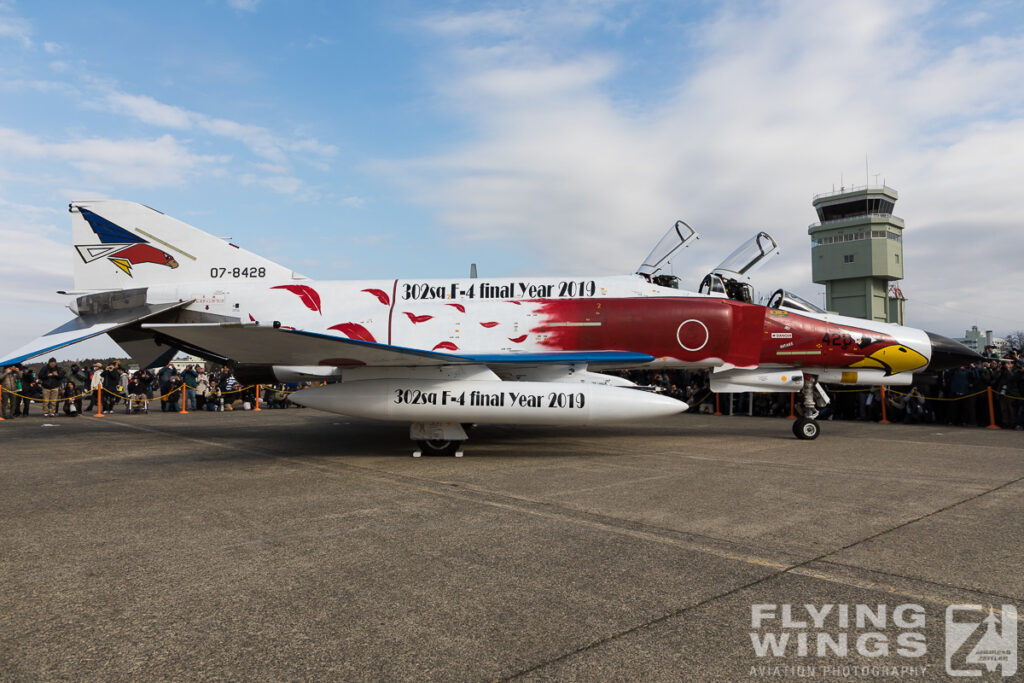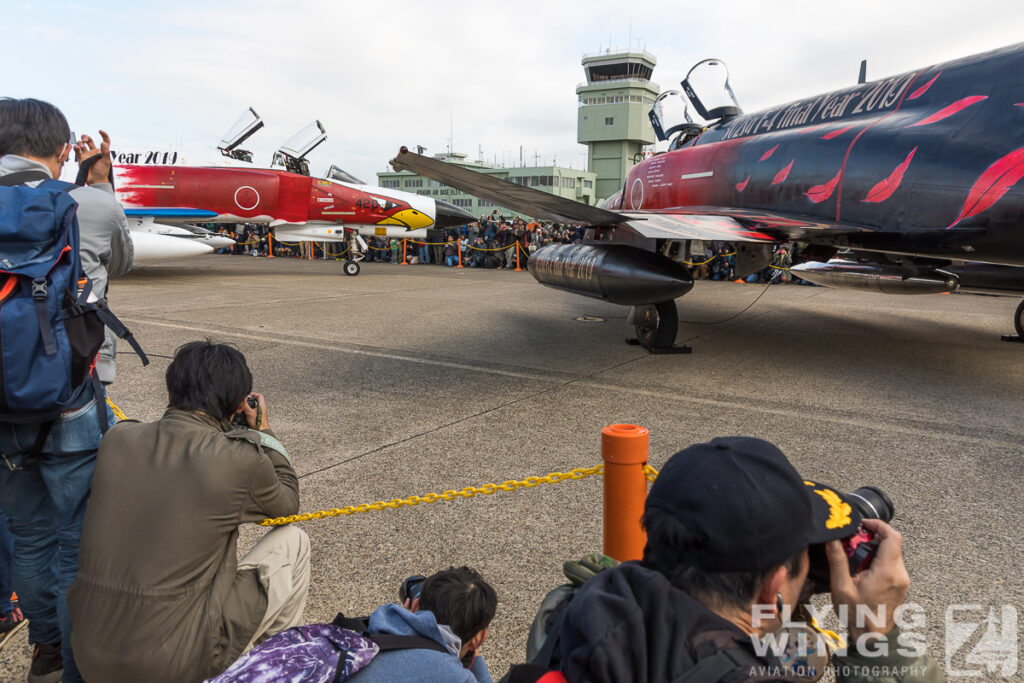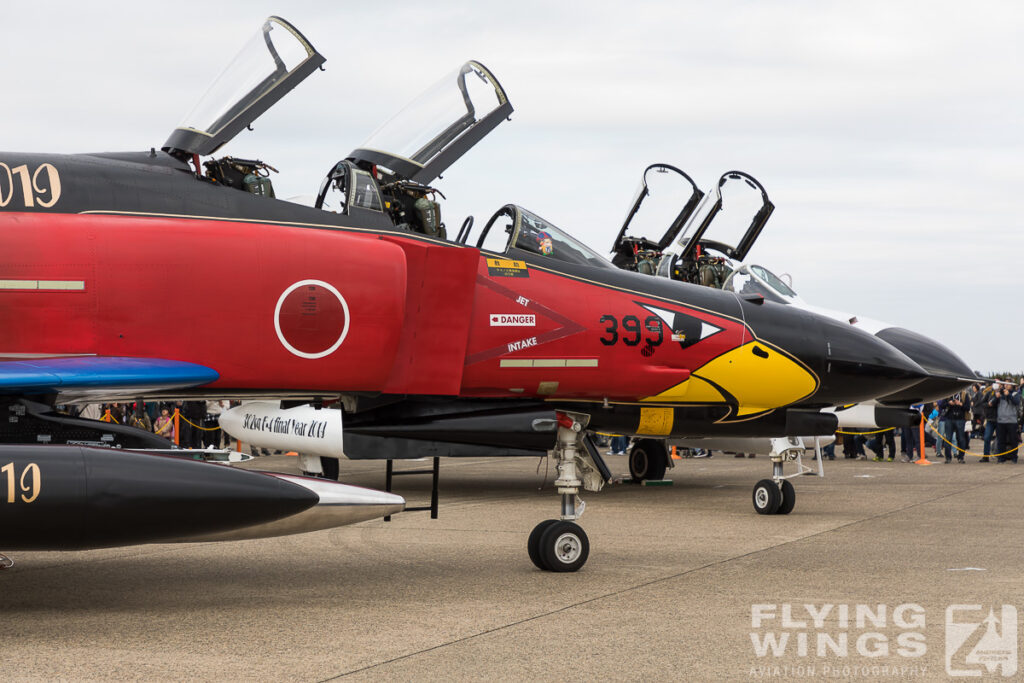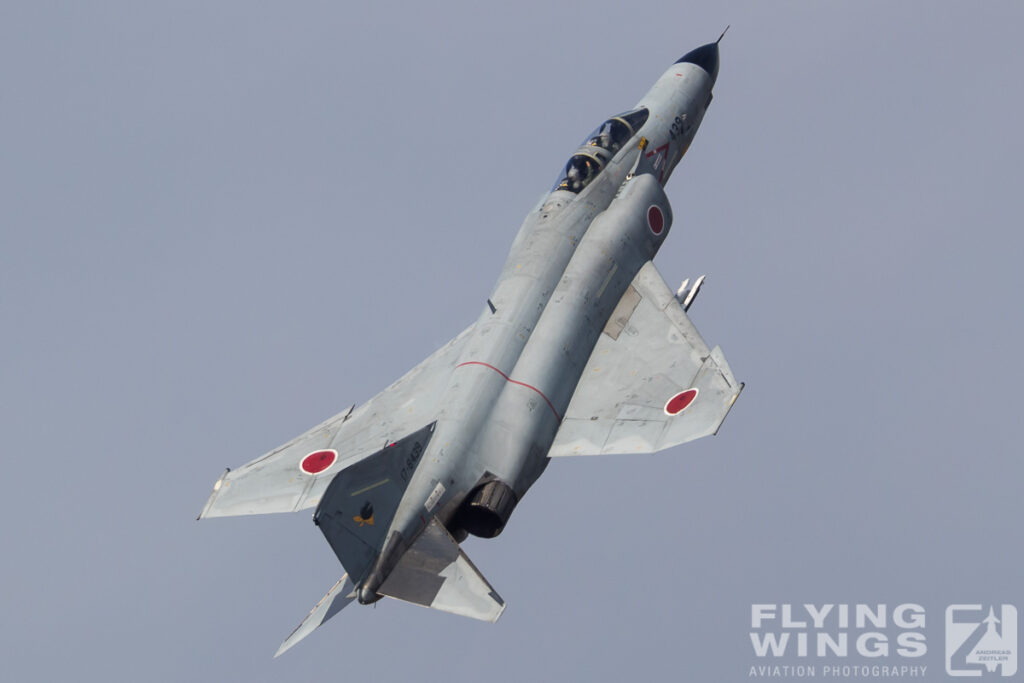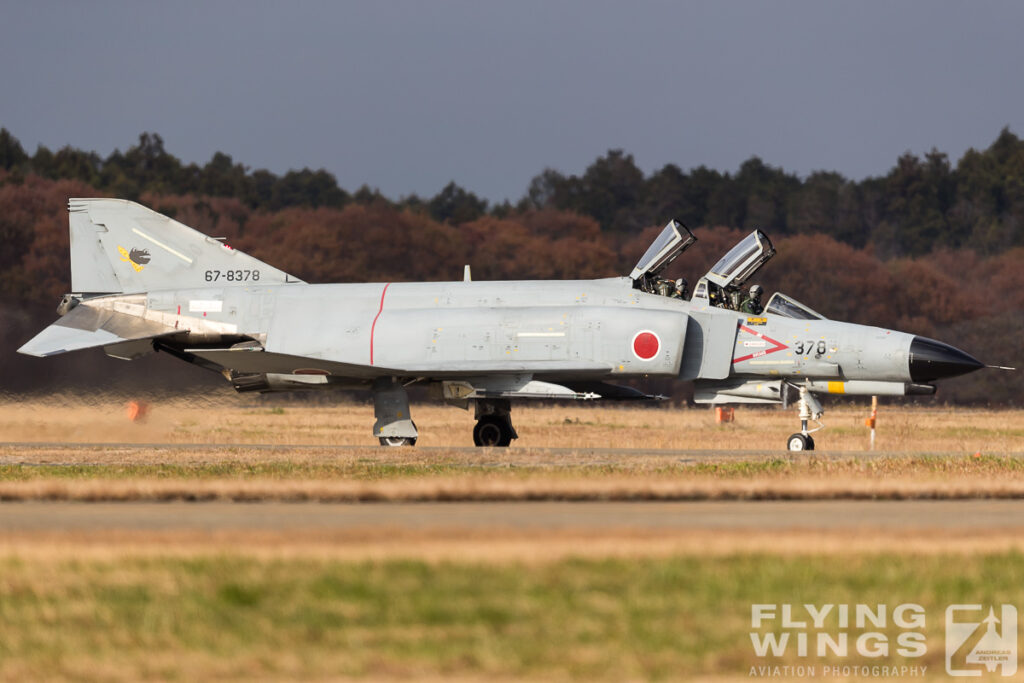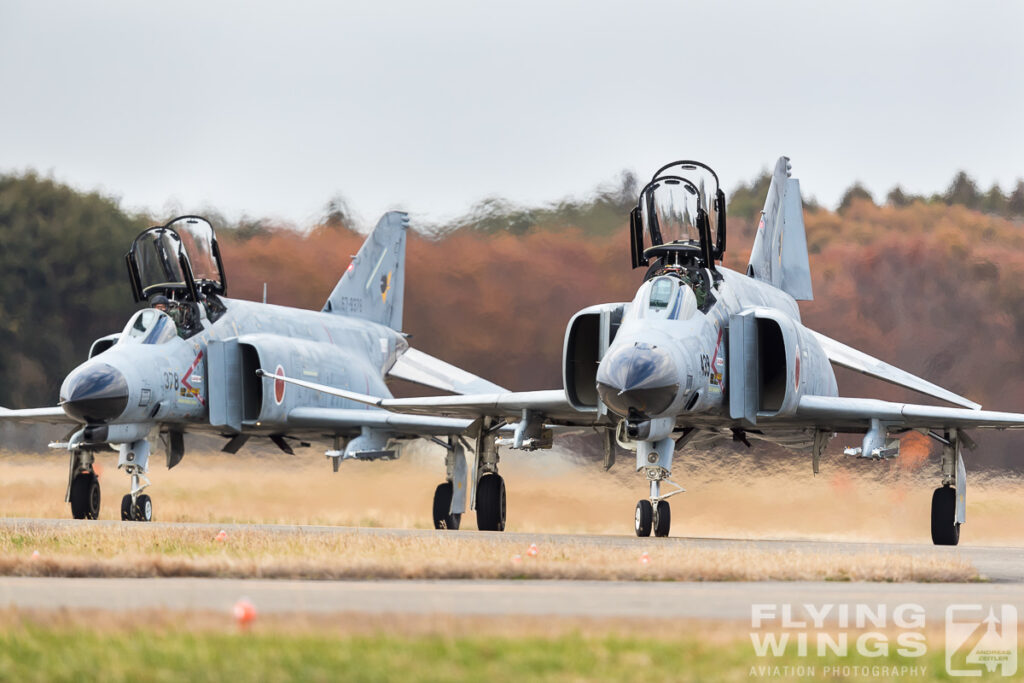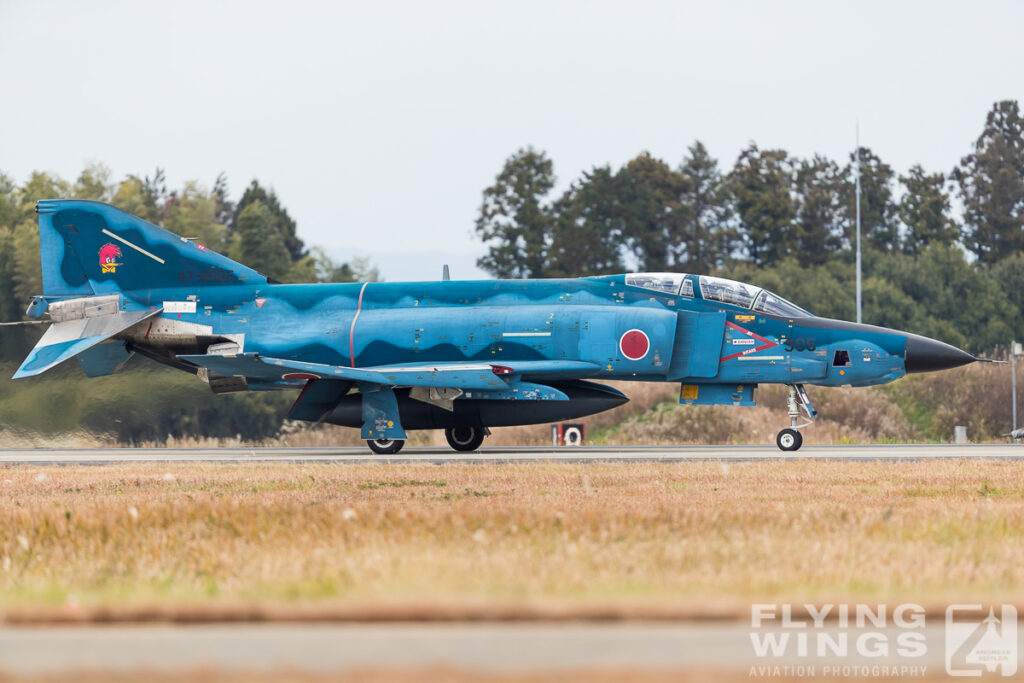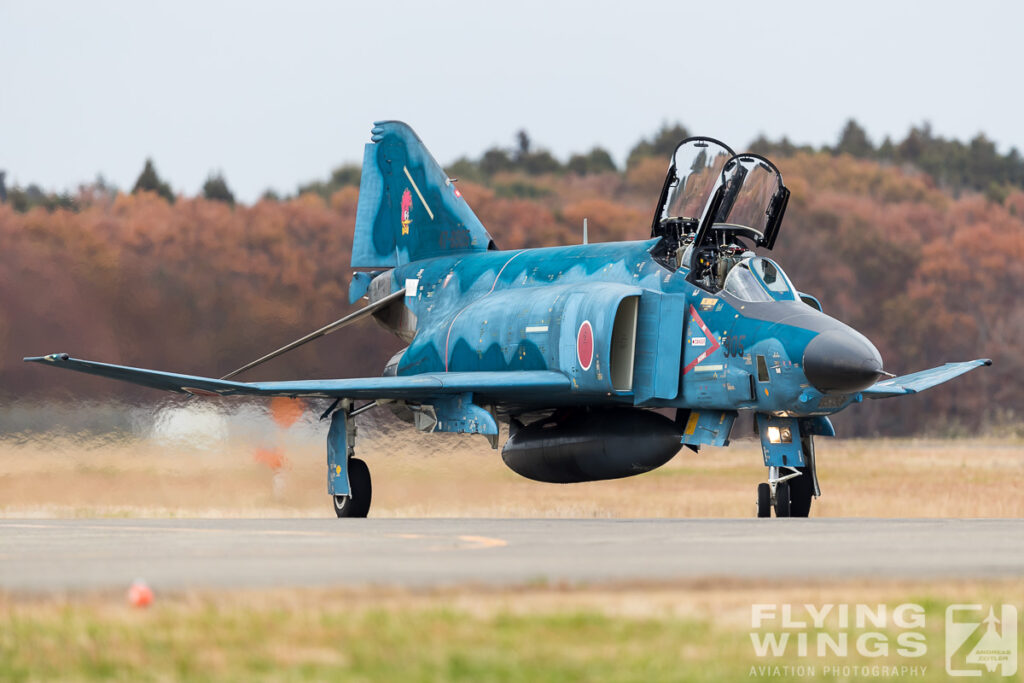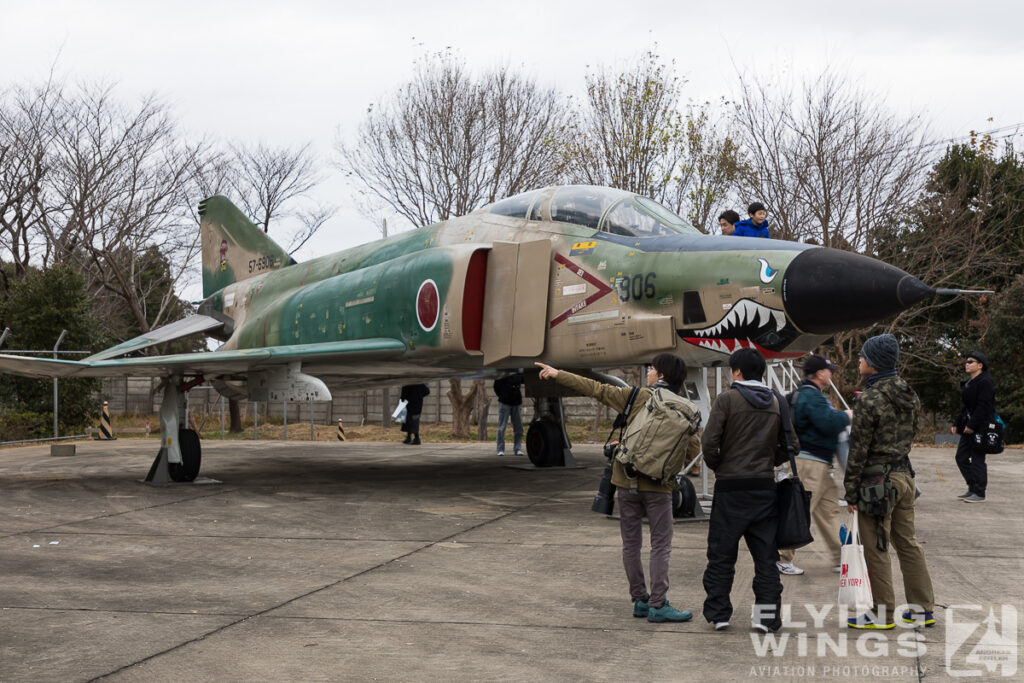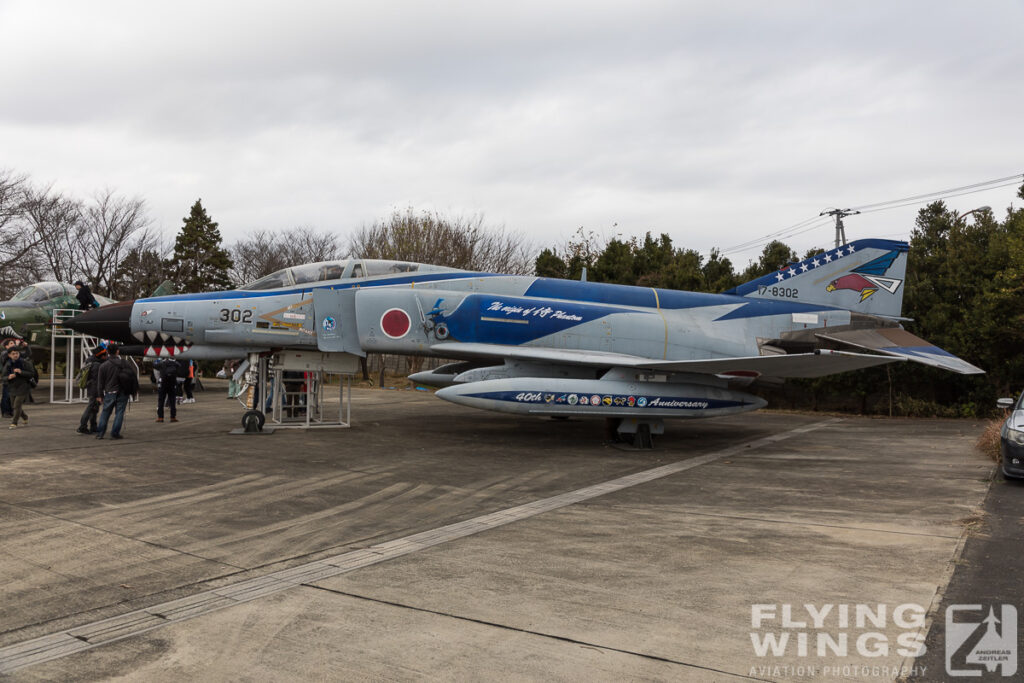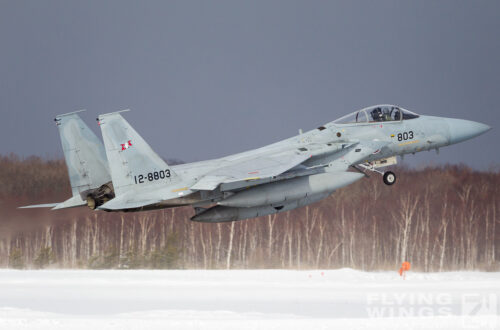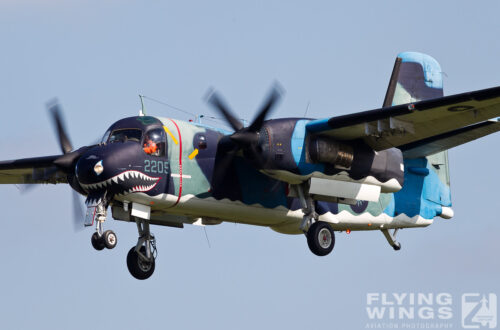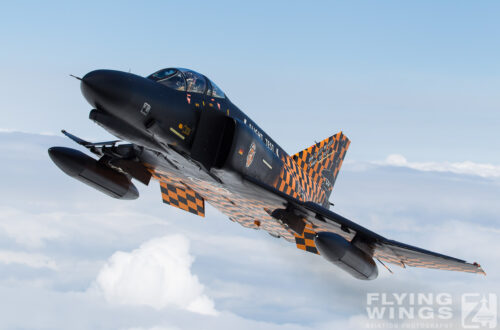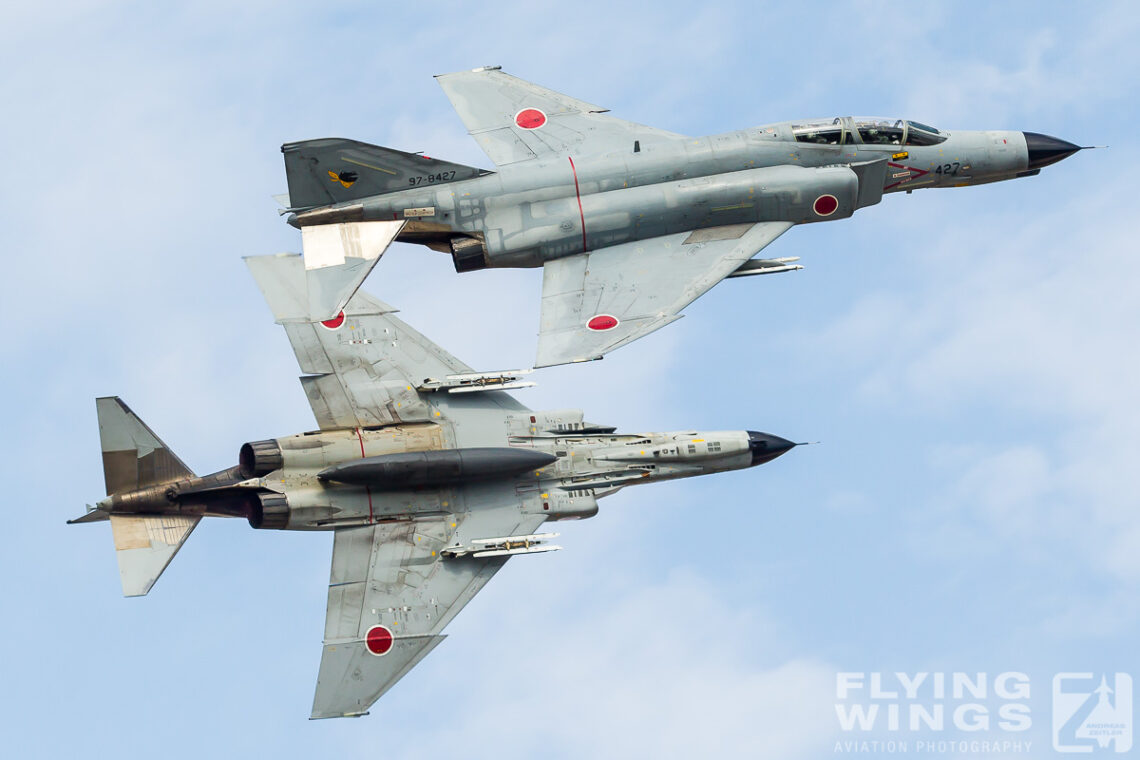
Sayonara Samurai Phantoms
The McDonnell Douglas F-4 Phantom II had a remarkable 50 year long lasting career in Japan. This is a personal review of Phantom encounters in the Land of the Rising Sun. It covers the final 16 years of JASDF F-4EJ operations and stretches from Chitose in Japan’s cold North down to the tropical Naha on Okinawa.
Where? all around Japan
When? 2005 – 2019/2021
17 March 2021 saw the final landing of Japanese Phantoms. First was last, as F-4EJ 17-8301, which was the first JASDF Phantom to take-off on 14 January 1971, also had the honor of the last landing. This ended a remarkable 50 year long career of this McDonnell Douglas-build fighter jet in the Land of the Rising Sun.
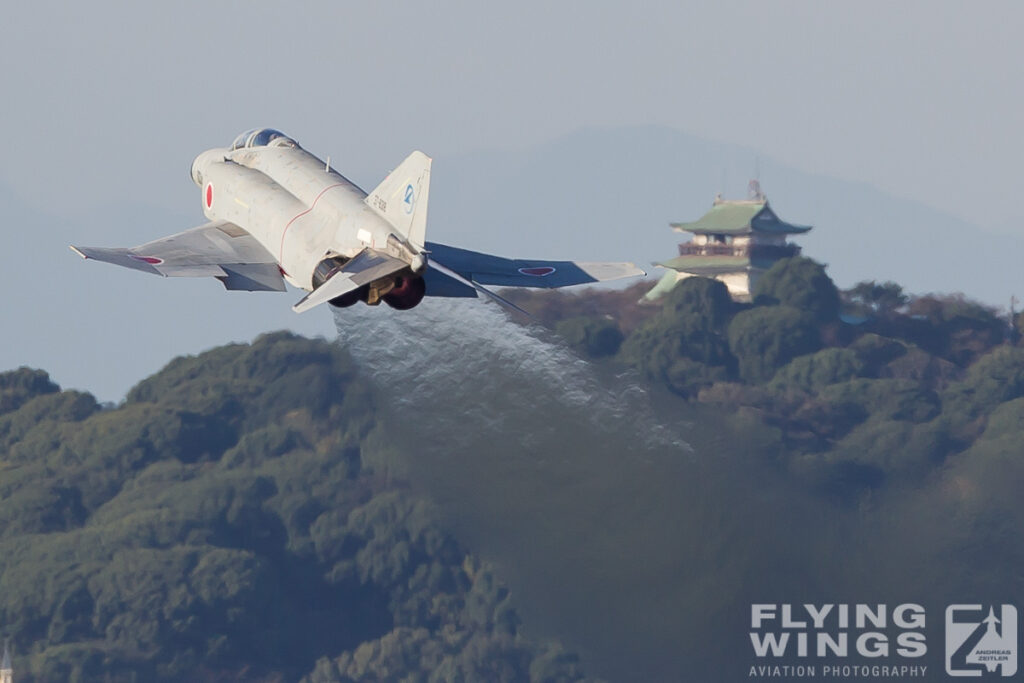
JASDF Phantoms – a brief summary
During high times in the 1980s nearly 150 F-4 Phantom IIs were in service with the Japanese Air Self Defence Forces (JASDF). Most of those jets were license-build in country by Mitsubishi in Komaki, who were also responsible for the upgrade program to bring the jets up to the ‚Kai’ standard in the late 1980s. This included an upgrade to a more advanced pulse Doppler radar, its avionics system and the integration of more weapons, in particular the ASM-1 and ASM-2 anti-ship missiles. By doing so the Phantom became more potent in the air-ground role and was able to overtake roles from the indigenous Mitsubishi F-1.
The force of the fighter jets was enlarged by RF-4E Phantoms that were able to fulfill the reconnaissance role. 14 of these were pure RF-4Es, easily recognizable by their camera-equipped nose. They were build by McDonnell Douglas in 1974/75 and delivered from St. Louis to Japan. Additionally 15 RF-4EJs, which were modified fighter jets and equipped with different pods under their centerline station, were added to the Recce fleet in the course of the ‚Kai‘ upgrade program in the mid-late 1980s.
At high times Phantoms equipped six (namely 301, 302, 303, 304, 305, 306) Fighter Squadrons from Chitose in the freezing North of Hokkaido down to Naha on the tropical island of Okinawa. Starting around 1983 the more modern F-15J Eagles started to replace the Phantom in the Air Defence Role, primary at those airbases that were most busy with intercepting foreign intruders into Japanese airspace.
During my first visit to Japan in 2005, already some of those Squadrons have either been disbanded or already converted to the F-15J Eagle. Also the following 16 years saw a lot of changes, when more Squadrons were disbanded, or moved around Japan.
Chitose
Japan‘s most Northern airbase became home of 302 Hikotai‘s Phantom in 1974. 302 was Japan‘s first Phantom Fighter Squadron, and from Chitose they regularly intercepted Russian Jets over the Japanese Sea. In 1985 the Squadron moved from Hokkaido more than 2000km South to Okinawa. The reigns of power at Chitose were handed over to the F-15s.

Only once I saw Phantoms at Chitose, when two 501 Hikotai Recce Phantoms from Hyakuri showed up. Regularly these jets were based in the North to fly mission over the Japanese Sea, most likely to gather intelligence of ship movements around the Japanese Sea between Japan and Russia.
Misawa
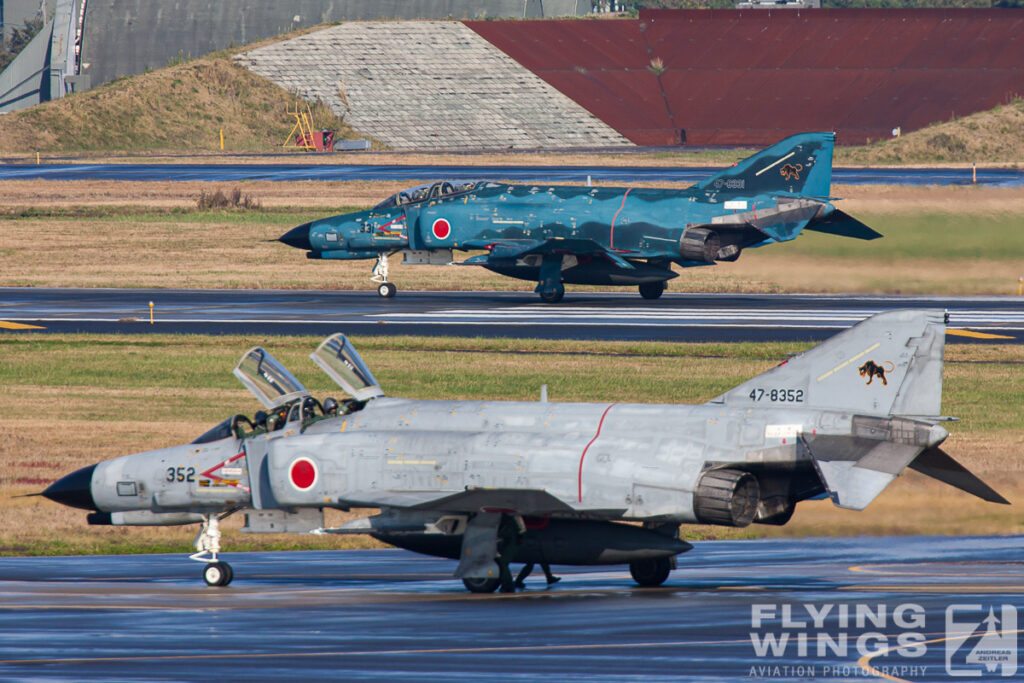
2005 has been the the only time I was able to see the Phantoms of 8 Hikotai in Misawa wearing the beautiful ‚blue Ocean‘ camouflage. Some of the Squadron’s jets received this scheme due to their role of performing air-sea warfare in Japan’s North. 8 Hikotai does not fit in the original 30X Hikotai naming scheme of Phantom Squadrons. It was originally a designated air-ground Squadron, operating the Mitsubishi F-1. After their retirement on 1997, the Squadron received the remaining Phantom’s of 306 Hikotai, that moved on to the Eagle. By then, and following the ‚Kai‘ upgrade program, those Phantoms were able to deploy the ASM-1 and ASM-2 and could be used for maritime warfare.
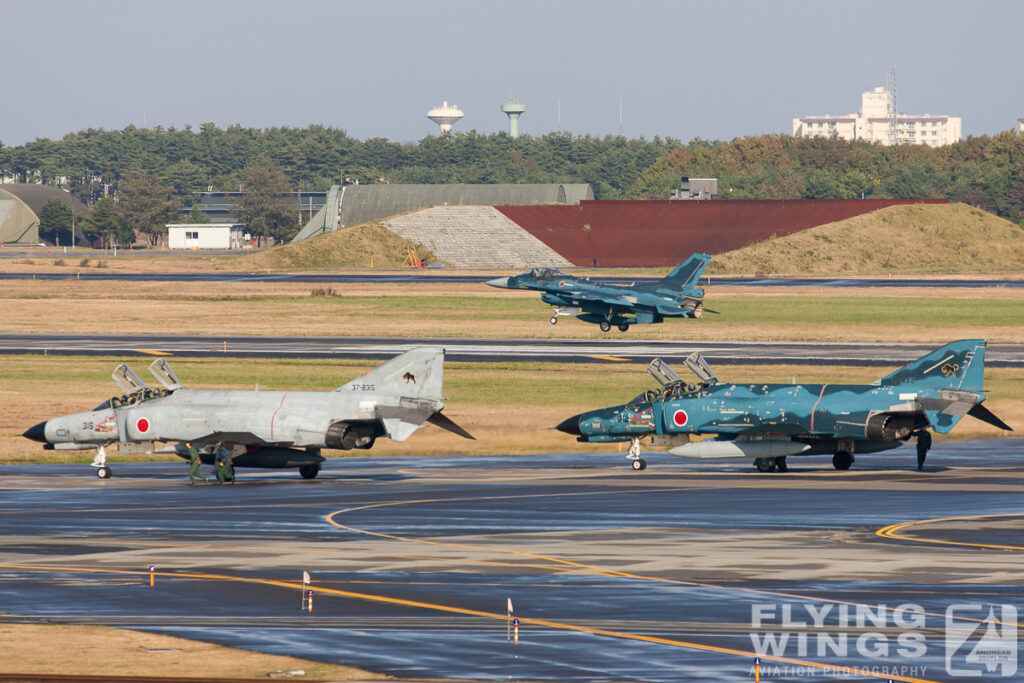
In 2009, 8 Hikotai‘s last Phantoms were gone, and the Squadron continued to fly the Mitsubishi F-2, which at least inherited the striking blue camouflage scheme.
Hyakuri
Hyakuri, Japan‘s F-4 Mecca towards the end of the Phantom-era. From 1974 until March 2020 it was continuously home to the Recce Phantoms of 501 Hikotai. The Squadron operated RF-4Es with their distinctive camera-equipped ‚recce nose‘, and from the early 1990s on also those special RF-4EJs, which were originally fighters, but were converted to the Recce role. As they retained their radar nose, recconnaissance equipment had to be installed in sensor pods under the fuselage at the centerline station. Both Recce types had the famous ‚Woody Woodpecker‘ as the Squadrons emblem on the tail fin in common, as well as they were painted in slightly differing green/brown camouflage schemes. In their final years some of the RF-4Es even still received a blue camouflage.
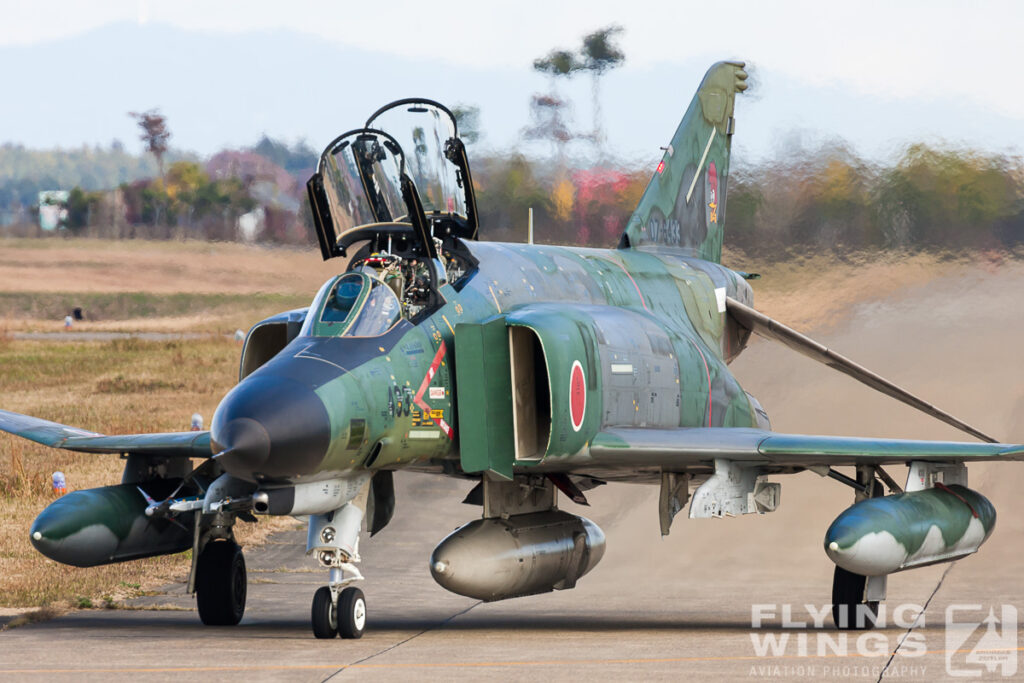
Additionally to 501, 301 and 302 Hikotai were based at Hyakuri towards the end of the Phantom-era. Both Squadrons finished flying the Phantom at Hyakuri. 302 in March 2019, and 301 as the last frontline Phantom Squadron in December 2020. Both Hikotais moved to Misawa afterwards, and were the first to switch to the F-35.
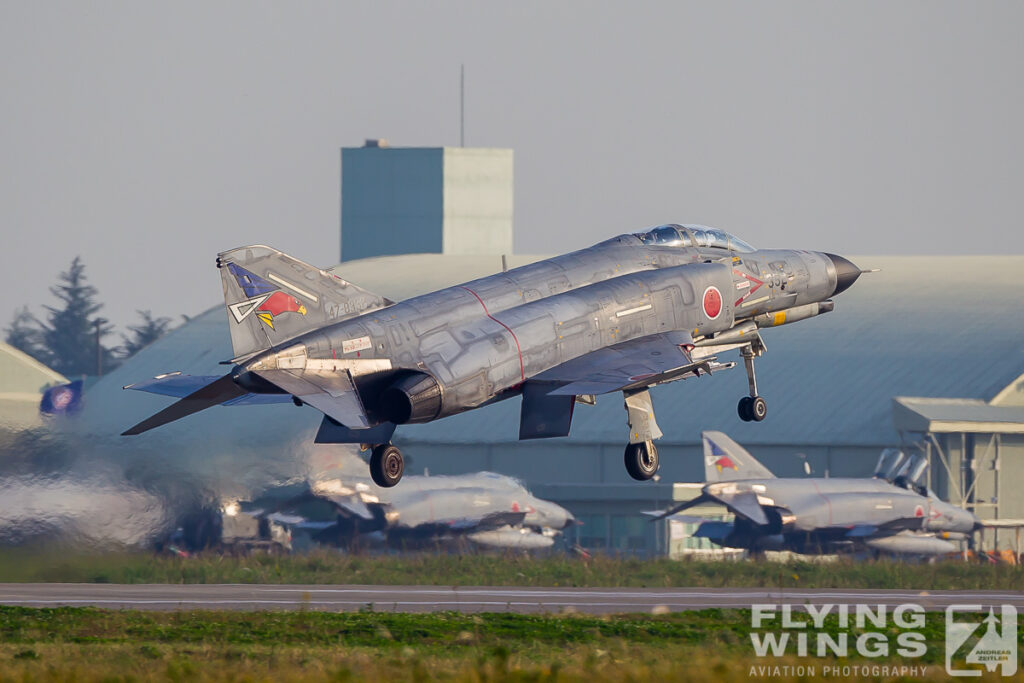
Obviously an airshow at Hyakuri with three Phantom Squadrons present was an event worth to visit. And the number of enthusiasts and Phantom Phans or Phreaks that literally invaded the place was evenly impressive to watch.
Komatsu
Komatsu lost its last Phantoms already in May 1997, when 306 Hikotai converted from the F-4EJ to the F-15J Eagle.As Komatsu is the only JASDF on the Western coast towards the Sea of Japan, this facing all of the potential enemies, 303 Hikotai, which also called Komatsu its home, was the first to be equipped with the F-15 in 1987.
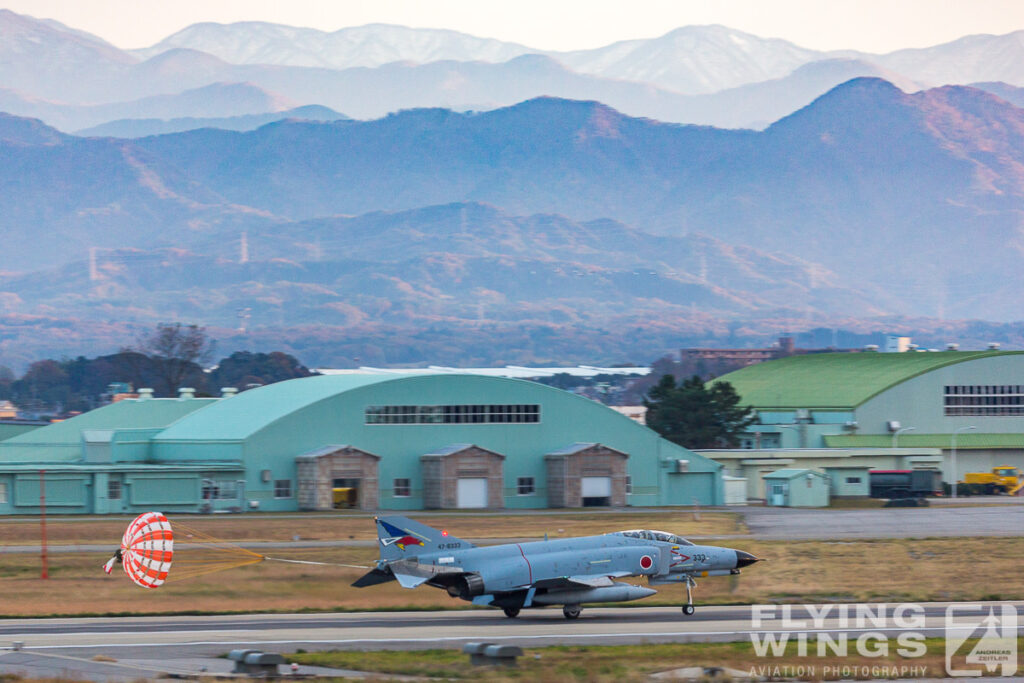
After that, Phantoms only visited Komatsu sporadically to make use of the training area that is located just East of the Air Base over the Sea. This was also the case in autumn 2014, when 302 and 501 Hikotai deployed to Komatsu. It was a cool sight to see Phantoms lined up on the ramp at Komatsu, the see them taking off with the snow-covered slopes of the Japanese Alps in the background, and even have them flying on an otherwise quiet Sunday.
Gifu
Gifu is the home of the Air Development and Test Wing (ADTW). With its task to evaluate new equipment for the JASDF‘s fighters, it regularly also had a certain number of Phantoms on strength. Around six to eight jets could be seen during Gifu‘s annual airshow. Even until 2021 the ADTW operated also some of the jets that did not go through the ‚Kai‘-upgrade program in the late 1980s. And, even more important for the Phantom‘s history in Japan, the ADTW also had the honor to perform Japan‘s very last Phantom flight.
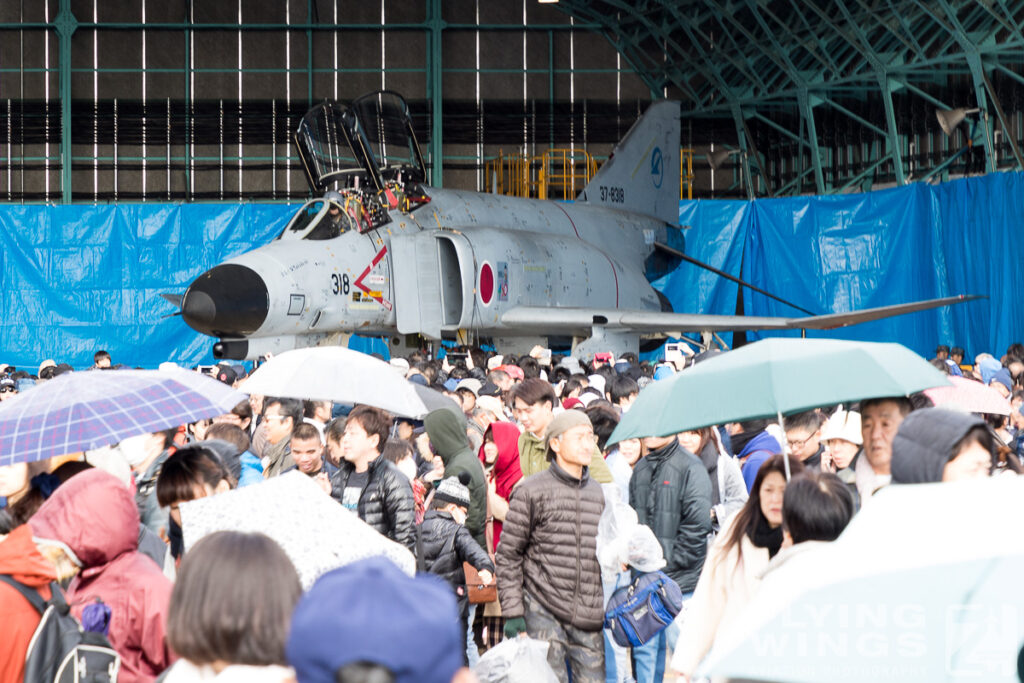
Japan’s very first Phantom, 17-8301, was also Japan‘s last Phantom to fly. 14 January 1971 was its first flight, 17 March 2021 its final landing – ending an impressive 50 years long flying career. For the 60th anniversary of the JASDF in 2014 this jet received a retro scheme in the early gull gray scheme. The painting was retained for the following years and just slightly modified with an enlarged ADTW emblem on the tail towards the „phinal end“. Additionally to received „Thank you 1971-2021“ under the fuselage and stickers on both sides of the intakes for its last flight. Those stickers showed amongst others „GOOD BYE PHANTOM !! Air Development and Test Wing“ as well as „THE FINAL ROAR PHANTOM II“.
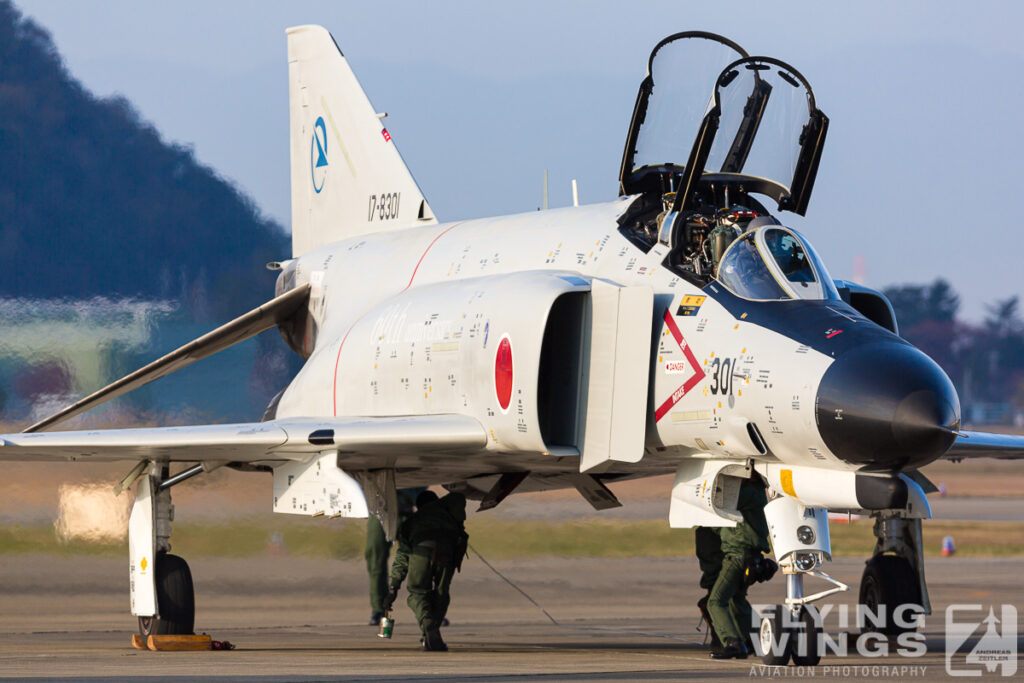
With the global pandemic, this final chapter was unreachable for foreign enthusiasts, but thankfully well covered by Japanese aviation photographers who enthusiastically shared their photographs all over on social media and different websites.
Nyutabaru
Nyutabaru has been the home of 301 Hikotai, the „Phantom Mother Squadron“ for a long time. As the first JASDF Phantom Squadron it was founded at Hyakuri in 1972. 301 was responsible to train the new Phantom pilots before they moved to the frontline squadrons. In 1985 the „Frogs“ moved to Nyutabaru, where favorable weather conditions in the South of Kyushu island provided ideal flying conditions.
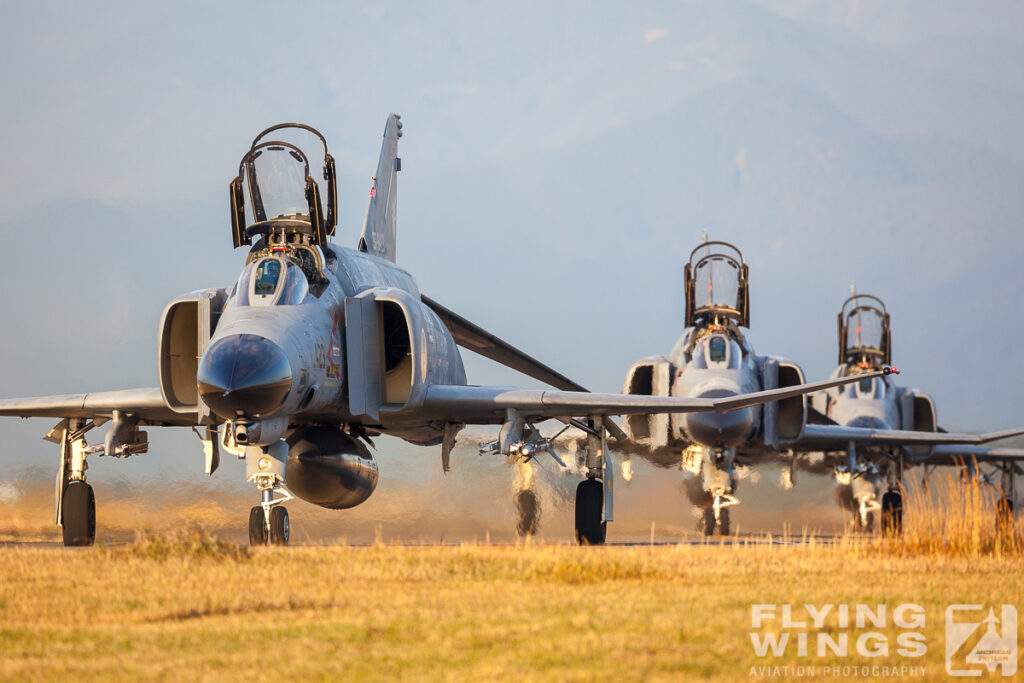
In those days Nyutabaru was a blast, and even more soon around the annual airshow in December: plenty of flying activity of three different Squadrons, each one of them operating a twin-engined McDonnell Douglas fighter: 301 Hikotai the Phantom, and two Squadrons of F-15J Eagles, amongst them the famous Aggressors with their colorful and regularly changing camouflage schemes.
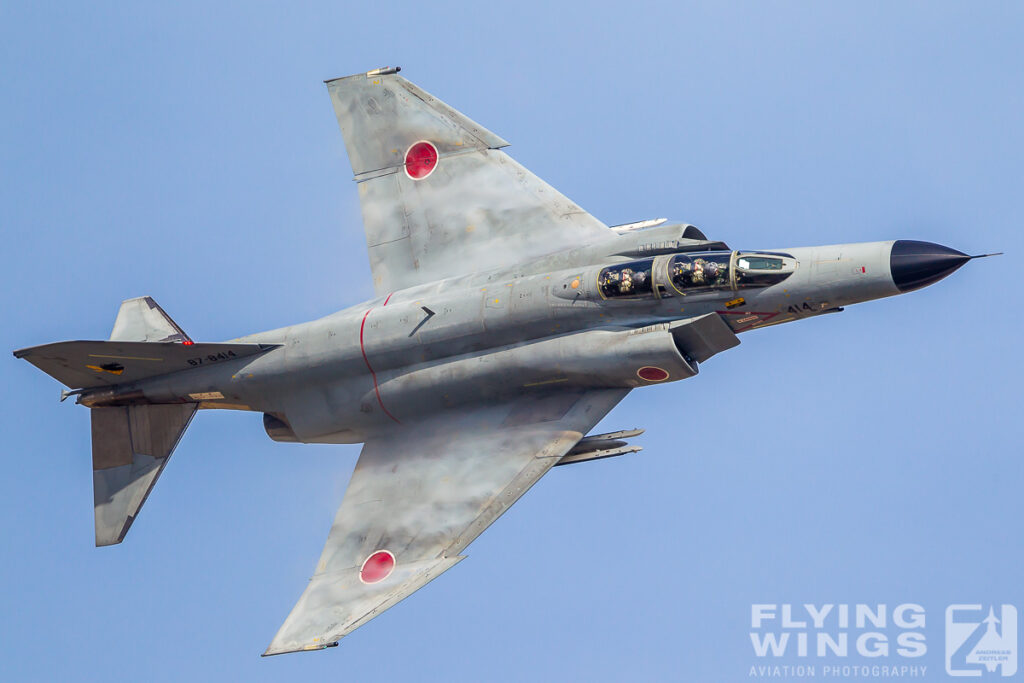
Towards the end of 301‘s Phantoms age, the Squadron moved back to Hyakuri in 2016. Around this time, the JASDF obviously decided to co-locate Squadrons flying the same type of aircraft at dedicated airfields, therefore clearly reducing overhead for common operations and expecially maintenance. Hyakuri had been the designated base for Phantoms, and as it could easily be reached from Tokyo and its international airports, it soon became a ‚Phantom Mecca’ for Phantom Phans from all over the world.
Naha
The Phantoms from 302 Hikotai moved to Naha in 1985. After patrolling the sky in the cold North, the Squadron was from then on responsible to identify intruders into Japanese airspace in a much more warmer climate. Their job stayed the same, but the air-air contacts changed from Russian to Chinese aircraft.
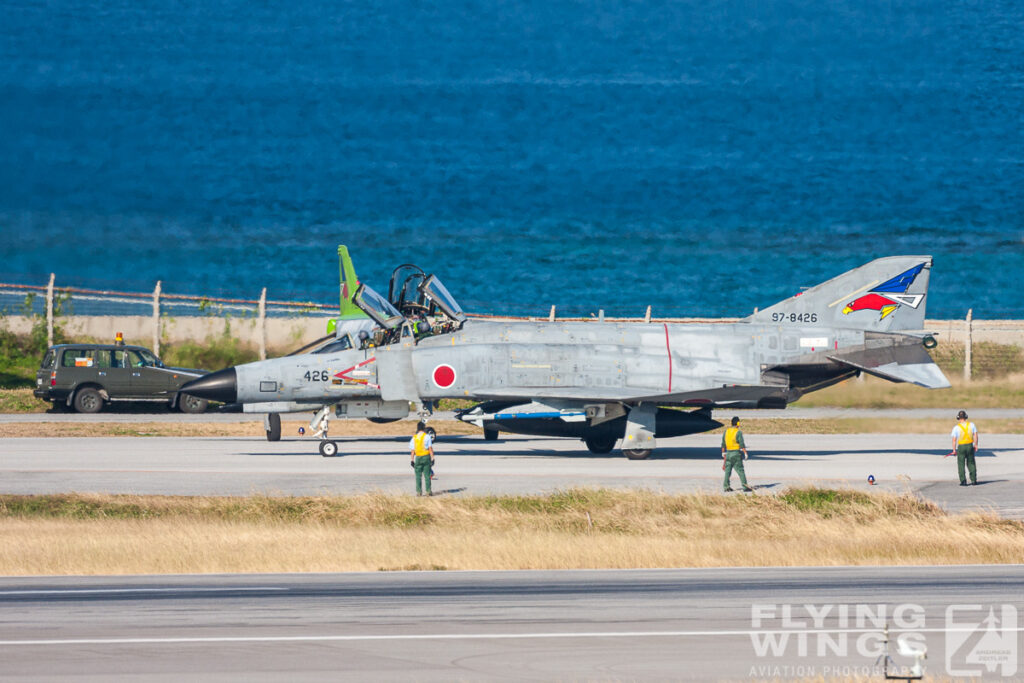
302 Hikotai had the most colorful and largest tail art of all of the Phantom Squadrons. The White Tail Eagle represented the Squadrons number, with the blue wings (3), the white tail (0) and the yellow claws (2).
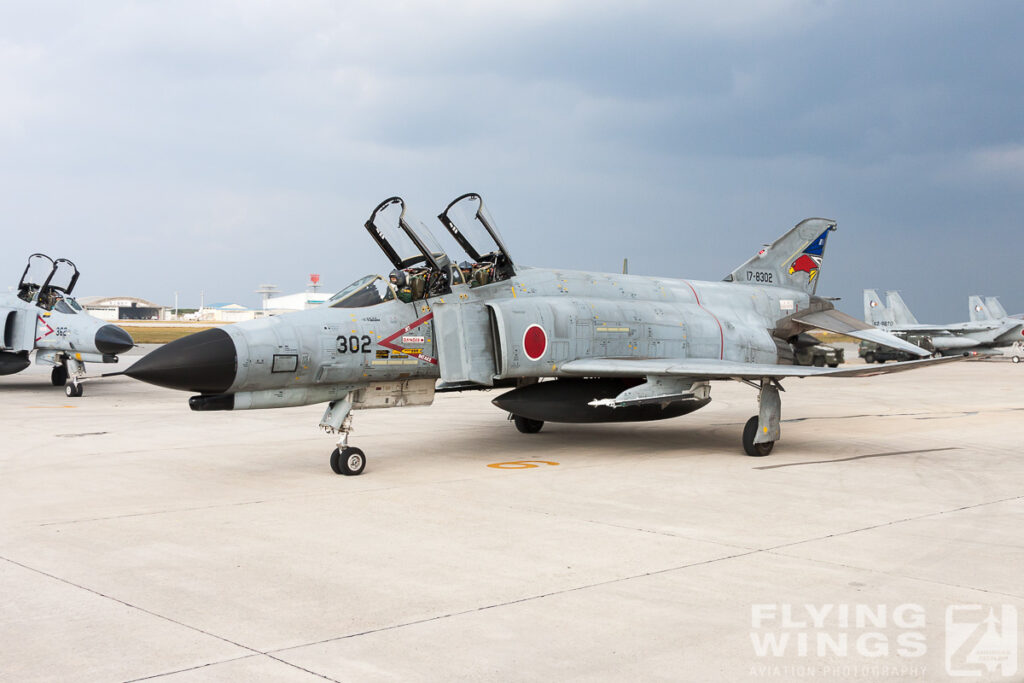
Being located very far from the Japan’s main island Honshu, those nice Naha Phantoms were somehow difficult to catch, and high on the bucket list. By 2008 it was time for them to say „Good Bye Okinawa“ and to celebrate this with a striking special scheme, wearing a dazzling green color, and a surfing Spook on the intake. For a first and a last time I was able to see the Phantoms operating in front of the turquoise waters of the Pacific Ocean. In March 2009, 302 Hikotai moved to Hyakuri. As the opponents became more advanced, the more modern F-15s also overtook the air policing missions around Naha.
Even more JASDF Phantom photography
Finally, an excellent and in-depth read about Japanese Phantoms can be found here: www.key.aero/article/japanese-phantoms-approaching-sunset


